After receiving her BFA from the School of Visual Arts, New York in 2017 and her MFA from Mason Gross School of the Arts at Rutgers University, New Jersey in 2019, Hiroka Yamashita (born in 1991 in Hyogo, Japan) is currently based in Okayama, Japan. Having set up her studio in a former pharmacy, Yamashita creates paintings by combining scenes from daily life and visions in an animistic way, focusing on the spiritual dimension of the natural world. Many of her compositions seem gently surreal, such as the ascending Field (Tōge) (2022) in which embracing human figures soar above a forest, against a torched sky. The artist nurtures scenes by spontaneously applying colours on canvas, allowing human figures and natural forms to emerge over time; in the process, she may cover or transform one thing into another, leaving the initial forms and brushstrokes visible. Via this gesture of intuitive accumulation that lays bare incompatible, abrupt developments, Yamashita’s compositions grow into ambiguously structured, morphing entities.
Yamashita contends that, as dreamy and improbable as the paintings may appear, they are realistic and faithful to what she sees. From the flat and fast Snow on Fingers (2022), to the absorbing, whirling Field (Body) (2022), they are truthful in terms of both colour and form. She also speaks of this truthfulness in relation to her interest in physics and the idea of a field, deeming it meaningful to de-associate truthfulness from what meets the eye.
Although human figures — inexpressive as a number of Pierre Bonnard’s characters are — appear frequently in Yamashita’s paintings, she is deeply interested in developing a high degree of abstraction, wedding the representational with the utterly abstract. Recent paintings such as Field (Blue and Green) (2022) and Field (Surface II) (2022) are exemplary in this respect: they are both depictions of expansive landscapes, independent from human presence or narratives. It is also the case with the mysterious Force (Two Tips) (2022) and the no less enigmatic Hole (2022); Yamashita cheerfully refuses to identify what is exactly portrayed in the two paintings, leaving the right to interpretation to the viewer.
On the other hand, as an artist who has received rigorous training in Japanese calligraphy, Yamashita actively examines the significance of traditional Japanese art and literature. She refers time and again to Matsuo Bashō’s (1644-1694) haiku (particularly his masterpiece Oku no Hosomichi, or The Narrow Road to the Deep North), and Azuchi–Momoyama period painter Hasegawa Tōhaku’s (1539-1610) traditional paintings. Yamashita’s disproportionately wide painting Field (Persimmon Tree Sprout) (2022) is a recent attempt at making scrolls, and at incorporating motifs favoured by masters of traditional Japanese art. In the centre of the sparse composition is a persimmon tree — based on the distinctly regional plant Yamashita grows in her own garden — acting as either a screen or a ward, separating a human figure from a collective that seems ambiguously intimidating. Grafting concerns for humankind’s fate onto extraordinary visions, Yamashita presents pictures that are at once soothing and ominous.
Hiroka Yamashita (born in 1991 in Hyogo, Japan) lives and works in Okayama. She received her BFA from the School of Visual Arts, New York in 2017 and her MFA from Mason Gross School of the Arts at Rutgers University, New Jersey in 2019. Recent solo exhibitions include: “幽光 The Lights from the Deep Mountains”, Kiang Malingue, New York (2025);“Earthing”, Caprii, Sies + Höke, Düsseldorf (2024); “こをろこをろ koworo-koworo”, BLUM Gallery, Los Angeles (2024); ’GEN玄’, Taka Ishii Gallery, Tokyo (2023); ‘Fūdo’, Tanya Leighton, Berlin (2022); ‘project N 84’, Tokyo Opera City Art Gallery (2021); ‘Cosmos Remembered’, The Club, Tokyo (2021); and ‘Evanescent Horizon’ (with Naoya Inose), FOMO Art, Taipei (2021). Her work has been included in group exhibitions at Taka Ishii Gallery, Kyobashi (2024); BLUM, Los Angeles (2024); Blum & Poe, Tokyo (2023); WHAT Warehouse of Art, Tokyo (2022); Matthew Brown Gallery (curated by Sedrick Chisom), Los Angeles (2022); Pippy Houldsworth Gallery, London (2021); and Taka Ishii Gallery, Tokyo (2020), among others. Her work is included in the public collection of the Los Angeles County Museum of Art, Los Angeles, CA, US.
Hiroka Yamashita Okayama, Japan, B. Hyogo, Japan, 1991
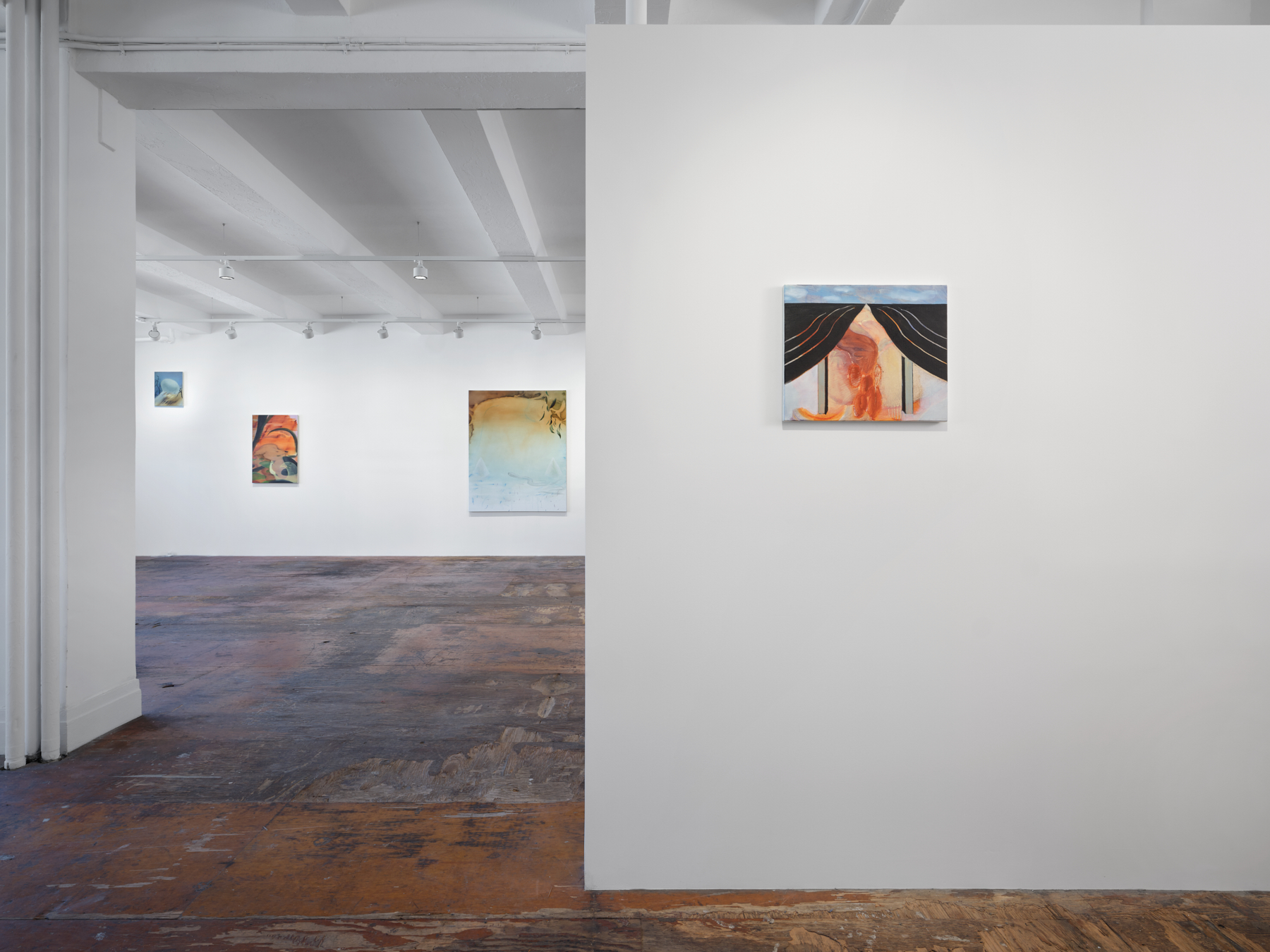
Oil on linen
15 x 18 in
38 x 45.5 cm
Installation view, Hiroka Yamashita “幽光 The Lights from the Deep Mountains”, Kiang Malingue, New York, 2025.
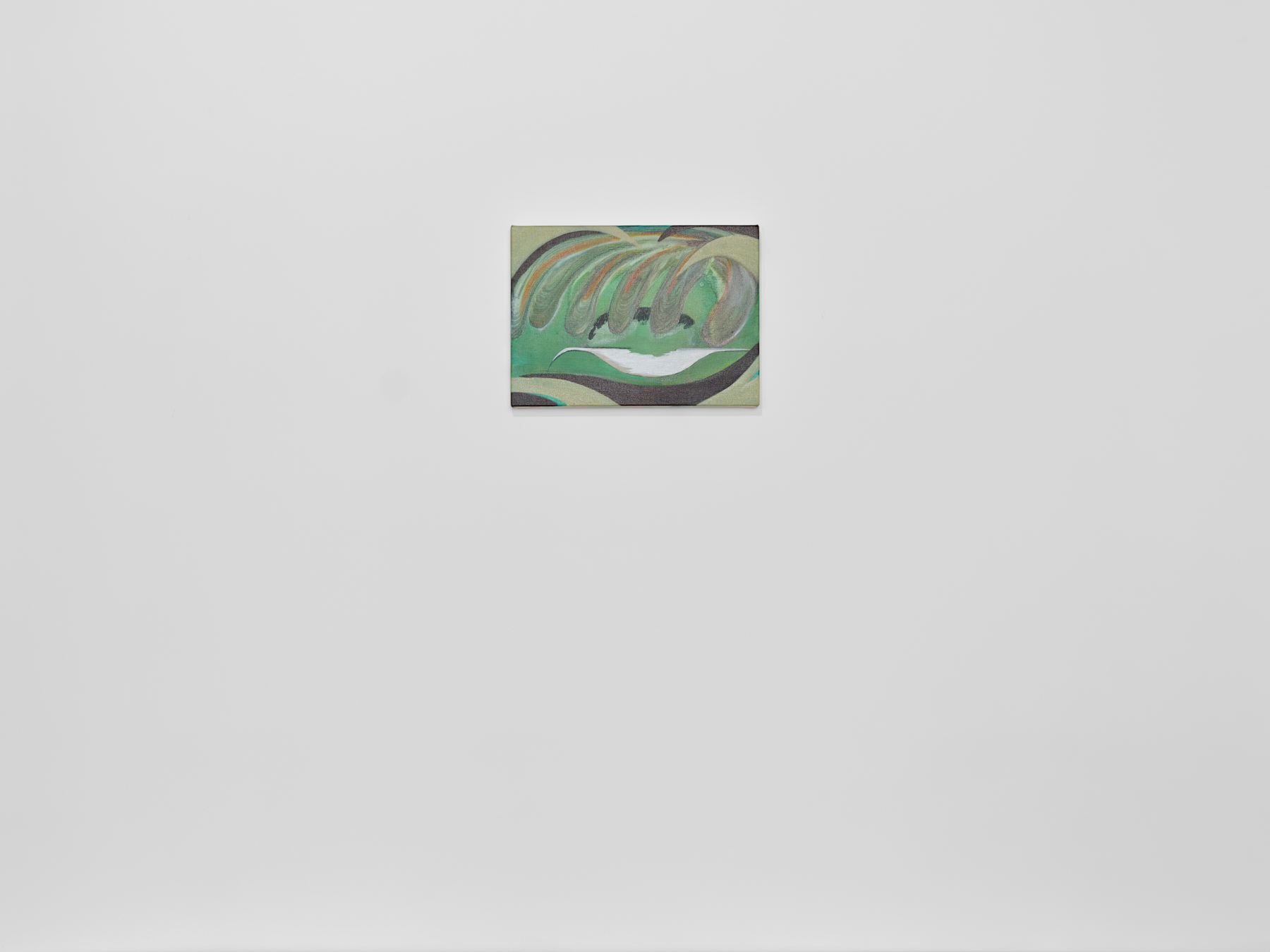
Oil on linen
9 1/2 x 13 1/8 in
24 x 33.5 cm
Installation view, Hiroka Yamashita “幽光 The Lights from the Deep Mountains”, Kiang Malingue, New York, 2025.
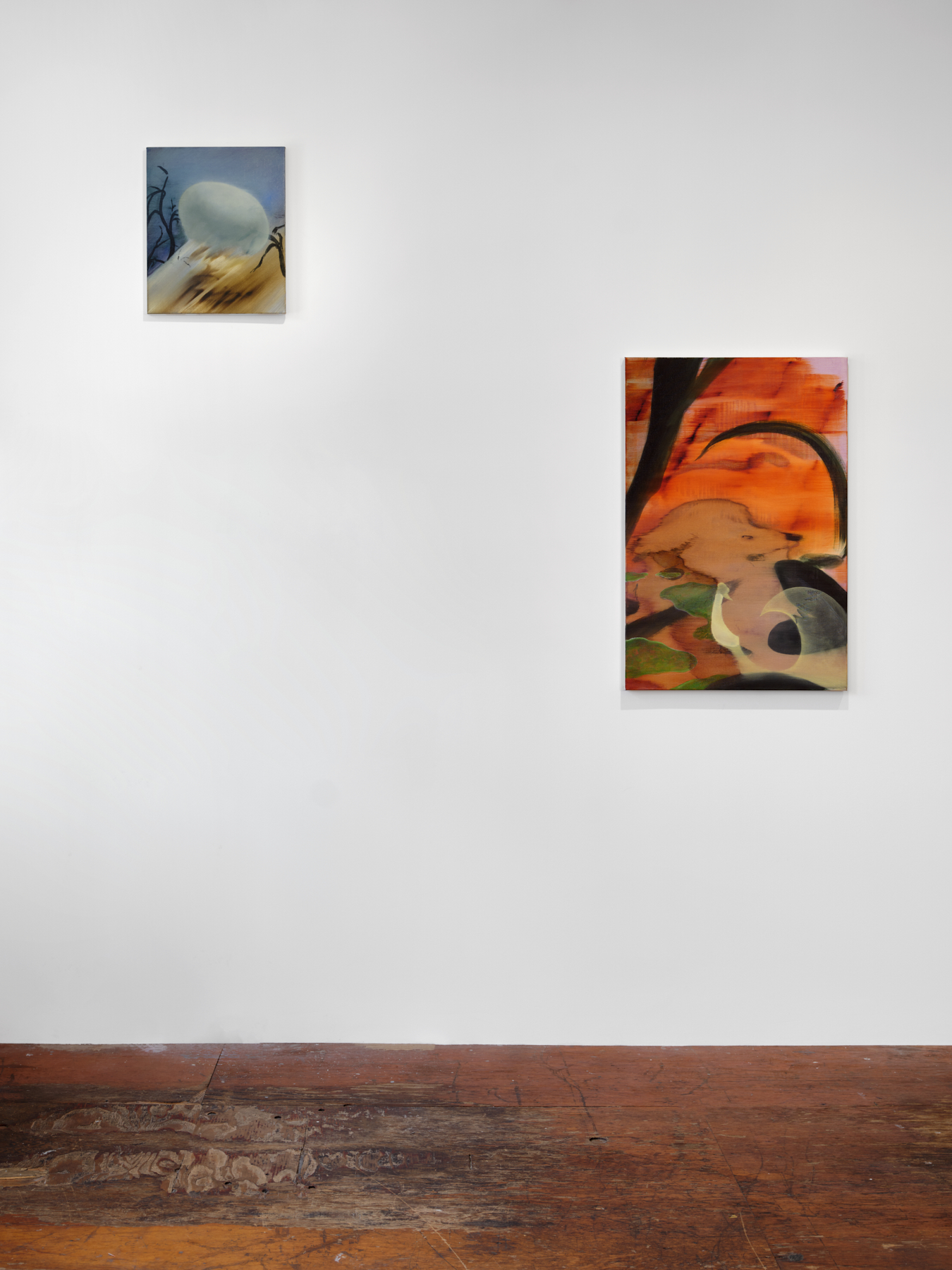
Installation view, Hiroka Yamashita “幽光 The Lights from the Deep Mountains”, Kiang Malingue, New York, 2025.
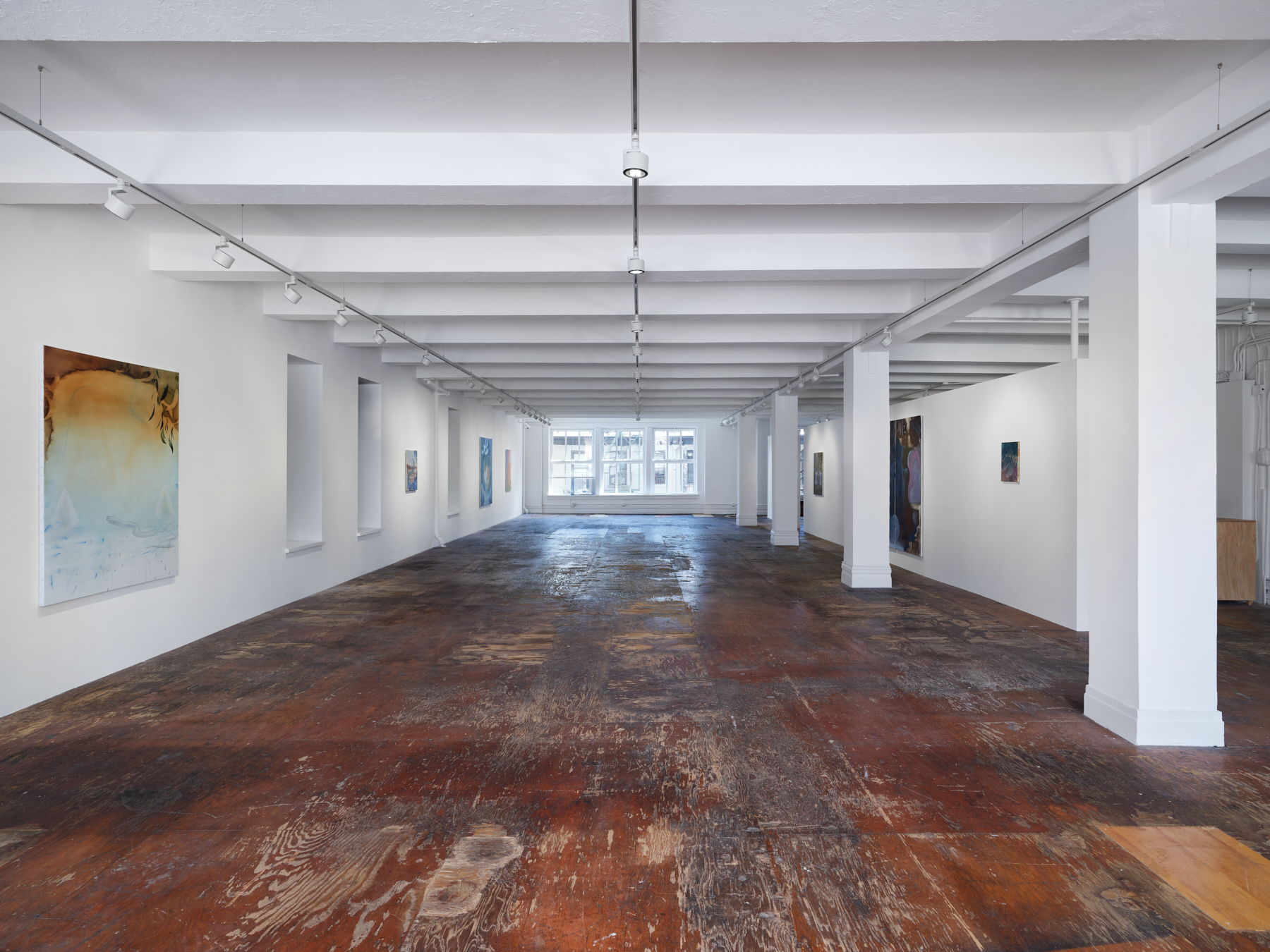
Installation view, Hiroka Yamashita “幽光 The Lights from the Deep Mountains”, Kiang Malingue, New York, 2025.

Oil on linen
63 3/4 x 51 1/8 in
162 x 130 cm
Installation view, Hiroka Yamashita “幽光 The Lights from the Deep Mountains”, Kiang Malingue, New York, 2025.
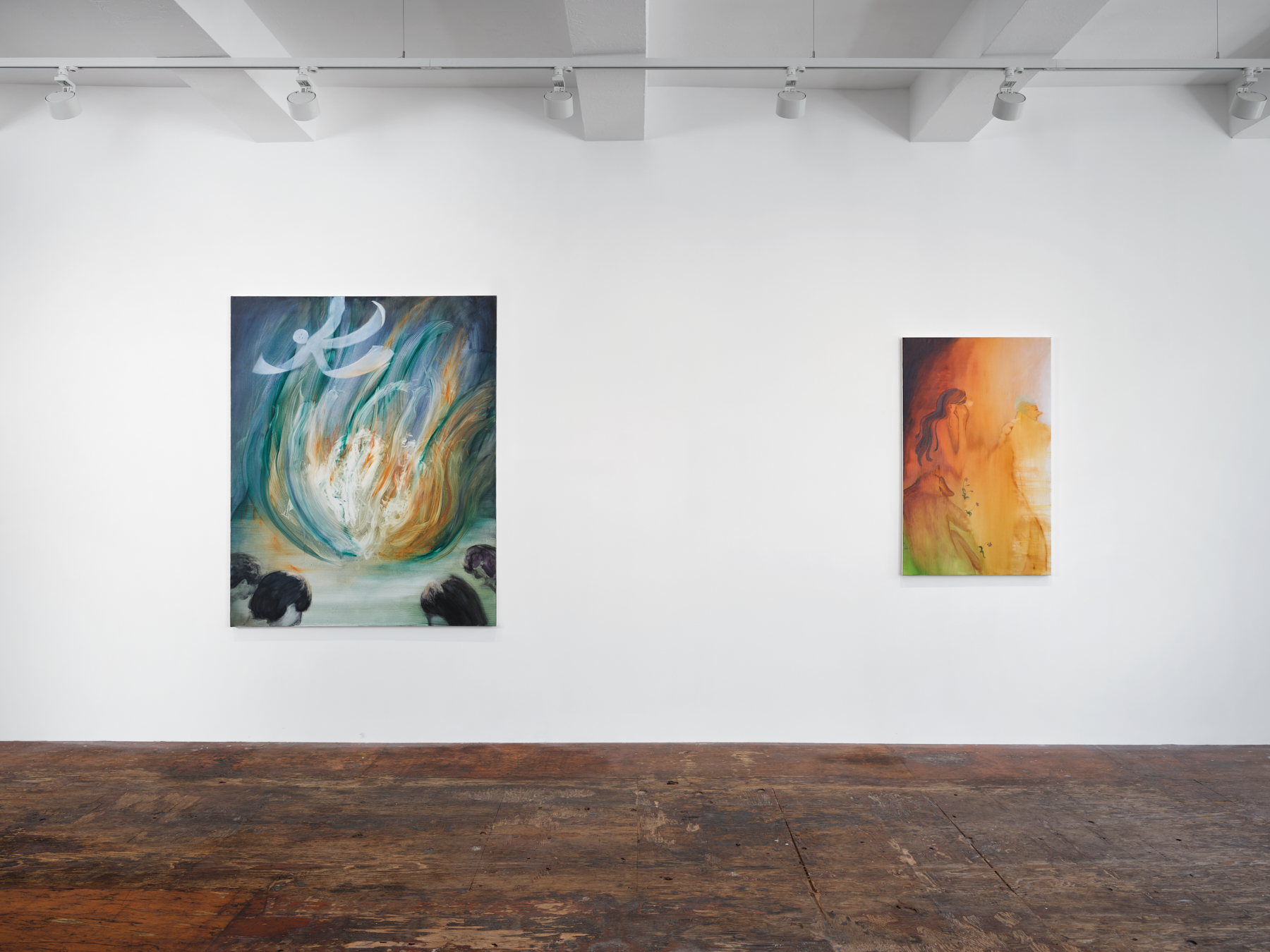
Installation view, Hiroka Yamashita “幽光 The Lights from the Deep Mountains”, Kiang Malingue, New York, 2025.
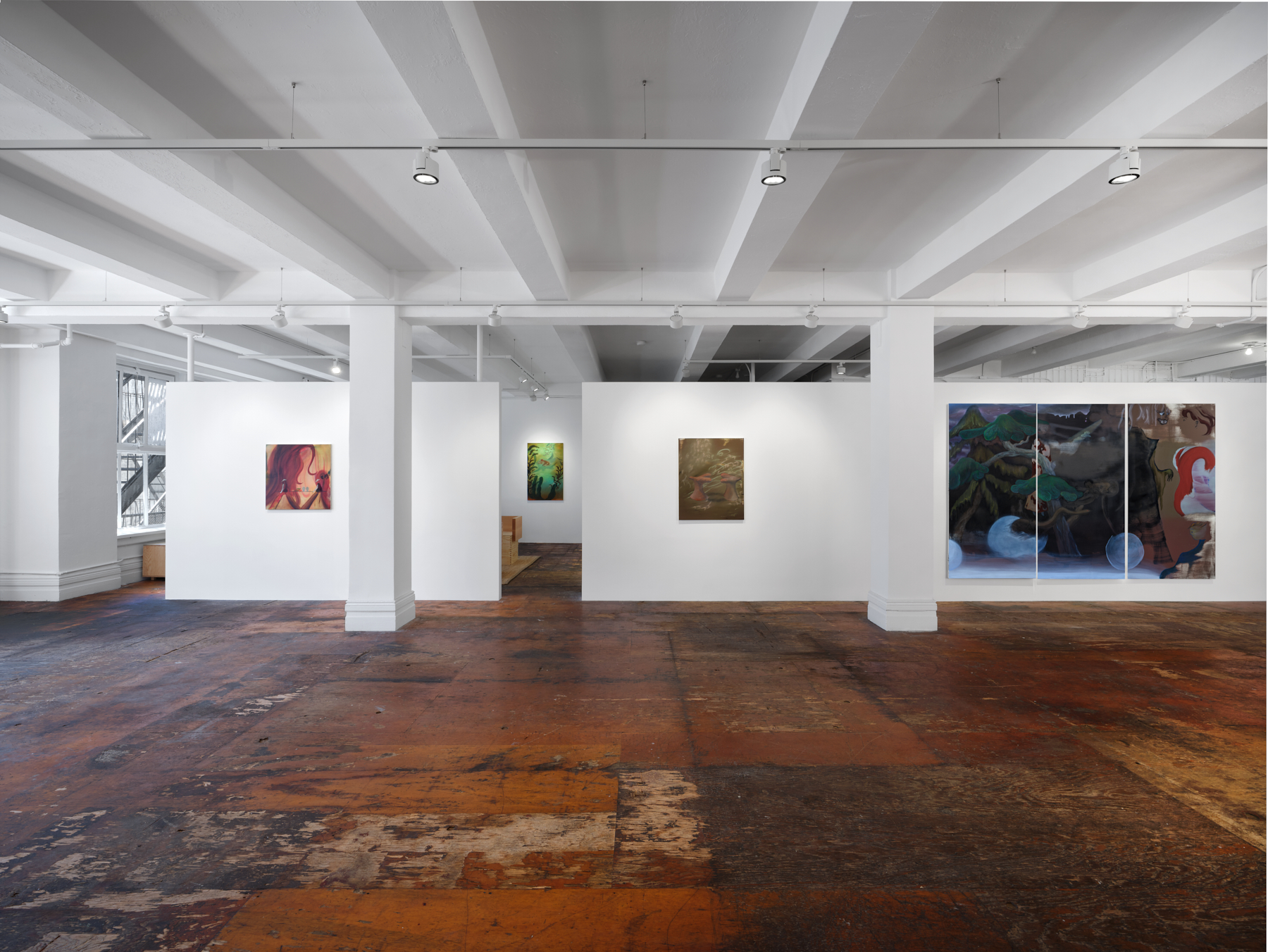
Installation view, Hiroka Yamashita “幽光 The Lights from the Deep Mountains”, Kiang Malingue, New York, 2025.

Oil on linen
Triptych
76 3/8 x 114 5/8 in, 76 3/8 x 38 1/4 in each
194 x 291 cm, 194 x 97 cm each
Installation view, Hiroka Yamashita “幽光 The Lights from the Deep Mountains”, Kiang Malingue, New York, 2025.
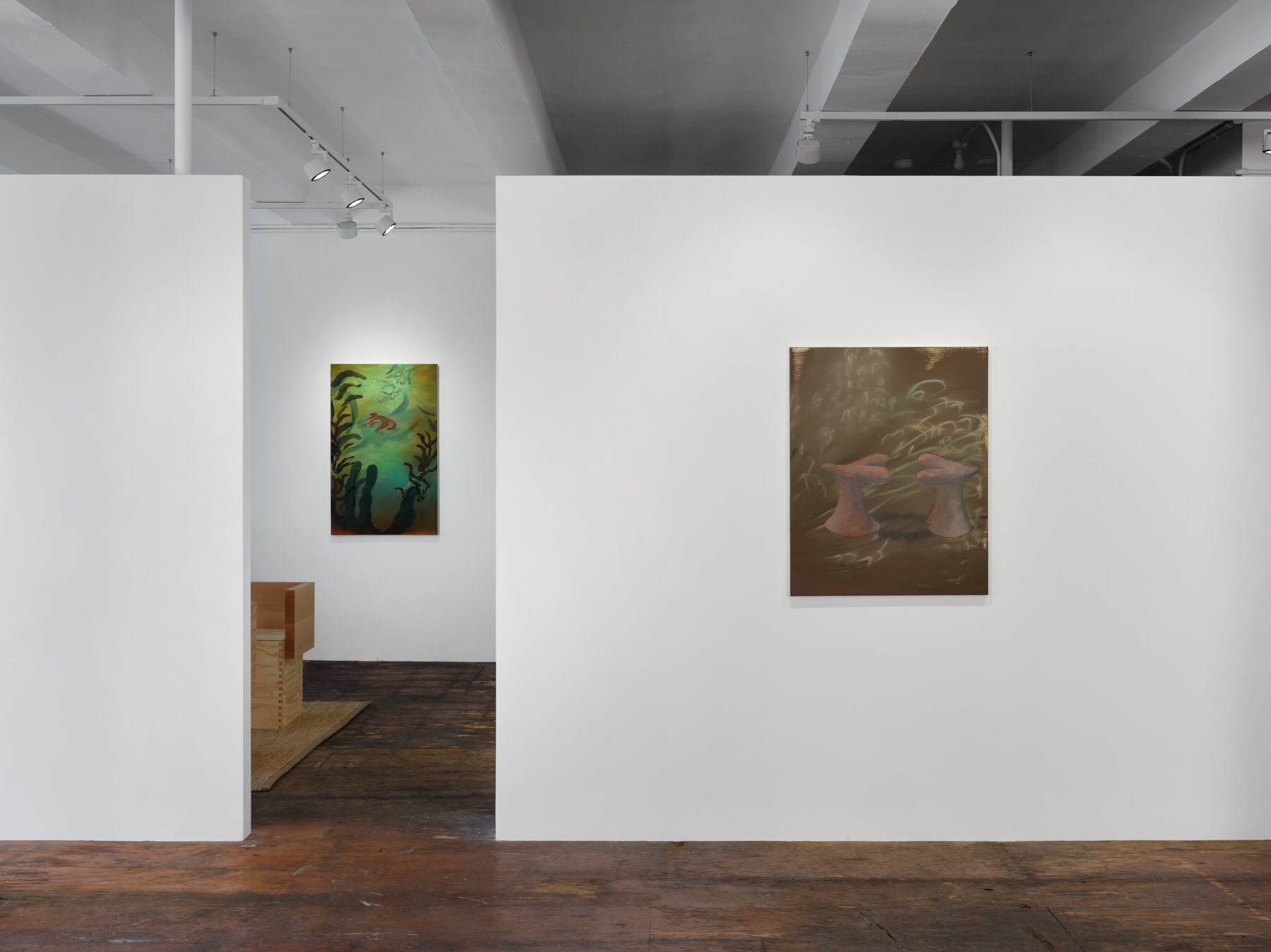
Oil on linen
35 7/8 x 28 3/4 in
91 x 73 cm
Installation view, Hiroka Yamashita “幽光 The Lights from the Deep Mountains”, Kiang Malingue, New York, 2025.
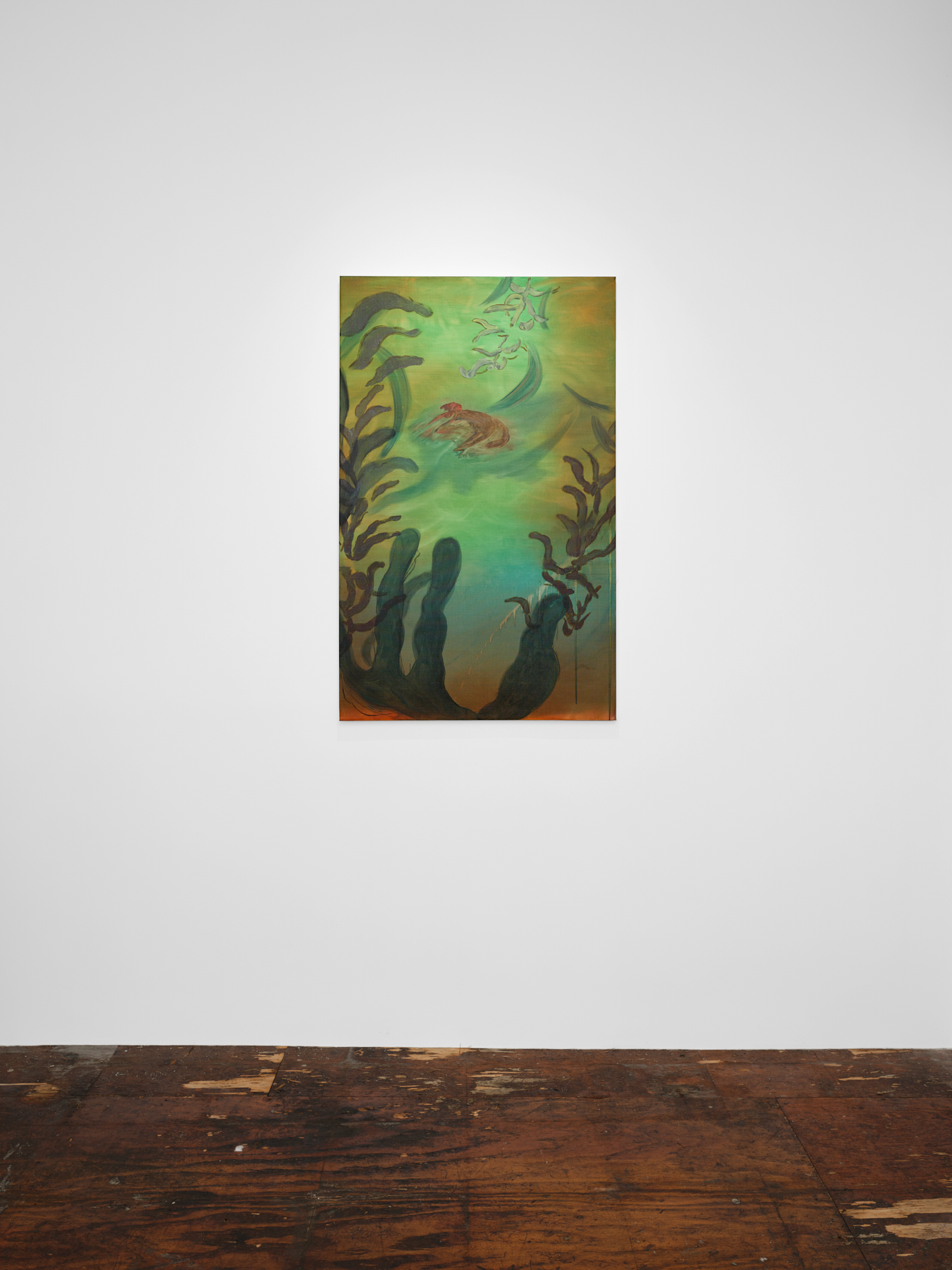
Oil on linen
45 7/8 x 28 3/4 in
116.5 x 73 cm
Installation view, Hiroka Yamashita “幽光 The Lights from the Deep Mountains”, Kiang Malingue, New York, 2025.
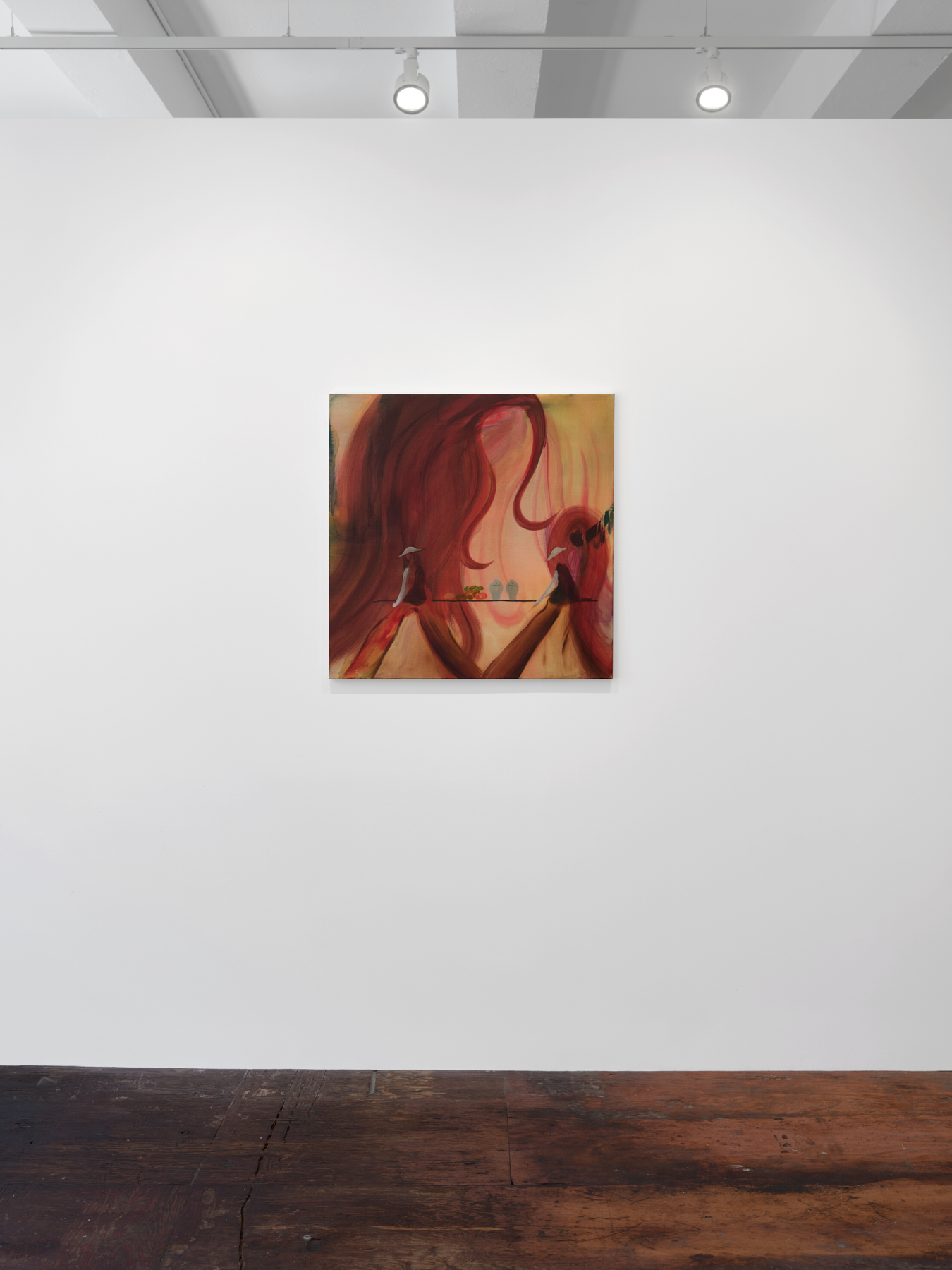
Oil on linen
28 3/4 x 28 3/4 in
73 x 73 cm
Installation view, Hiroka Yamashita “幽光 The Lights from the Deep Mountains”, Kiang Malingue, New York, 2025.
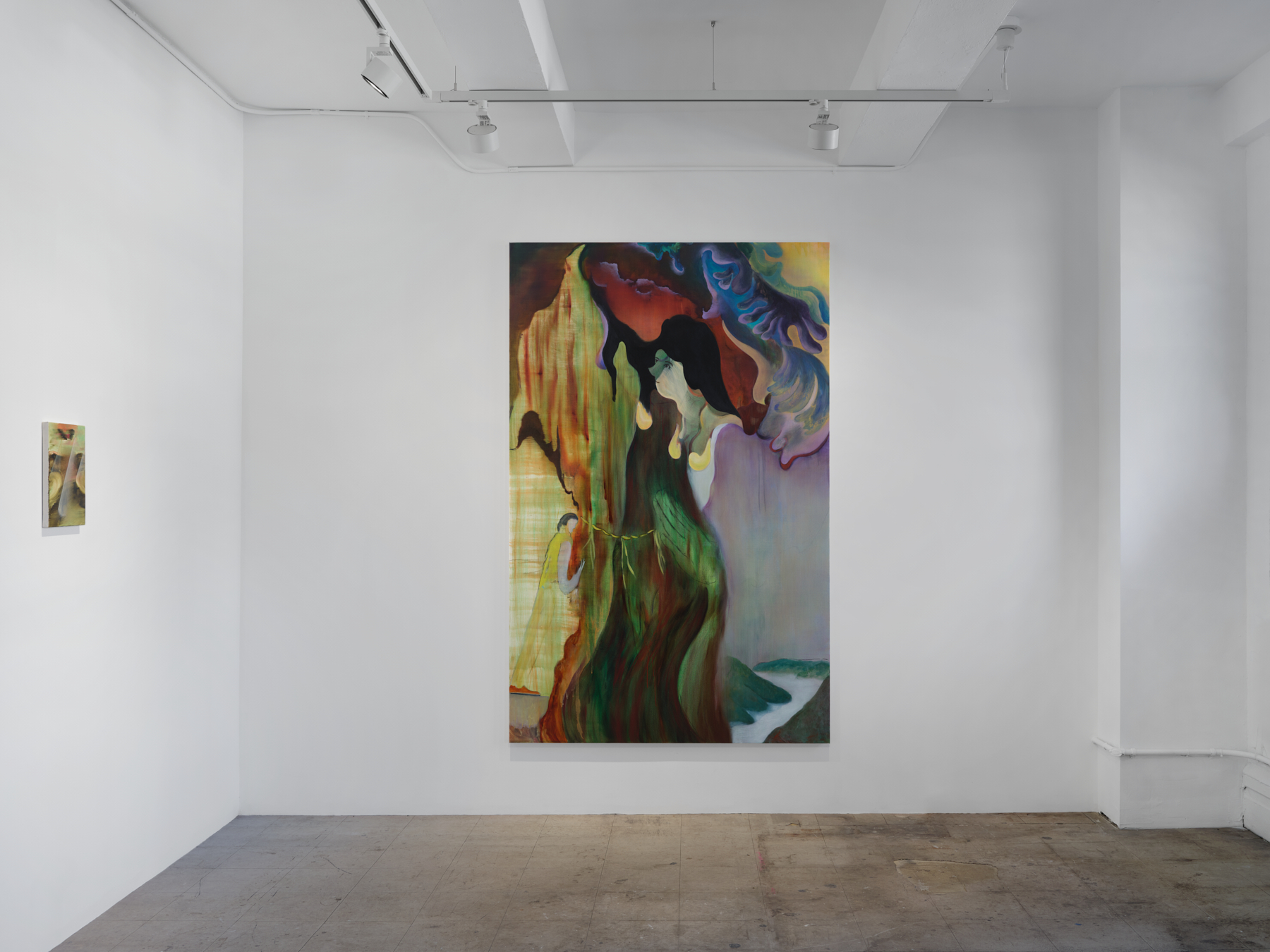
Oil on linen
89 3/8 x 57 1/4 in
227 x 145.5 cm
Installation view, Hiroka Yamashita “幽光 The Lights from the Deep Mountains”, Kiang Malingue, New York, 2025.
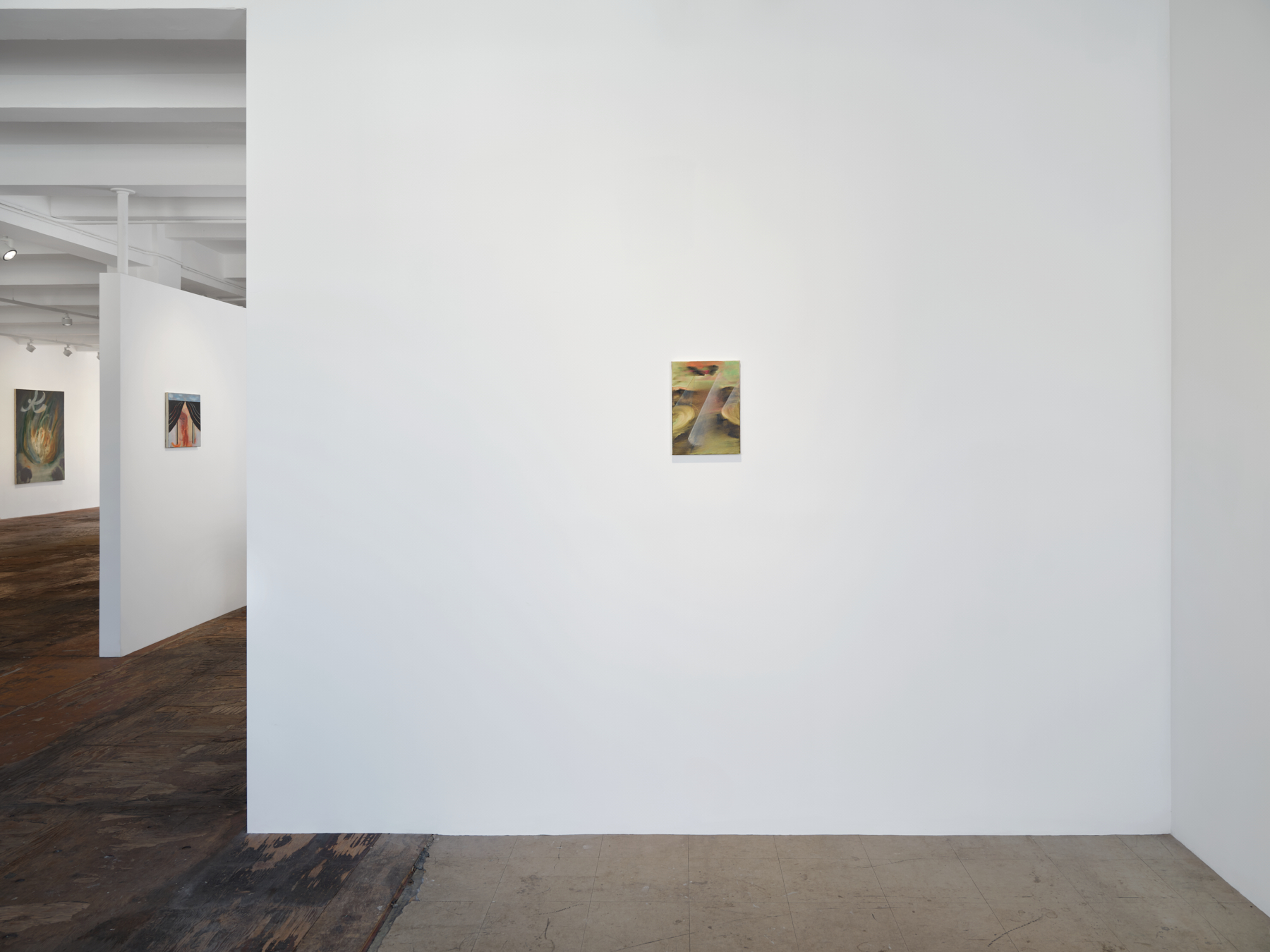
Oil on linen
13 1/4 x 9 1/2 in
33.5 x 24 cm
Installation view, Hiroka Yamashita “幽光 The Lights from the Deep Mountains”, Kiang Malingue, New York, 2025.
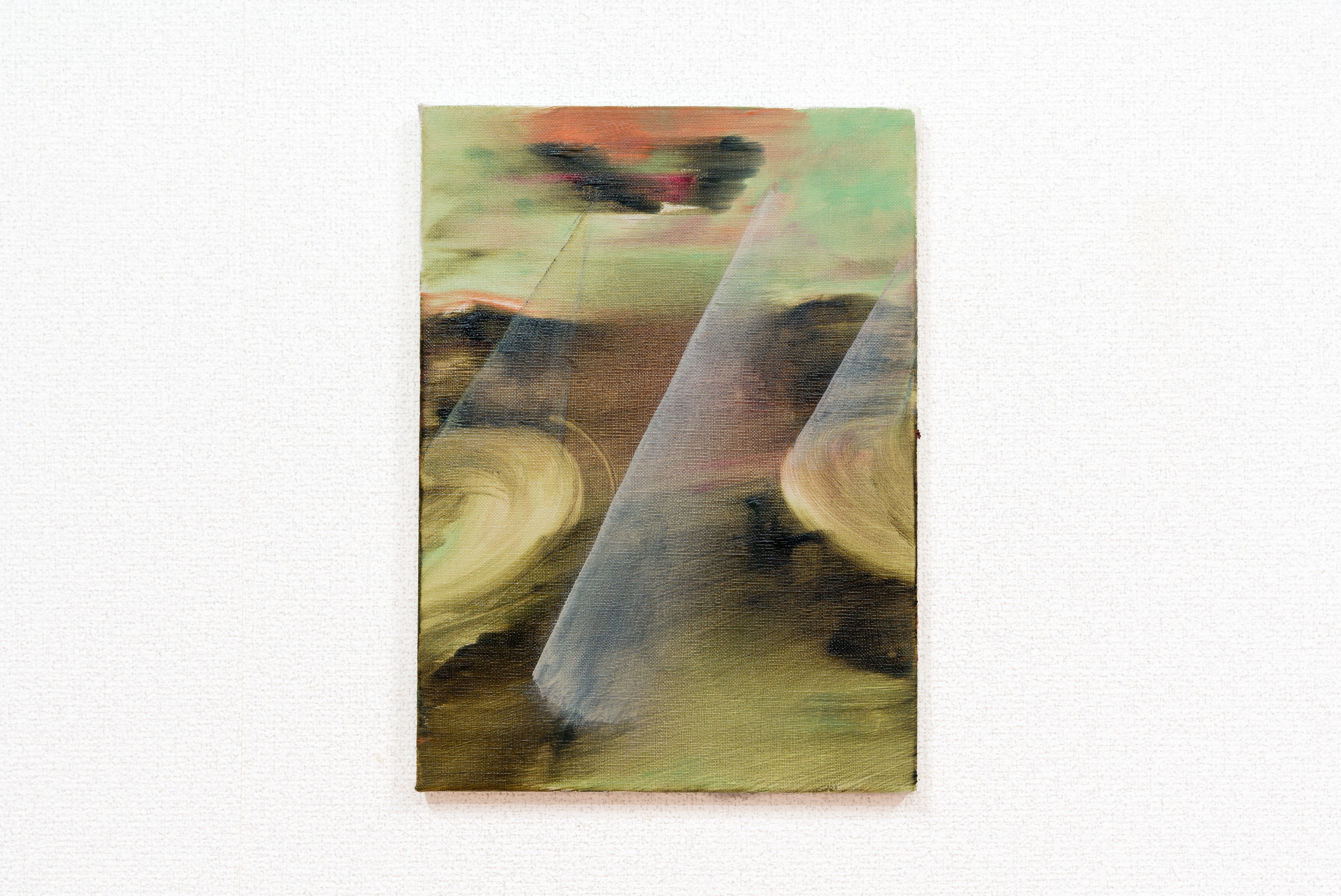
33.5 x 24 cm
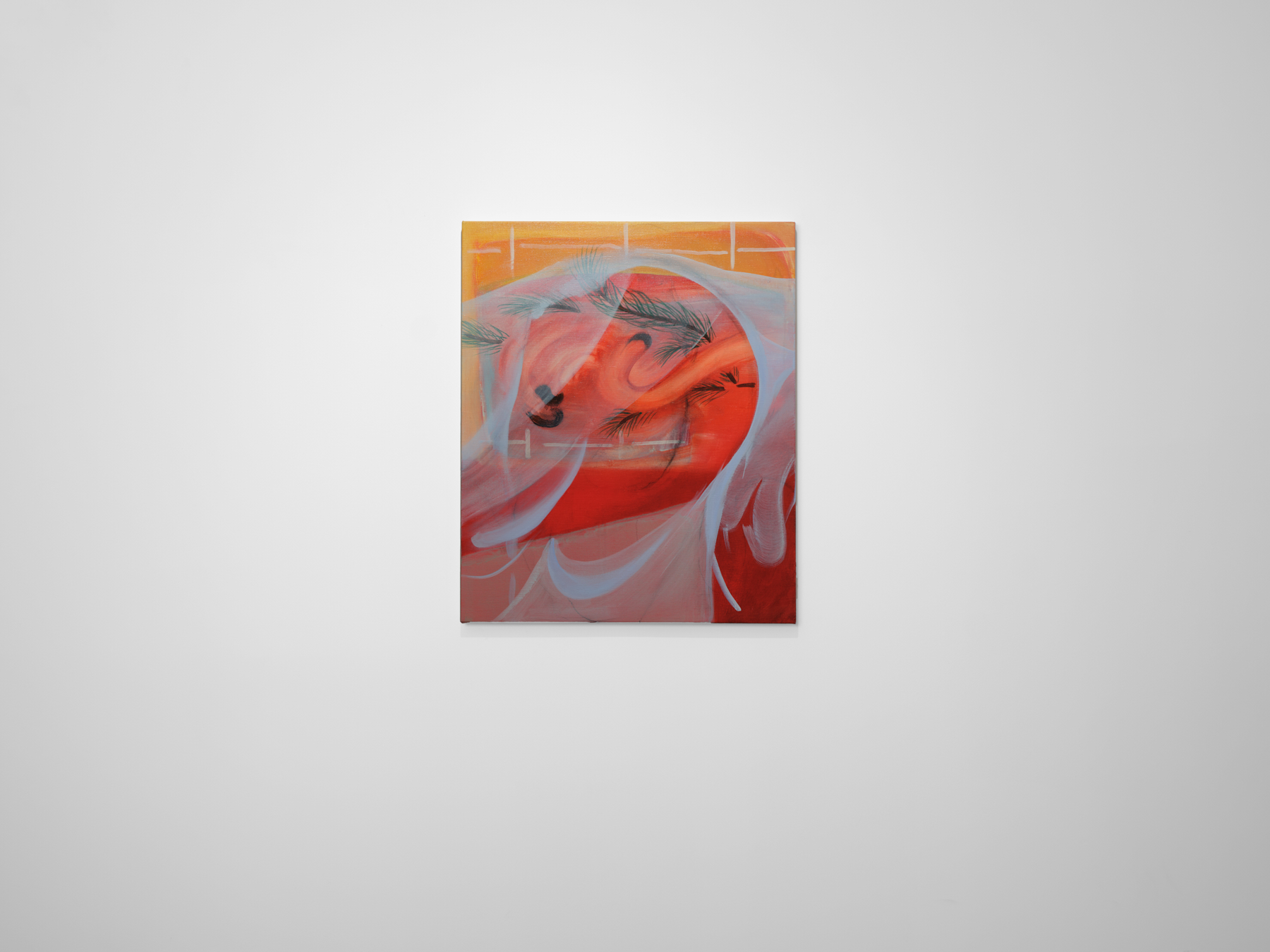
Oil on linen
28 3/4 x 24 in
73 x 61 cm
Installation view, Hiroka Yamashita “幽光 The Lights from the Deep Mountains”, Kiang Malingue, New York, 2025.
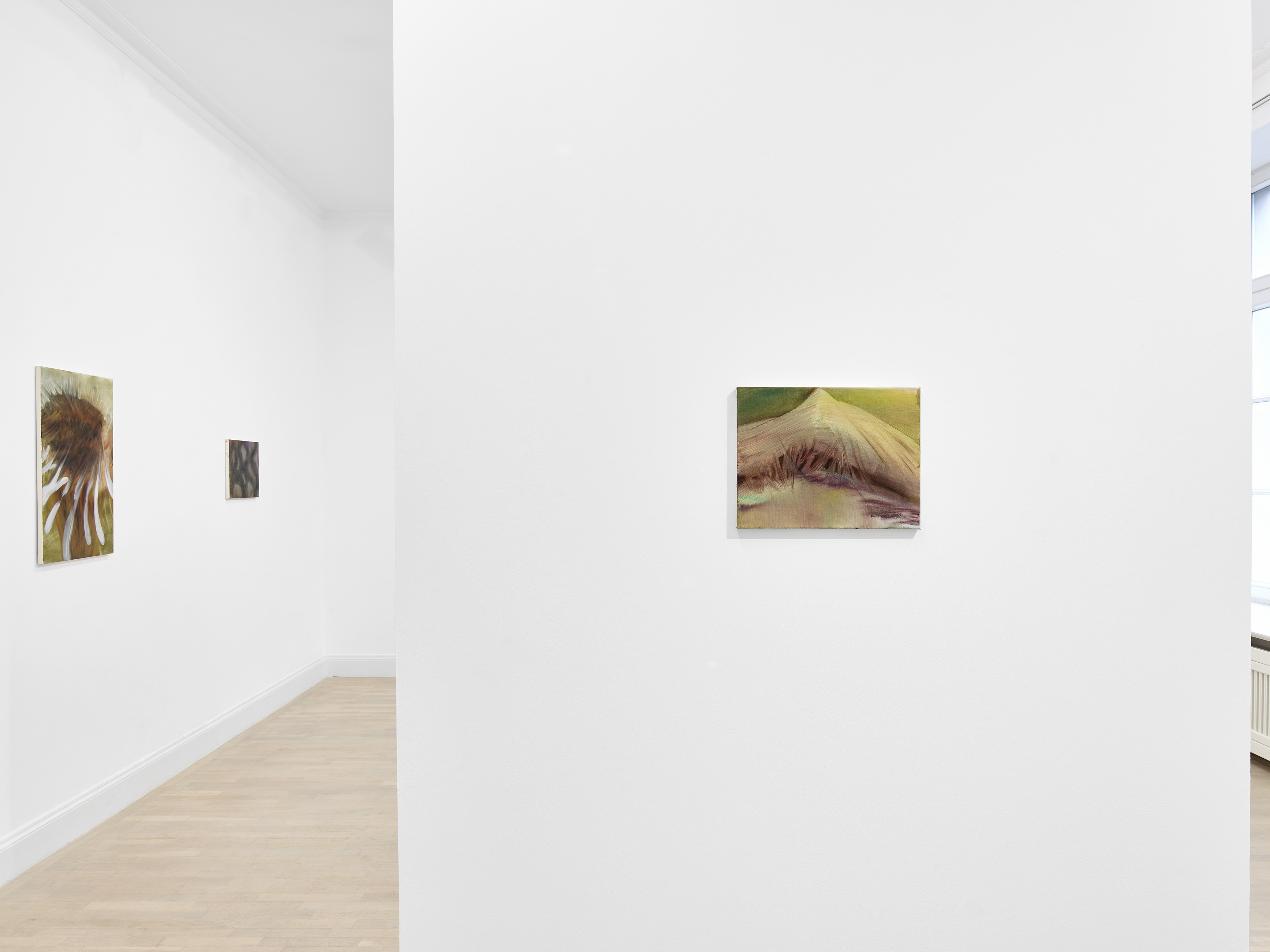
Installation view of “Earthing” at Caprii by Sies + Höke, Düsseldorf, 2024.
Courtesy the artist; Taka Ishii Gallery, Tokyo; Caprii by Sies + Höke, Düsseldorf.Photographer: Tino Kukulies.
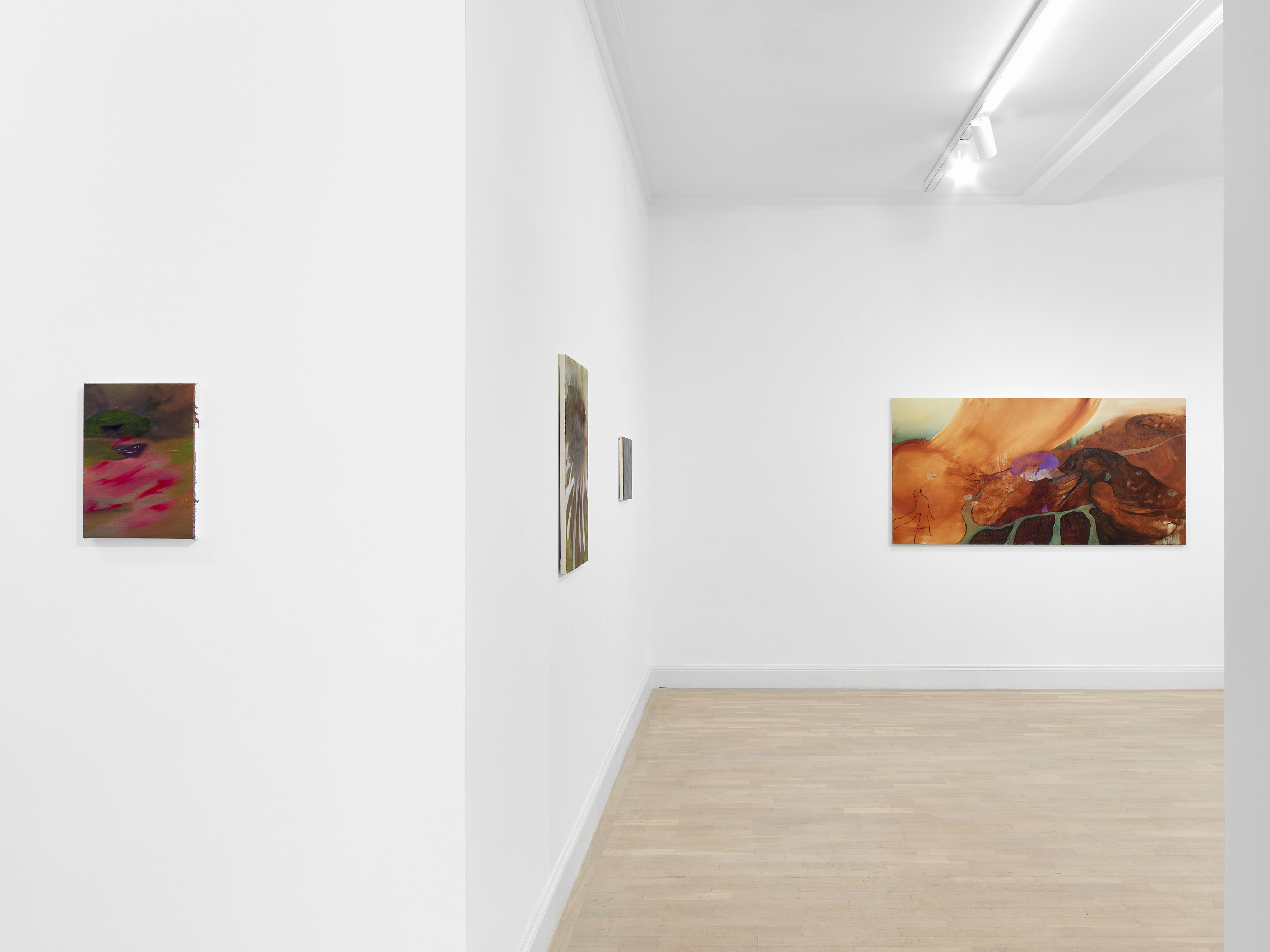
Installation view of “Earthing” at Caprii by Sies + Höke, Düsseldorf, 2024.
Courtesy the artist; Taka Ishii Gallery, Tokyo; Caprii by Sies + Höke, Düsseldorf.Photographer: Tino Kukulies.
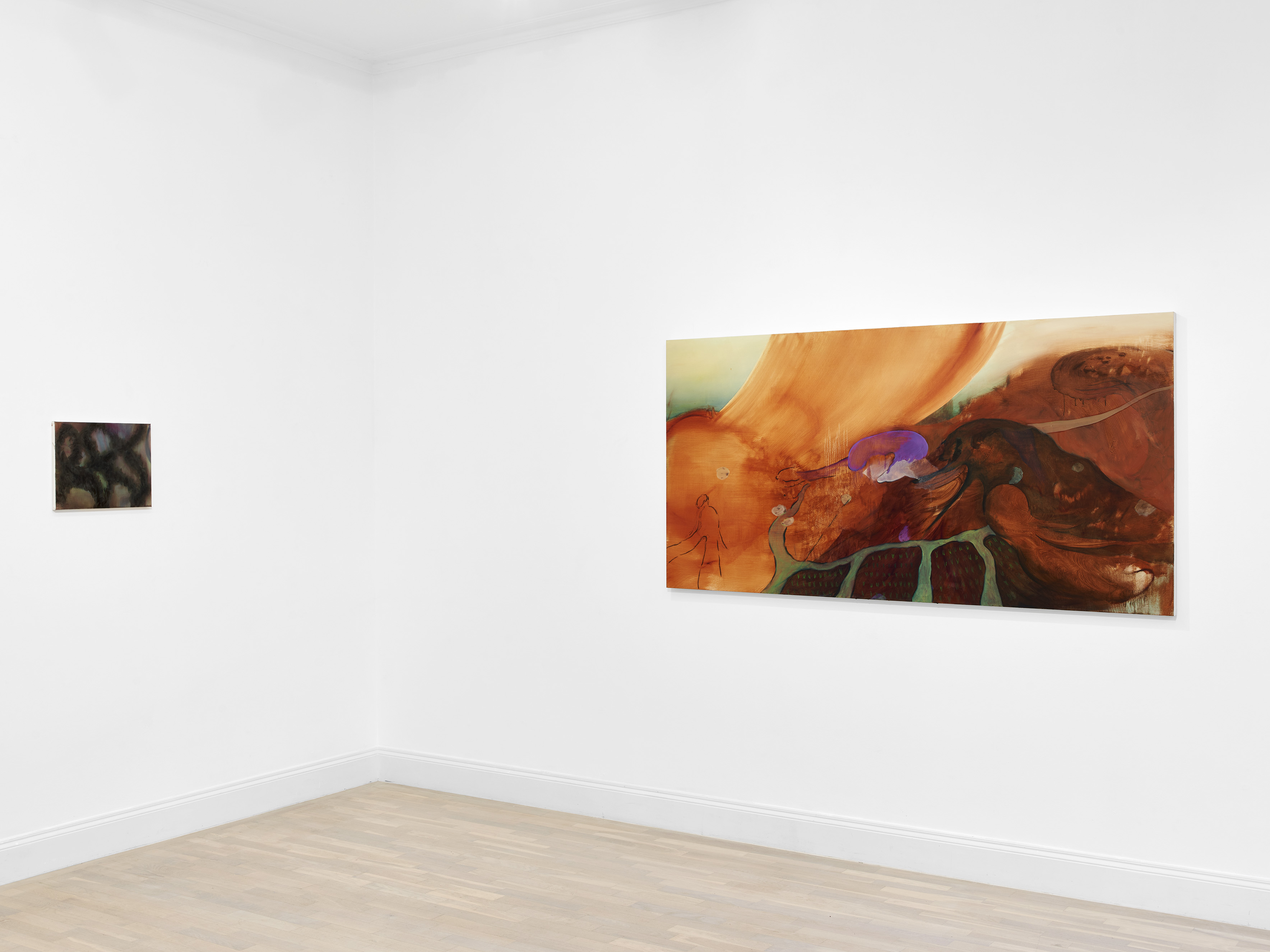
Installation view of “Earthing” at Caprii by Sies + Höke, Düsseldorf, 2024.
Courtesy the artist; Taka Ishii Gallery, Tokyo; Caprii by Sies + Höke, Düsseldorf.Photographer: Tino Kukulies.
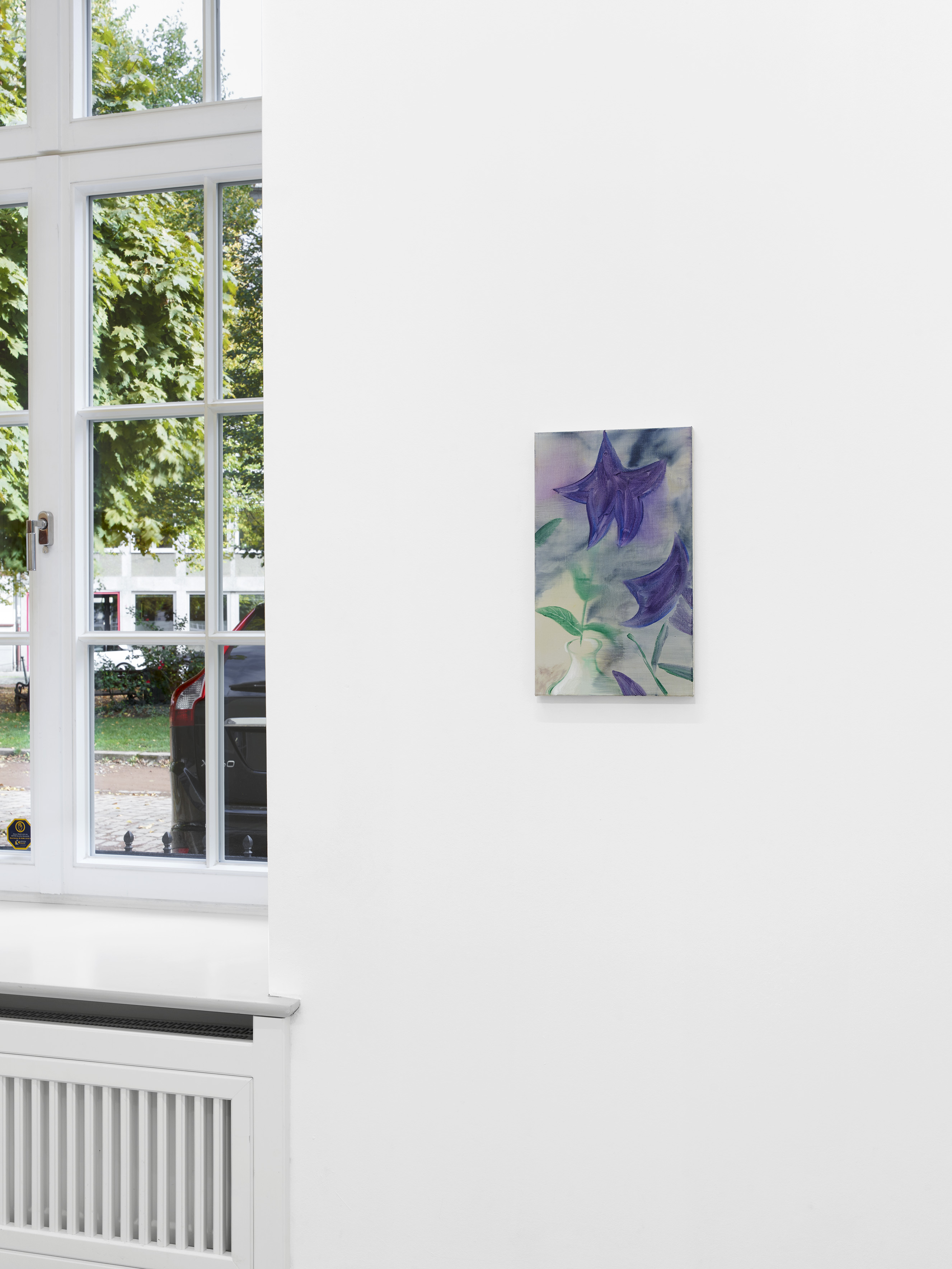
Installation view of “Earthing” at Caprii by Sies + Höke, Düsseldorf, 2024.
Courtesy the artist; Taka Ishii Gallery, Tokyo; Caprii by Sies + Höke, Düsseldorf.Photographer: Tino Kukulies.

Installation view of “Earthing” at Caprii by Sies + Höke, Düsseldorf, 2024.
Courtesy the artist; Taka Ishii Gallery, Tokyo; Caprii by Sies + Höke, Düsseldorf.Photographer: Tino Kukulies.

Installation view of “Earthing” at Caprii by Sies + Höke, Düsseldorf, 2024.
Courtesy the artist; Taka Ishii Gallery, Tokyo; Caprii by Sies + Höke, Düsseldorf.Photographer: Tino Kukulies.

Installation view of “Earthing” at Caprii by Sies + Höke, Düsseldorf, 2024.
Courtesy the artist; Taka Ishii Gallery, Tokyo; Caprii by Sies + Höke, Düsseldorf.Photographer: Tino Kukulies.

Image courtesy of the artist and Taka Ishii Gallery Kyobashi.
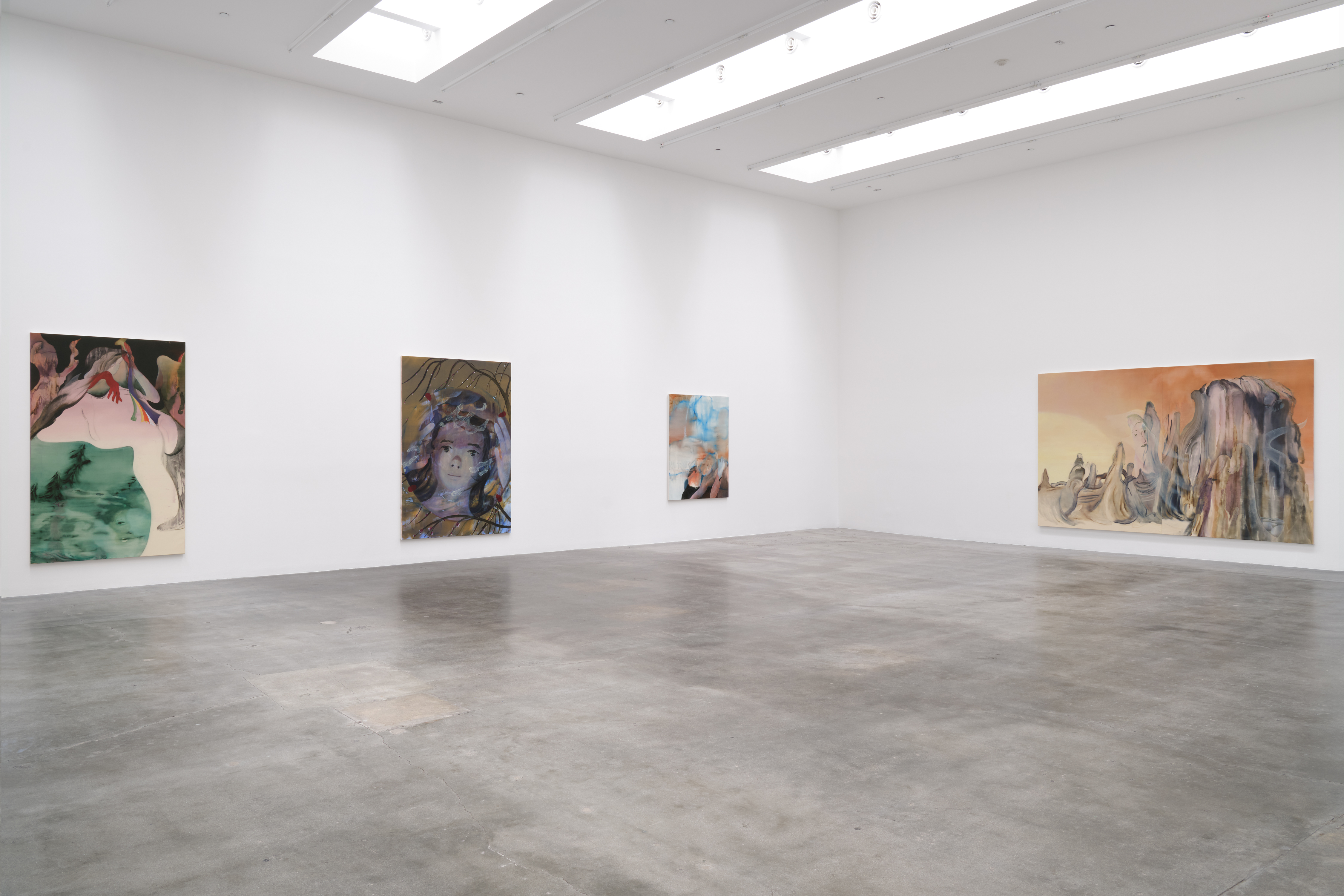
Installation view of “koworo-koworo”, BLUM Gallery, Los Angeles, 2024. Image courtesy of BLUM Gallery. Photo: Hannah Mjølsnes.
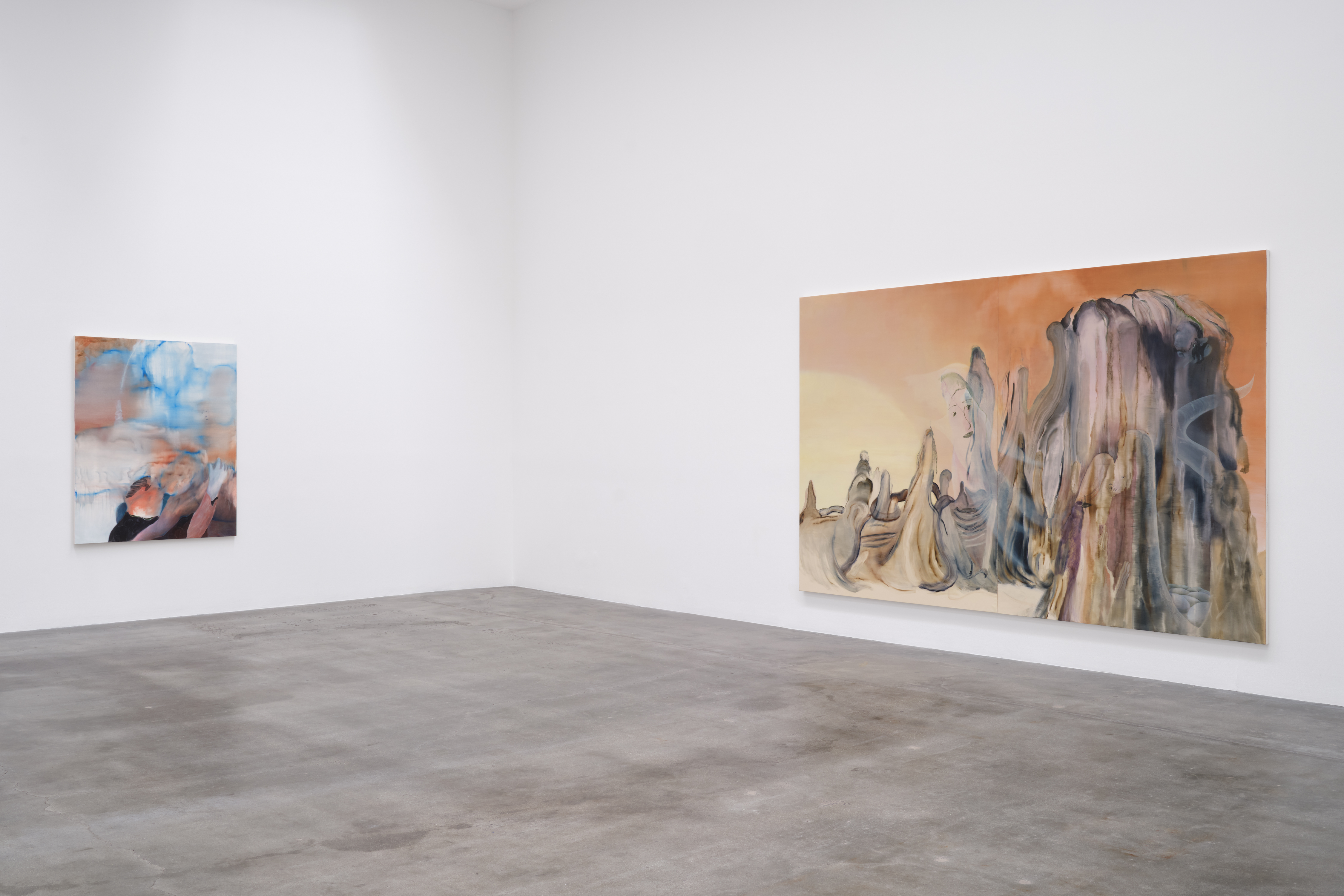
Installation view of “koworo-koworo”, BLUM Gallery, Los Angeles, 2024. Image courtesy of BLUM Gallery. Photo: Hannah Mjølsnes.
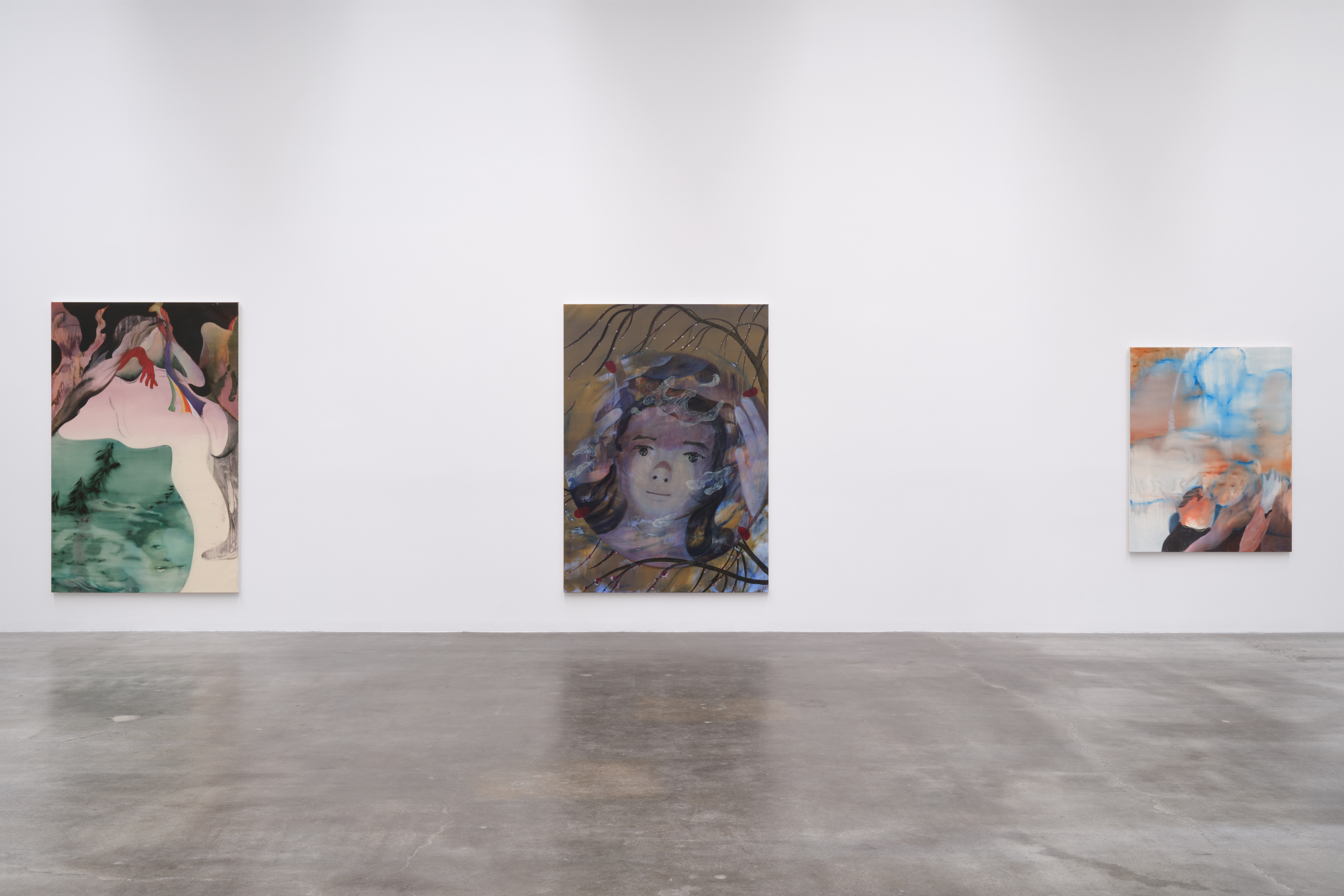
Installation view of “koworo-koworo”, BLUM Gallery, Los Angeles, 2024. Image courtesy of BLUM Gallery. Photo: Hannah Mjølsnes.
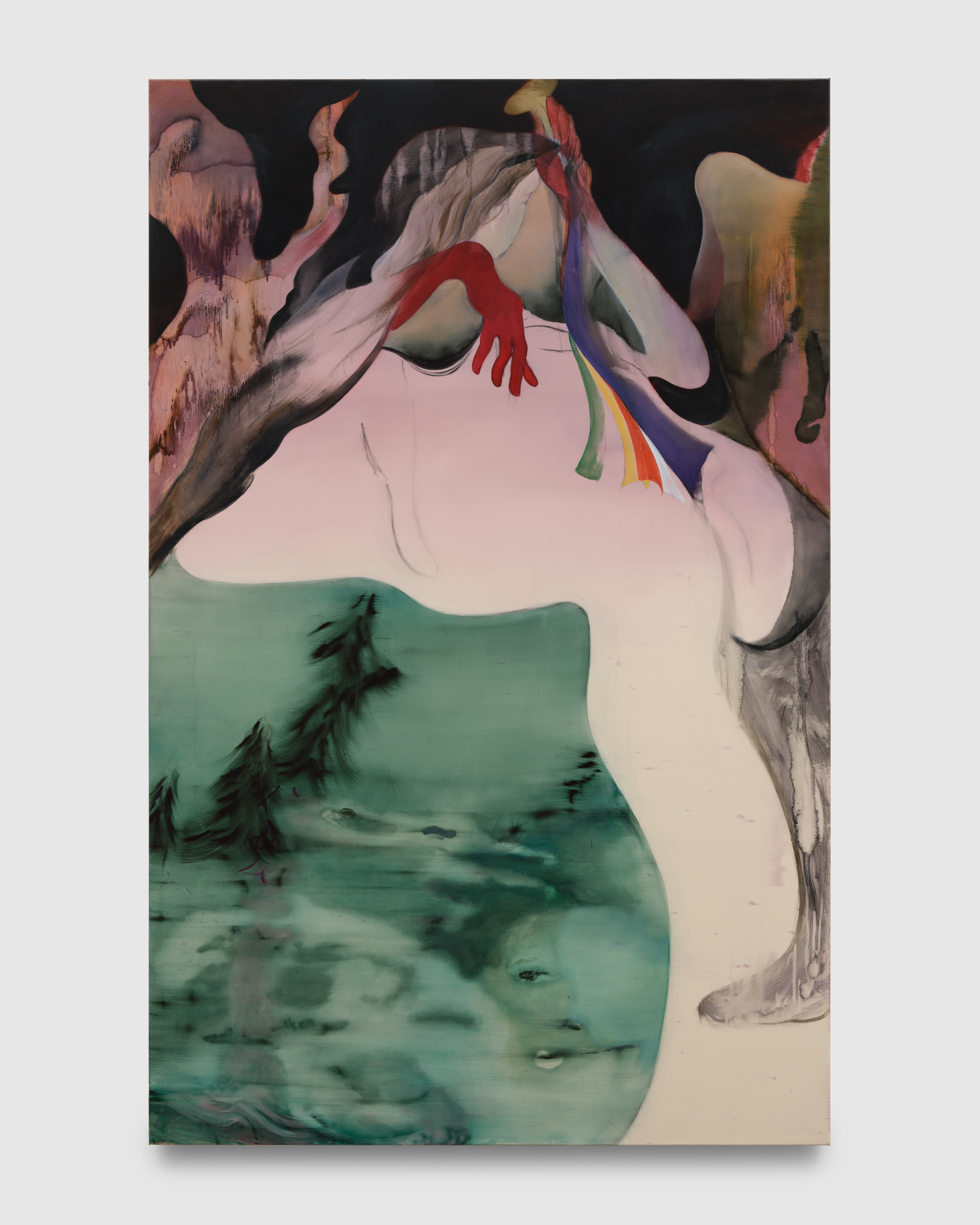
Oil on linen
227.6 x 145.4 cm
Image courtesy of BLUM Gallery. Photo: Hannah Mjølsnes.
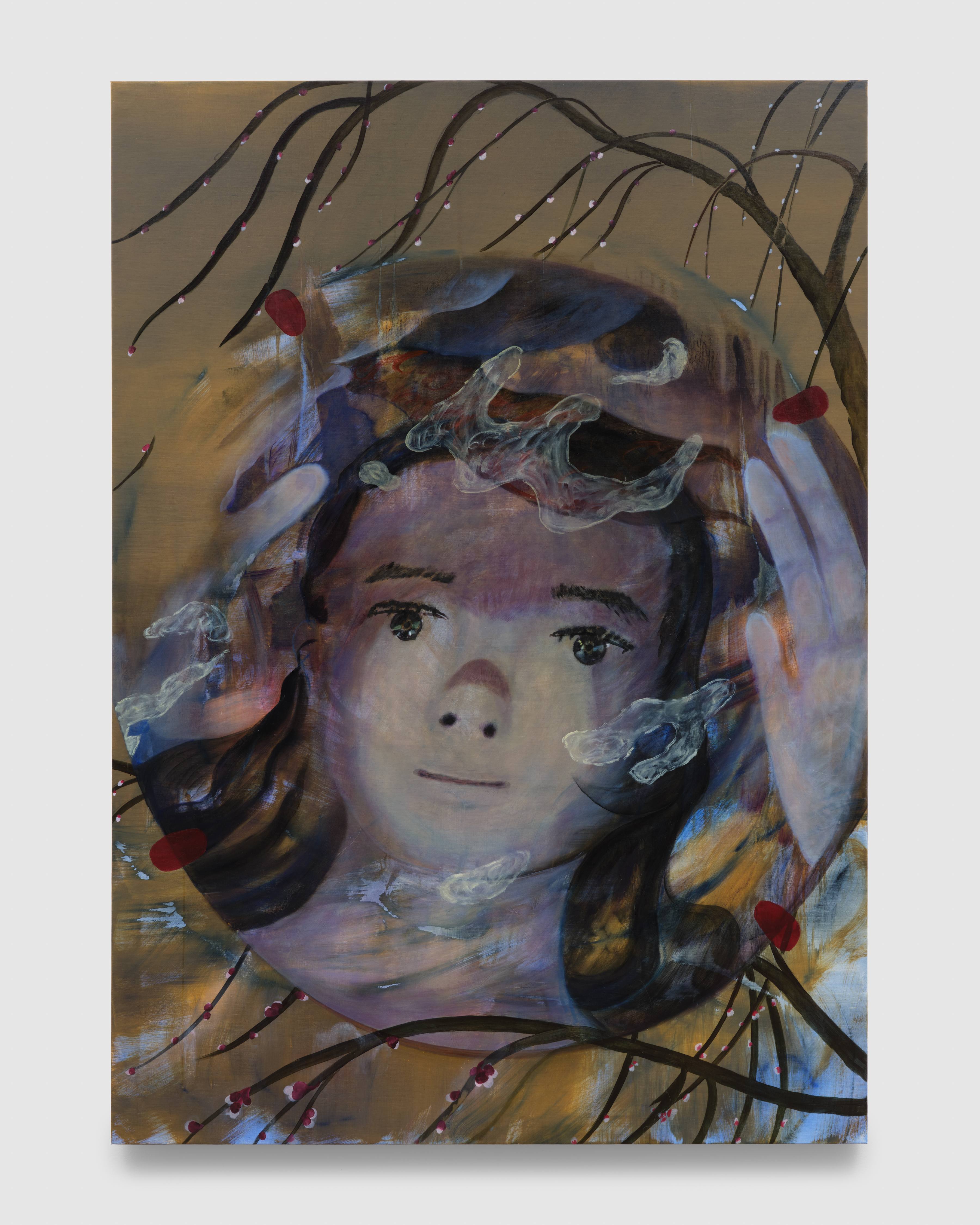
Oil on linen
227.6 x 161.9 cm
Image courtesy of BLUM Gallery. Photo: Hannah Mjølsnes.
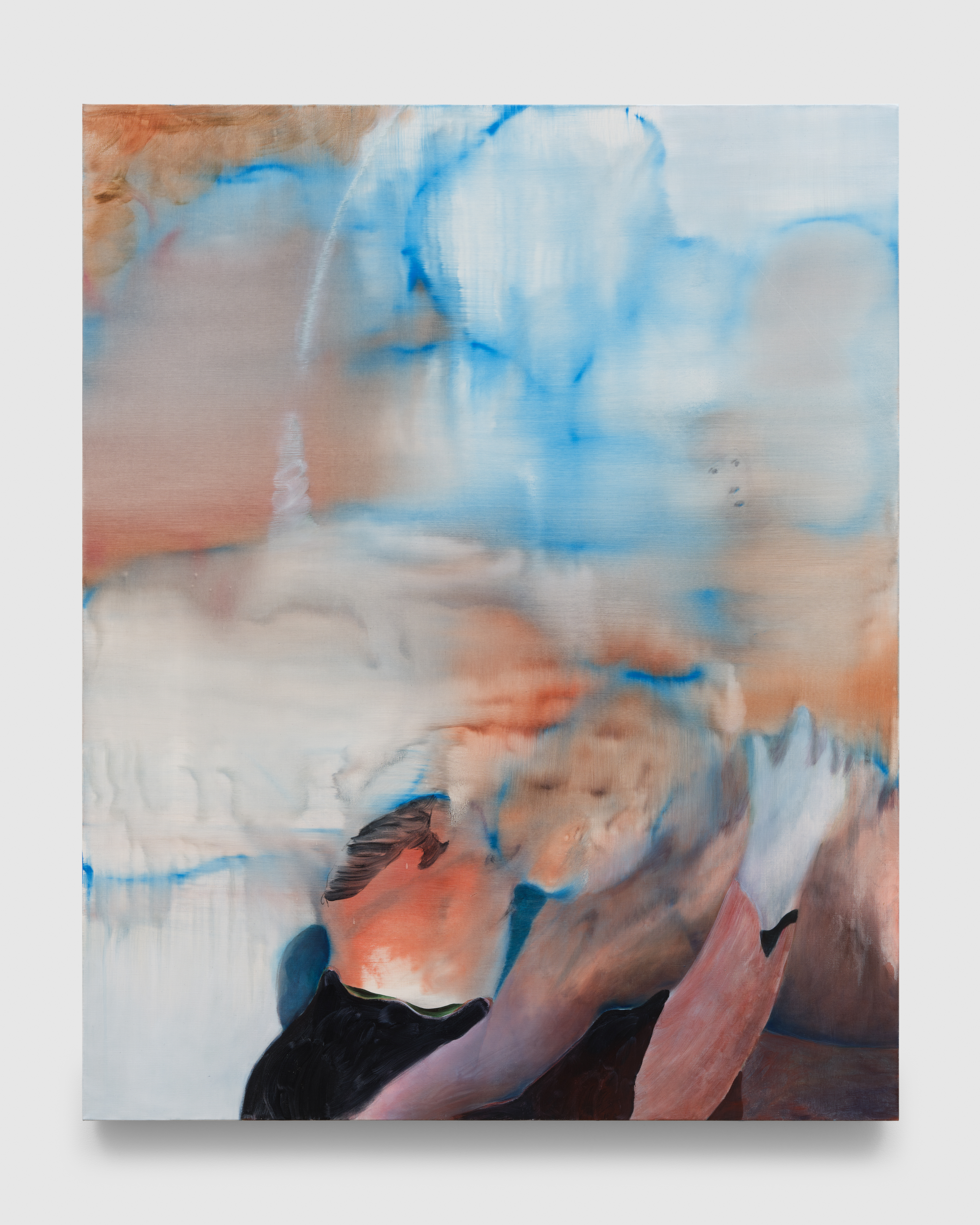
Oil on linen
162.5 x 130.4 cm
Image courtesy of BLUM Gallery. Photo: Hannah Mjølsnes.
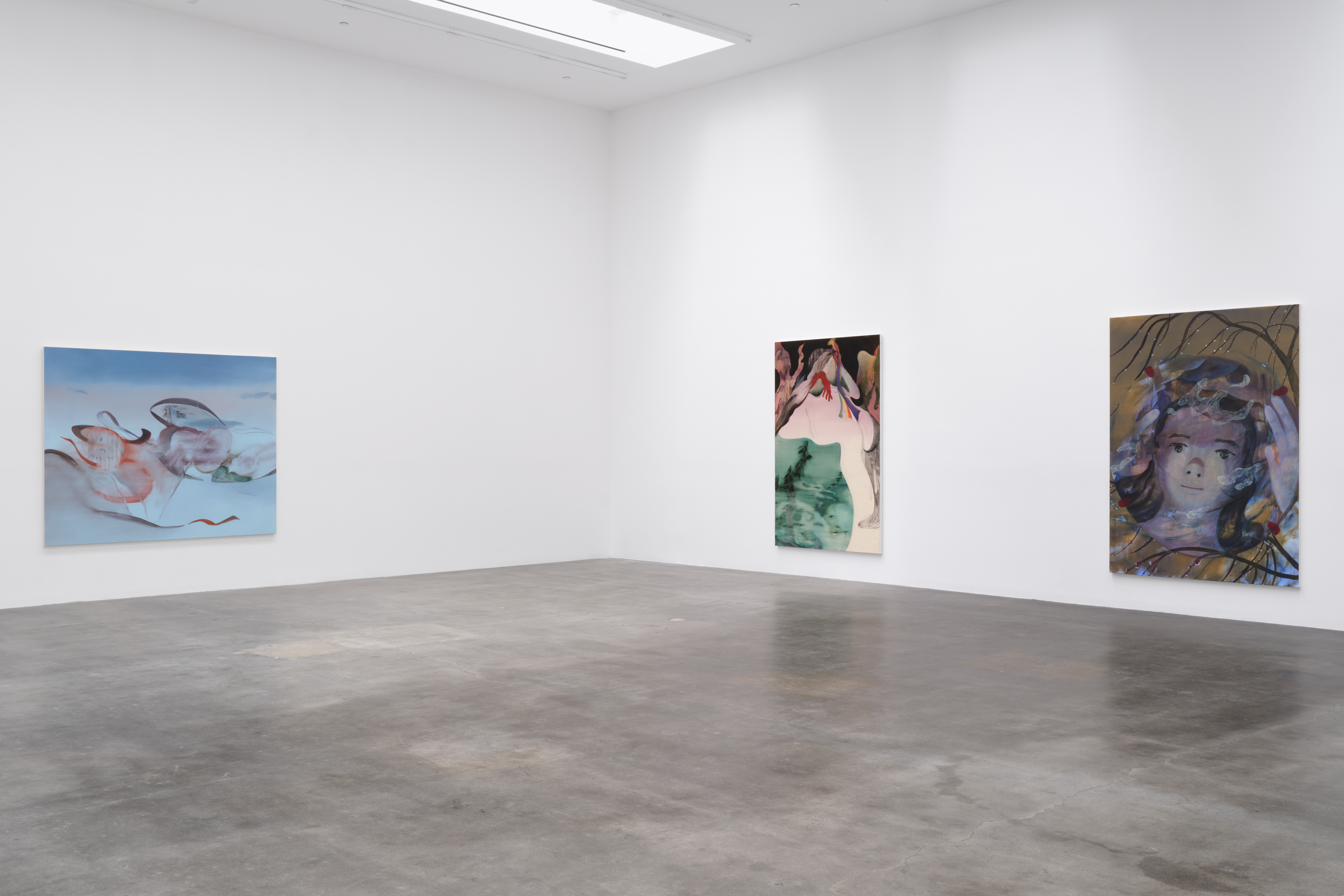
Installation view of “koworo-koworo”, BLUM Gallery, Los Angeles, 2024. Image courtesy of BLUM Gallery. Photo: Hannah Mjølsnes.
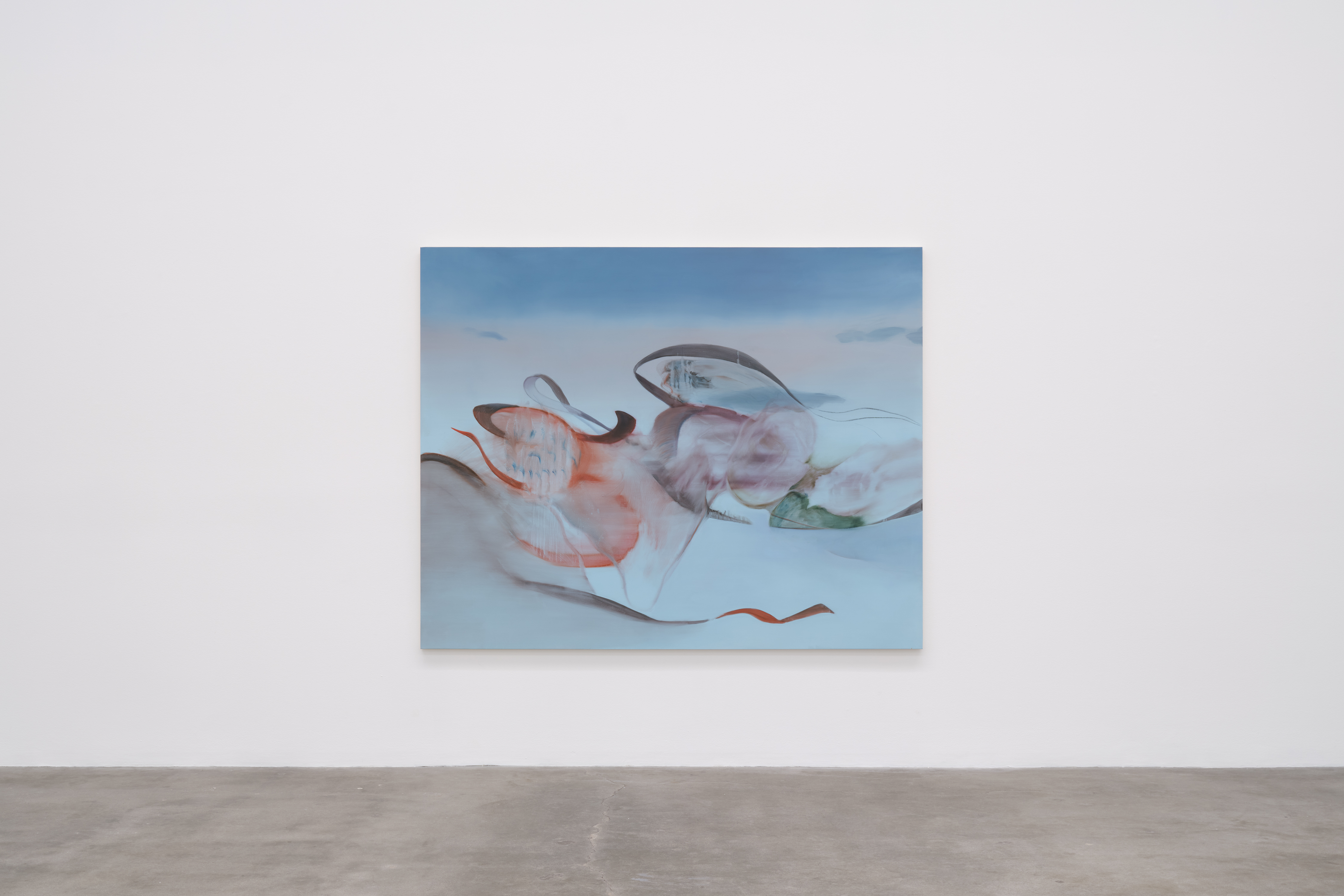
Oil on linen
181.9 x 227.3 cm
Image courtesy of BLUM Gallery. Photo: Hannah Mjølsnes.
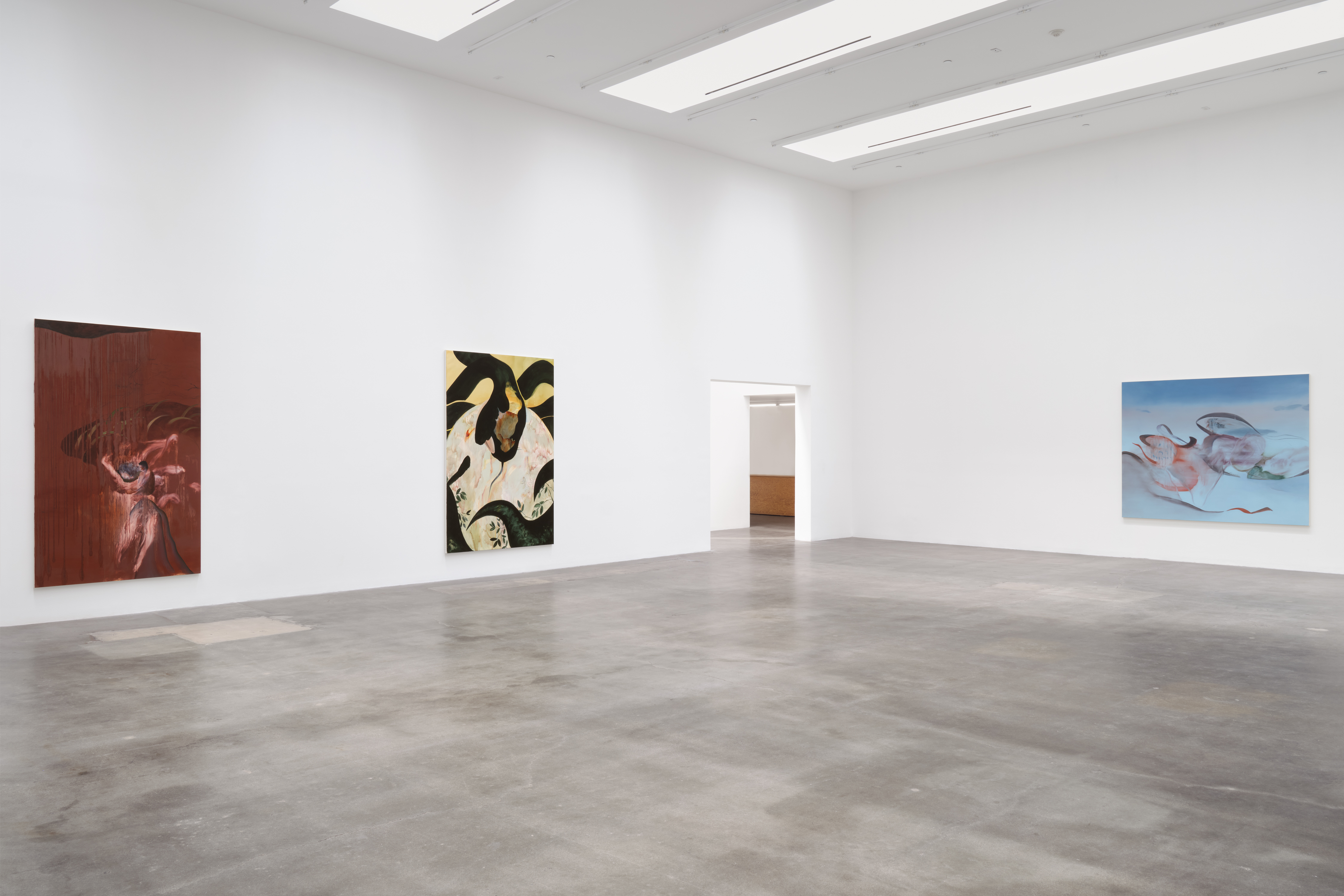
Installation view of “koworo-koworo”, BLUM Gallery, Los Angeles, 2024. Image courtesy of BLUM Gallery. Photo: Hannah Mjølsnes.
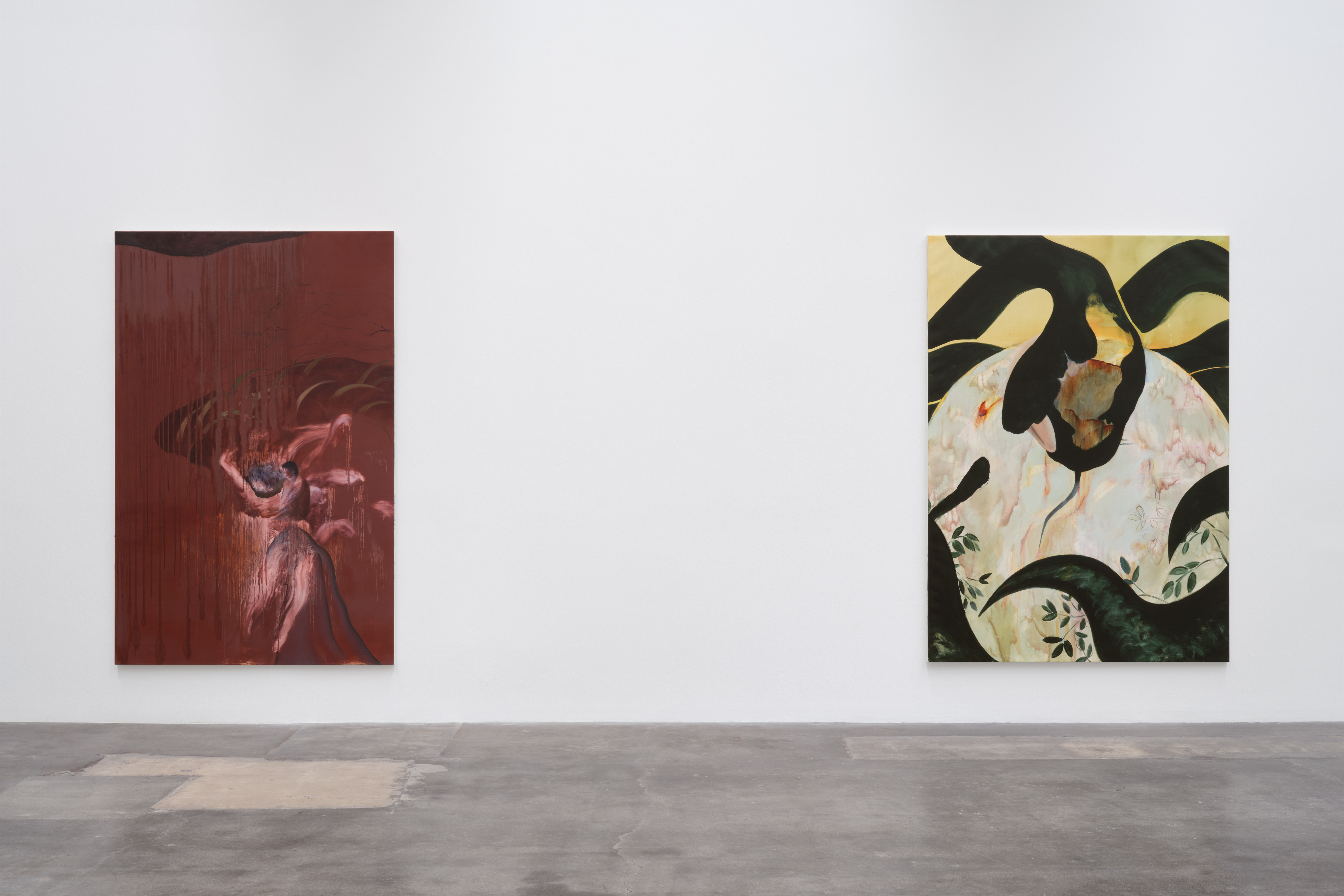
Installation view of “koworo-koworo”, BLUM Gallery, Los Angeles, 2024. Image courtesy of BLUM Gallery. Photo: Hannah Mjølsnes.

Oil on linen
227.6 x 145.4 cm
Image courtesy of BLUM Gallery. Photo: Hannah Mjølsnes.
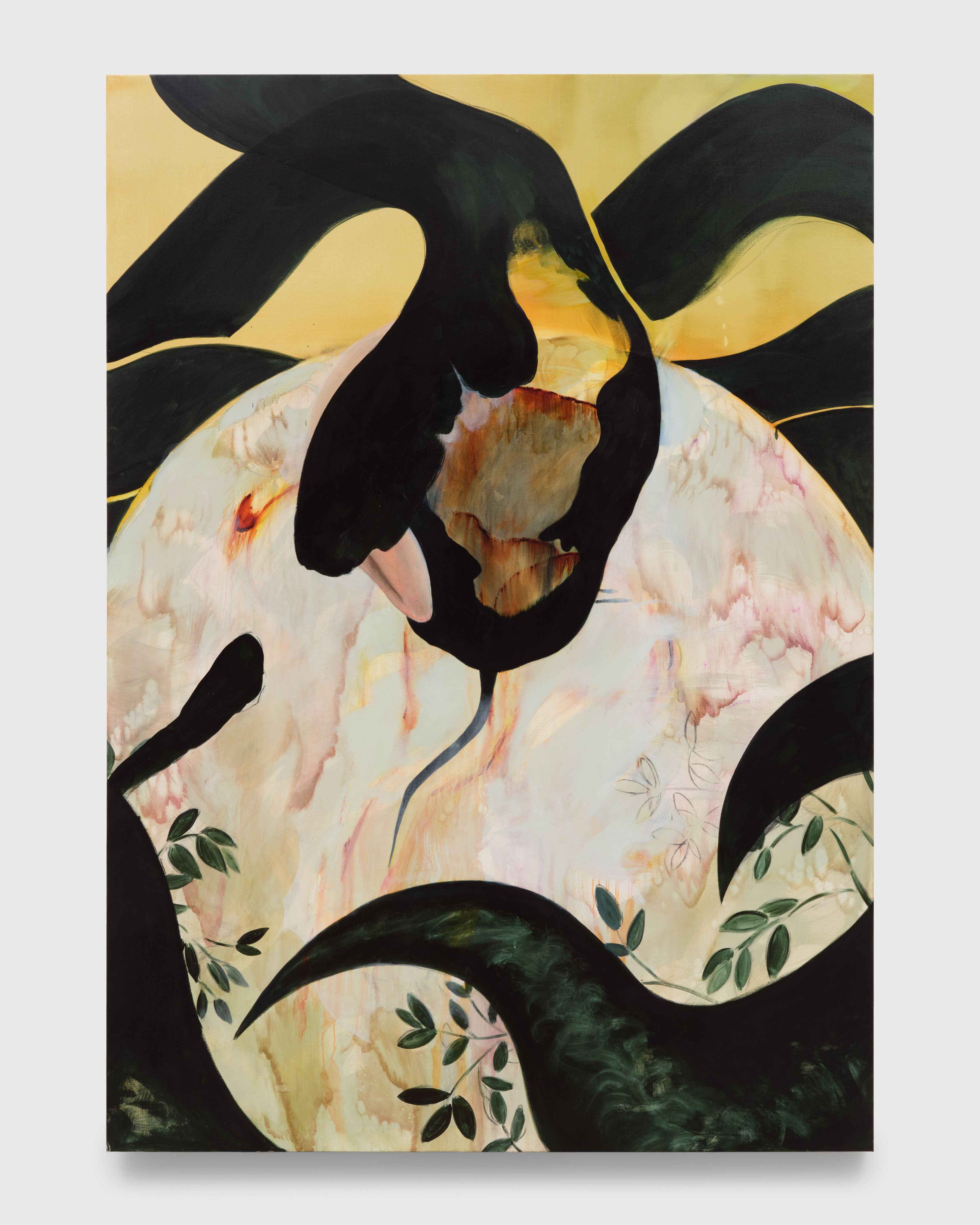
Oil on linen
227.6 x 162.2 cm
Image courtesy of BLUM Gallery. Photo: Hannah Mjølsnes.
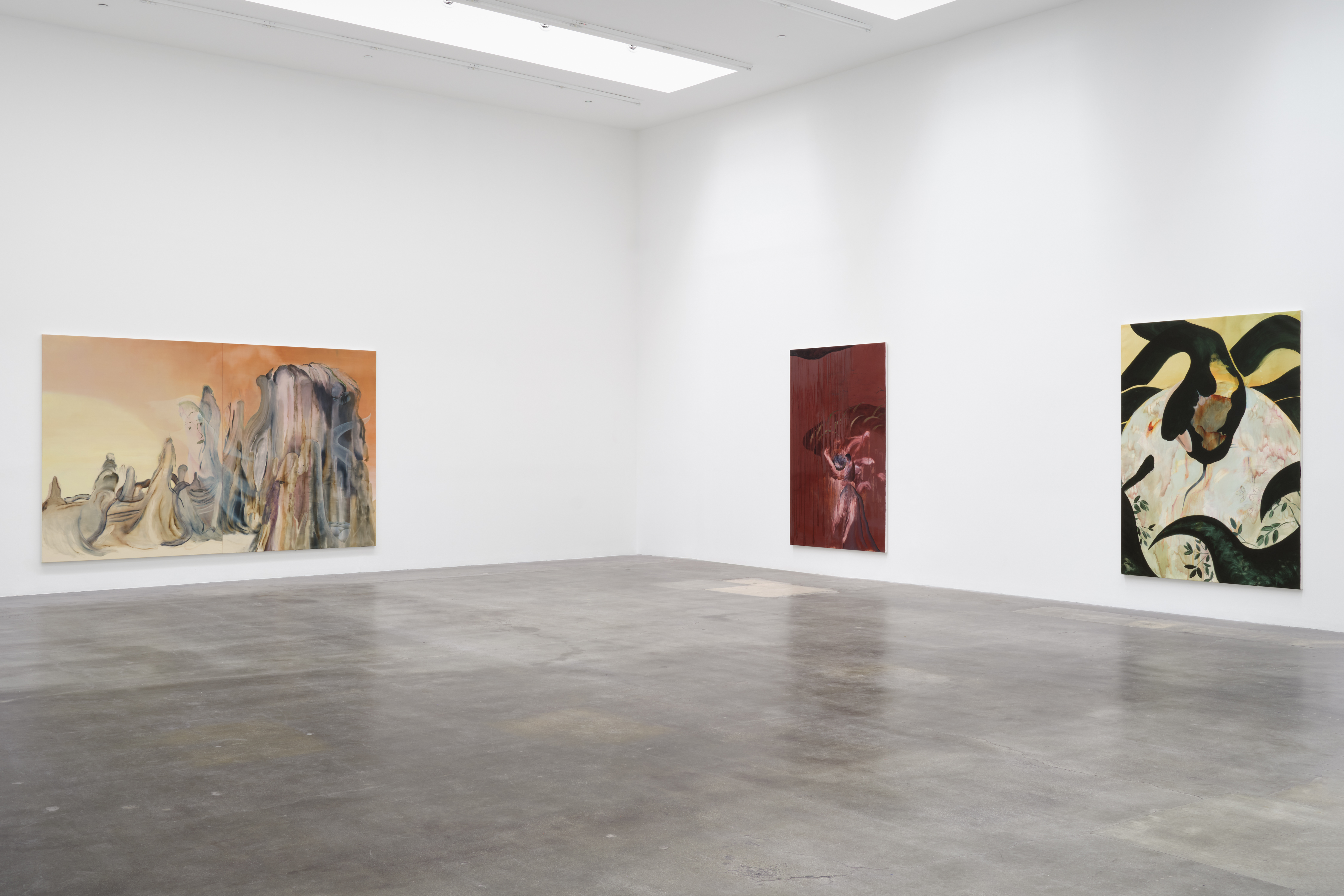
Installation view of “koworo-koworo”, BLUM Gallery, Los Angeles, 2024. Image courtesy of BLUM Gallery. Photo: Hannah Mjølsnes.
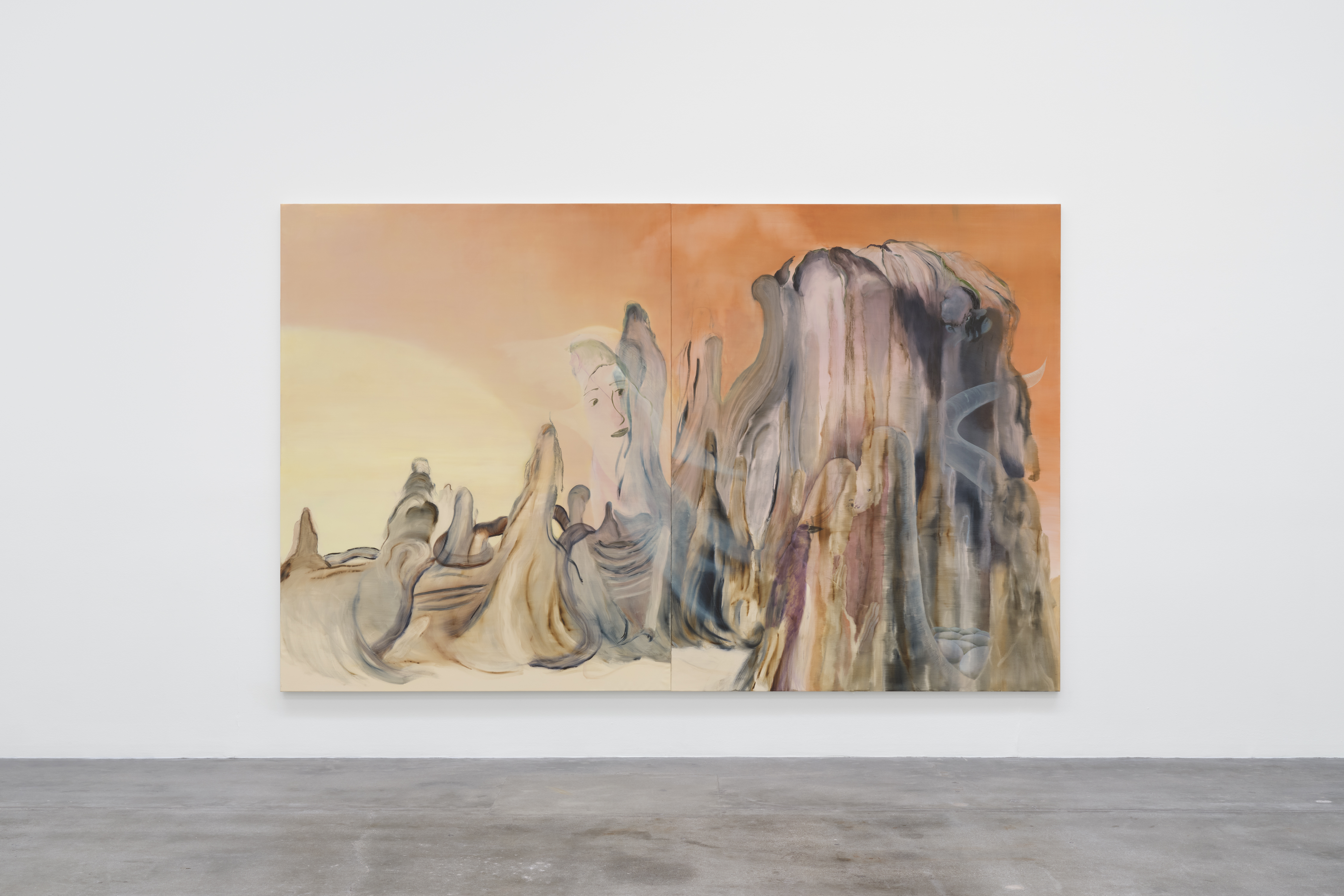
Oil on linen
Two parts; 227.6 x 363.8 cm
Image courtesy of BLUM Gallery. Photo: Hannah Mjølsnes.

Installation view, ‘Field, Force, Surface’ at Kiang Malingue, Tin Wan, Hong Kong, 2022
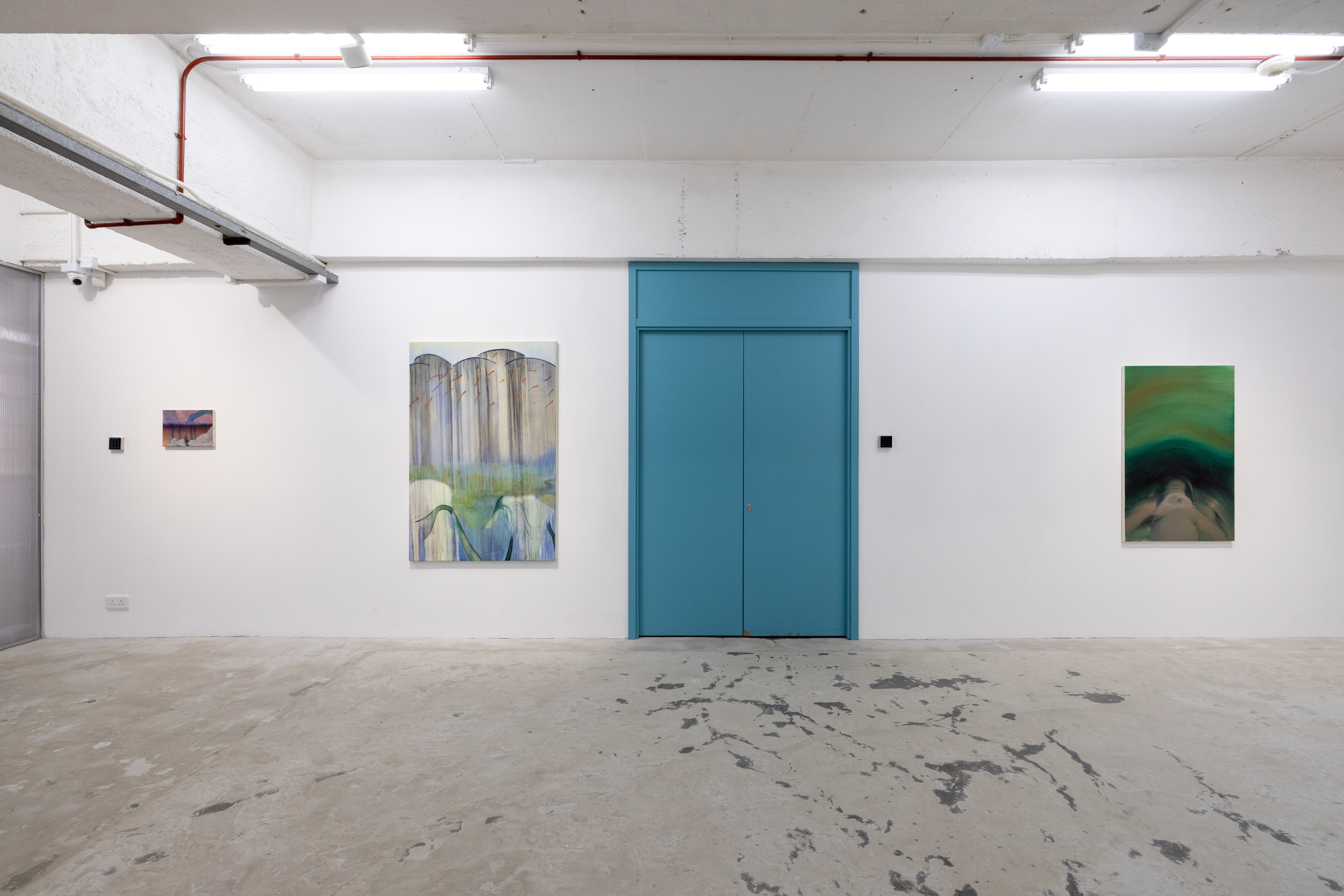
Installation view, ‘Field, Force, Surface’ at Kiang Malingue, Tin Wan, Hong Kong, 2022
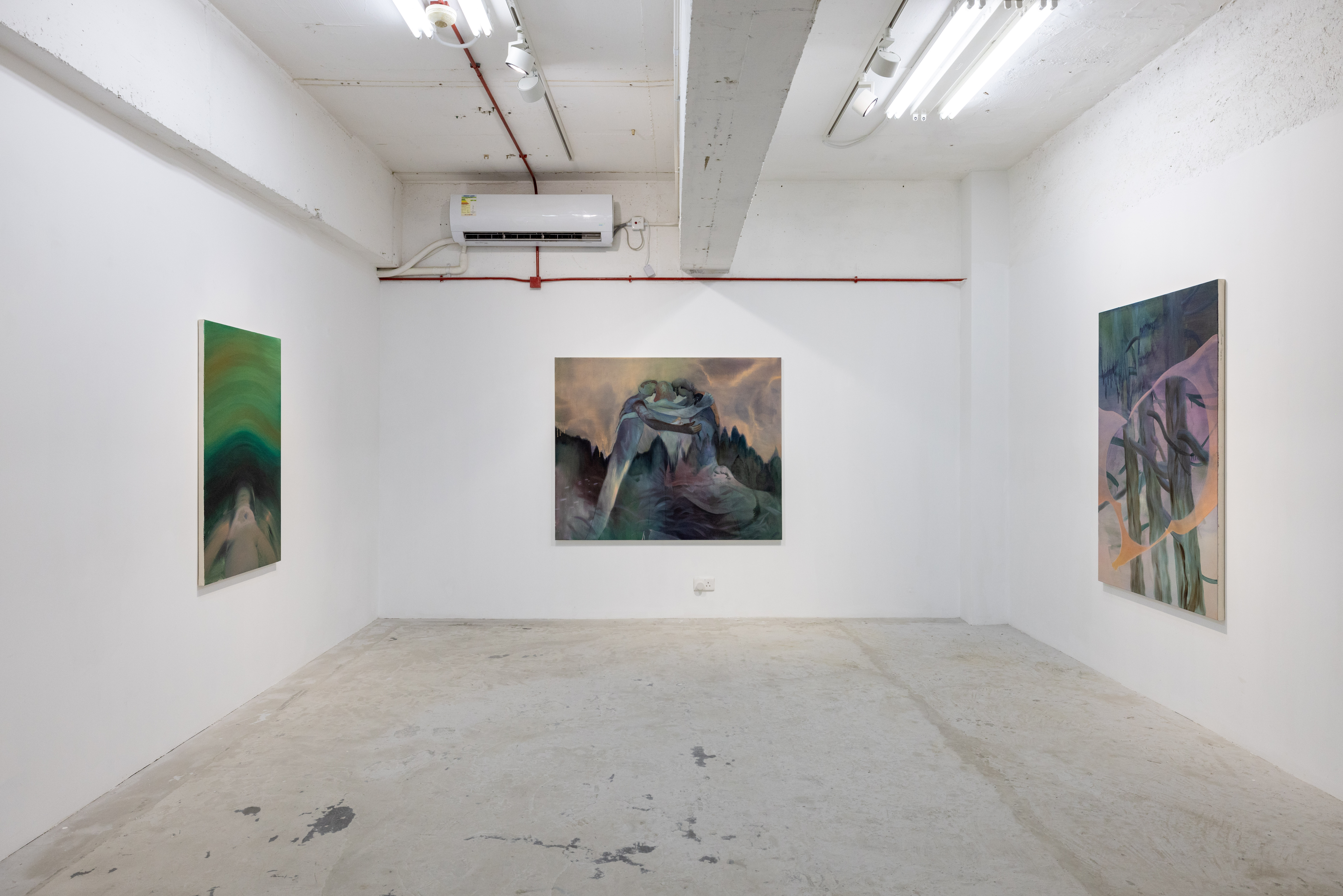
Installation view, ‘Field, Force, Surface’ at Kiang Malingue, Tin Wan, Hong Kong, 2022
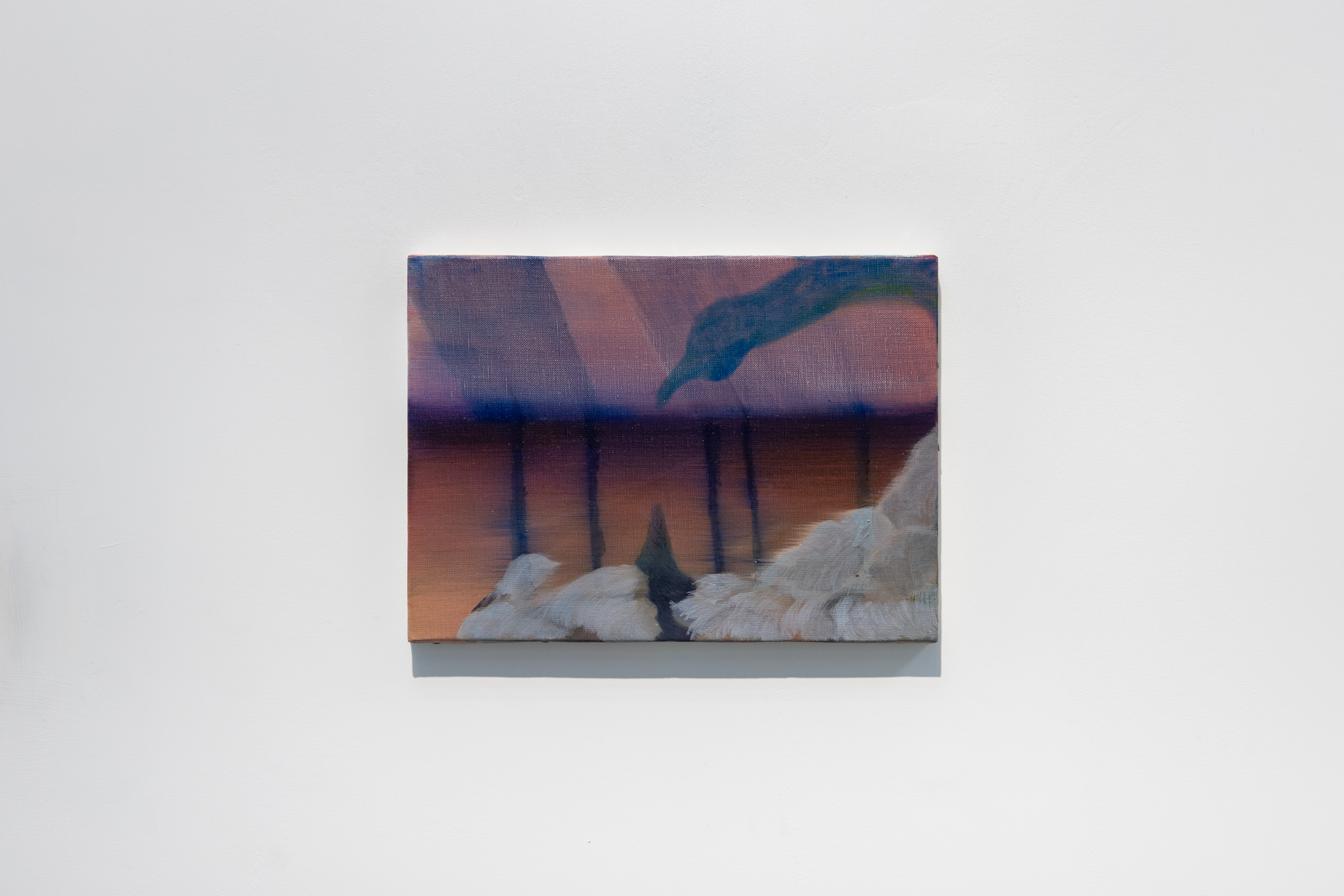
Oil on linen
24 x 33 cm
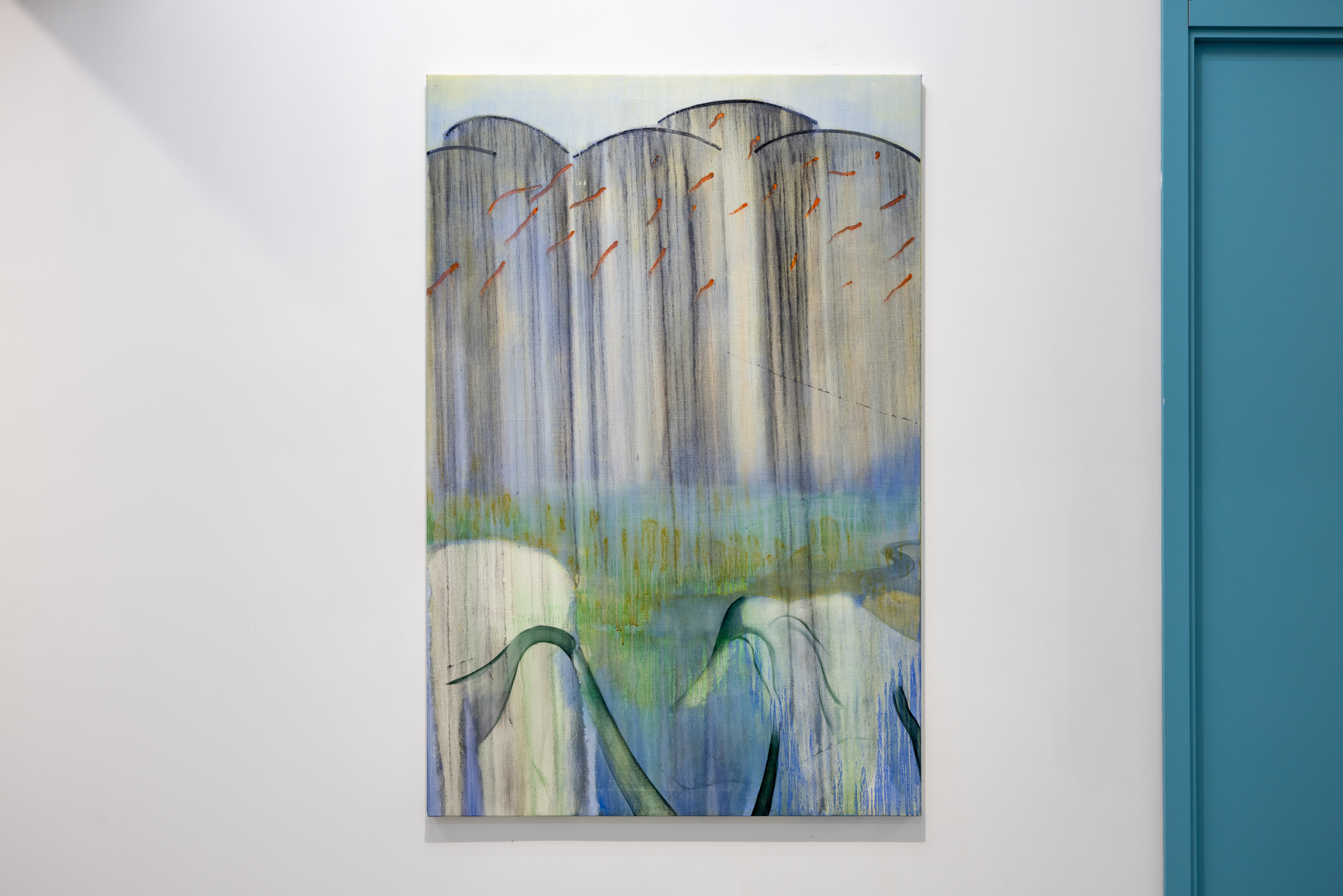
Oil on linen
145.5 x 97 cm
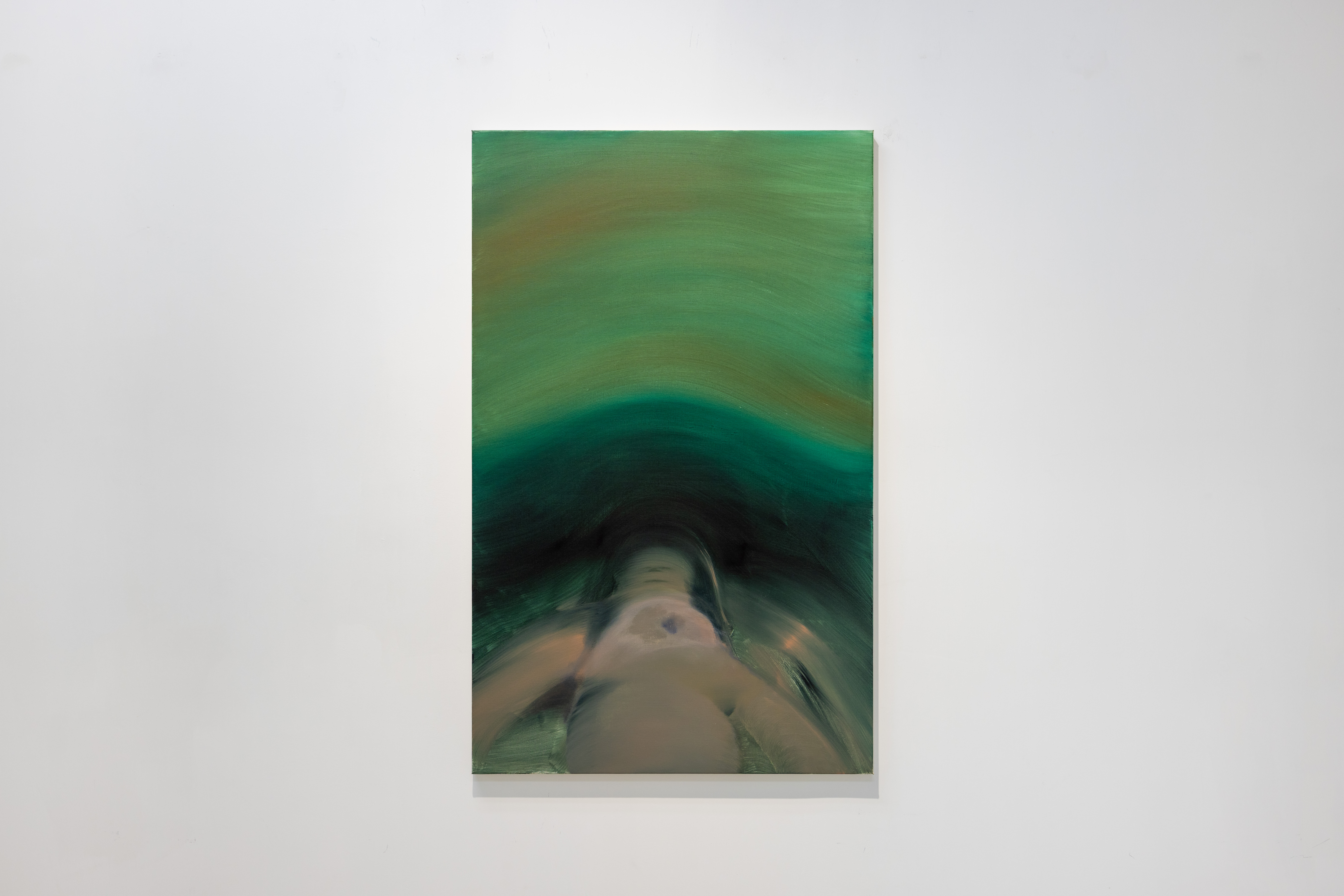
Oil on linen
116.5 x 72.5 cm
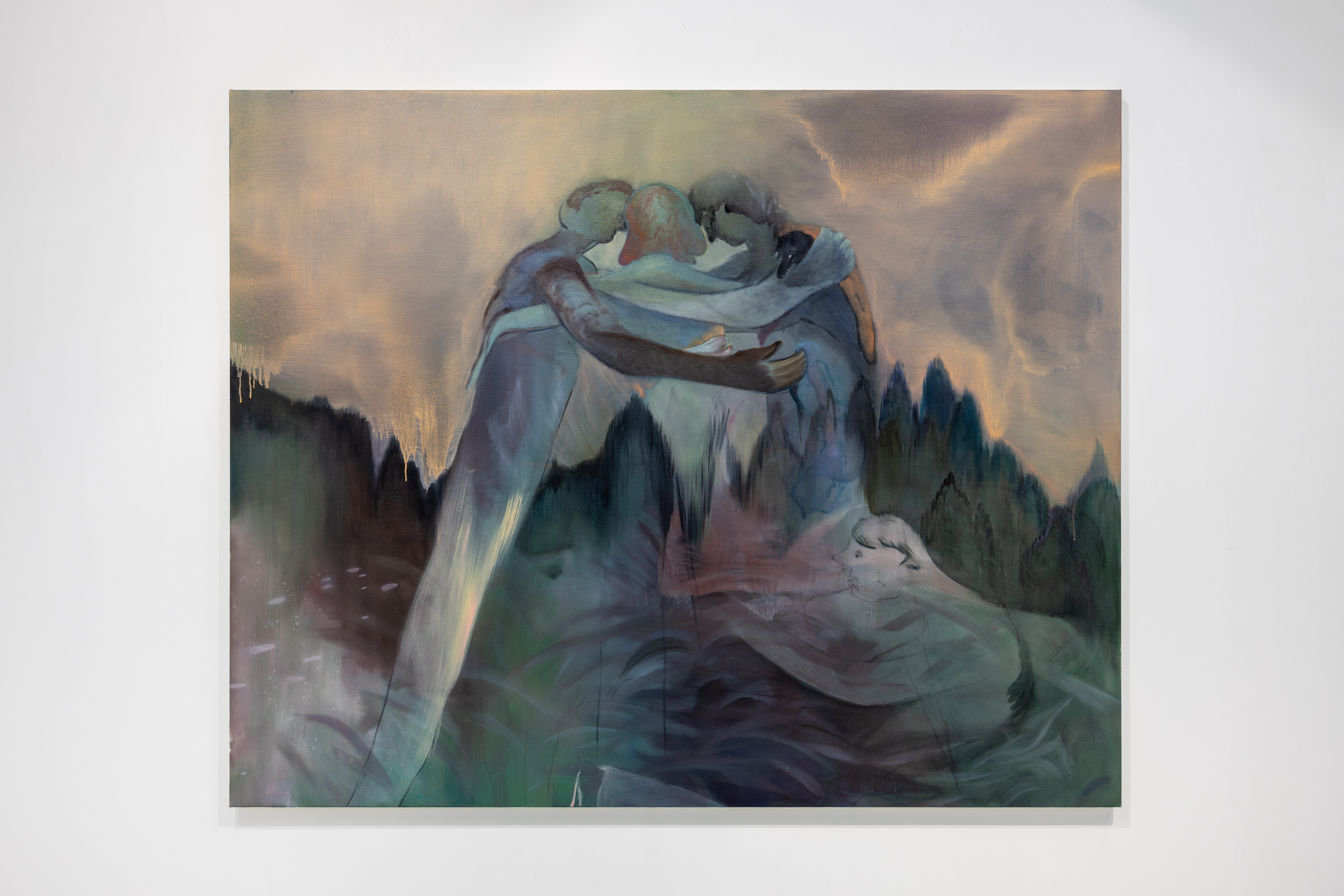
Oil on linen
130 x 162 cm
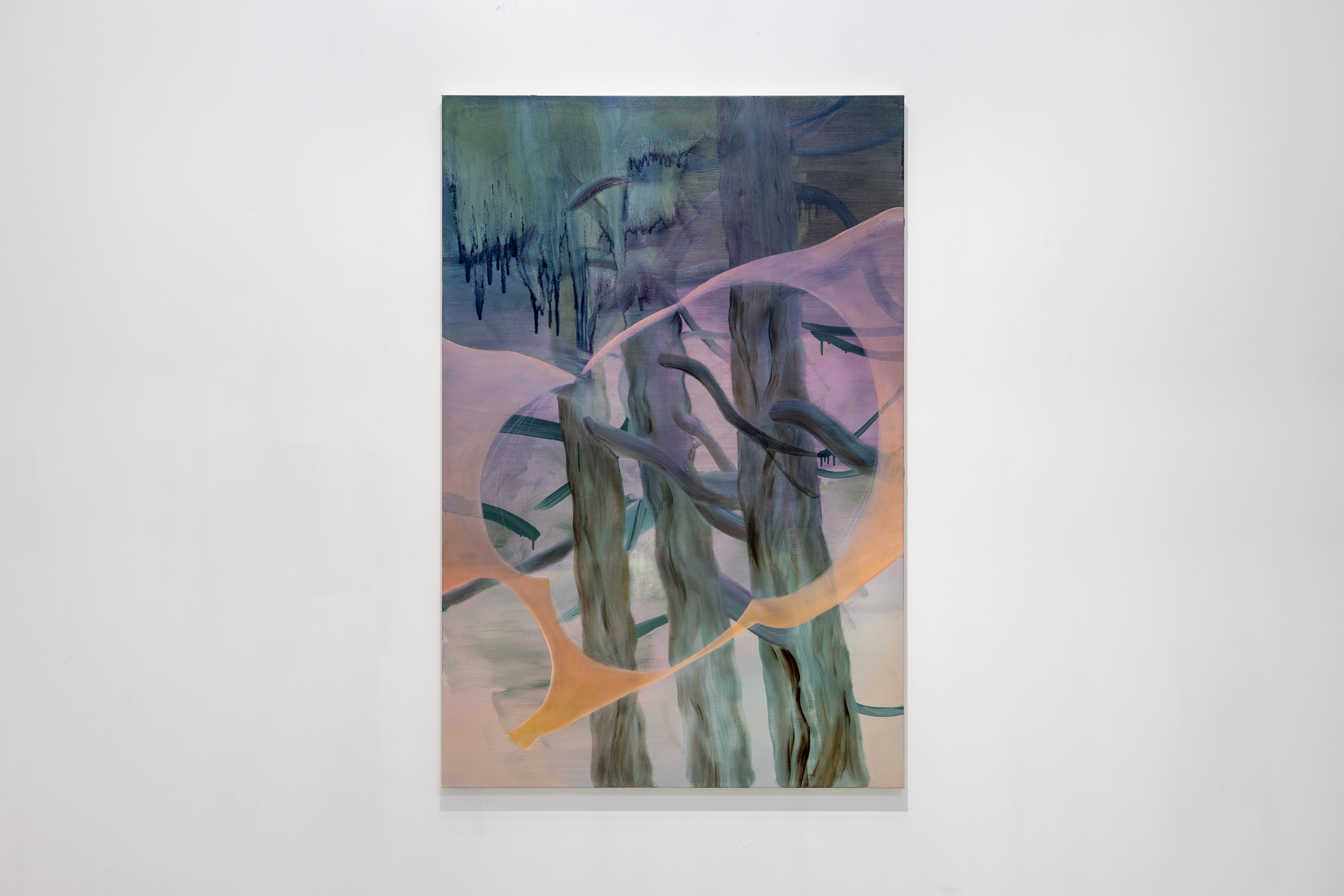
Oil on linen
145.5 x 97 cm
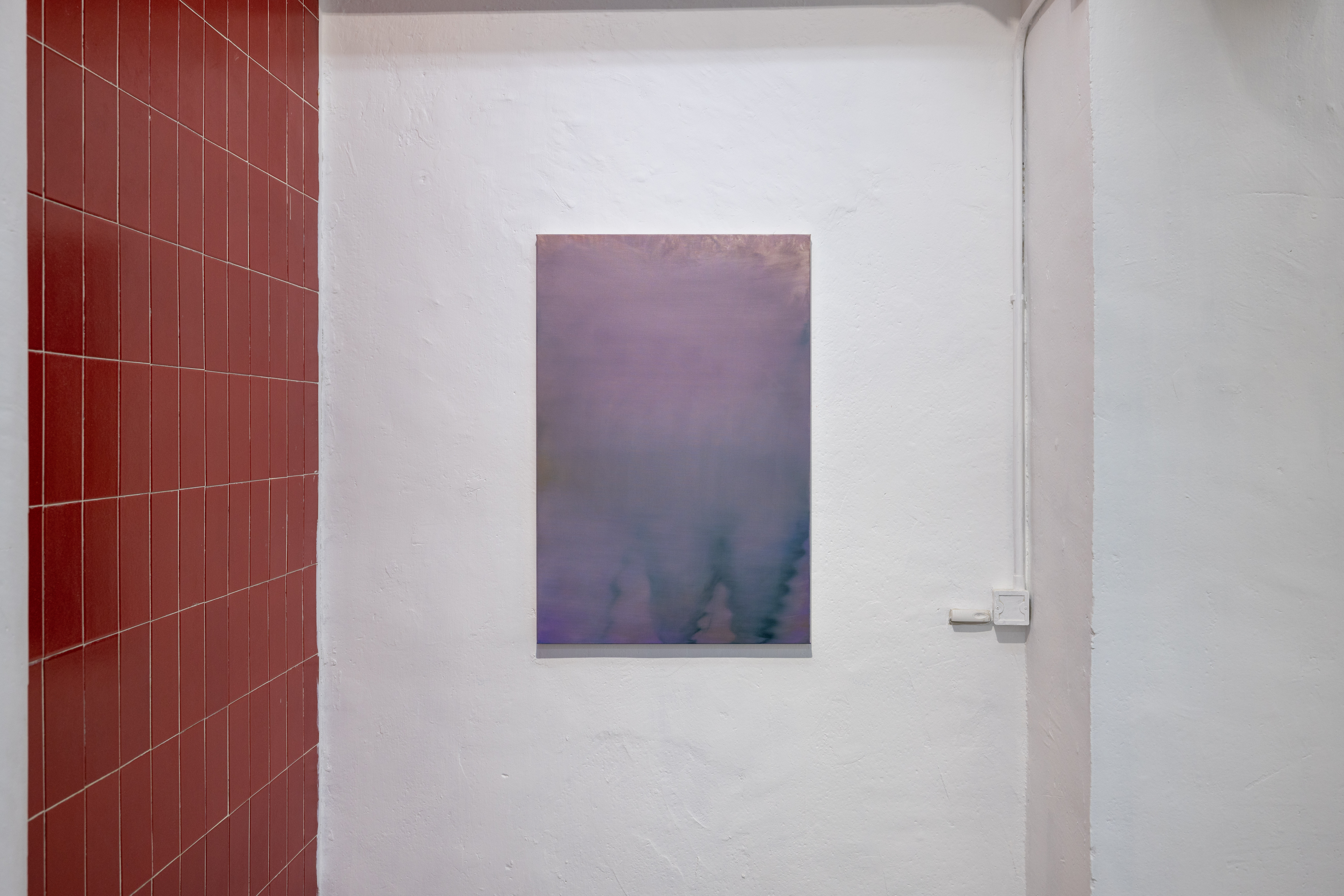
Oil on linen
91 x 60.5 cm

Oil on linen
97 x 291 cm
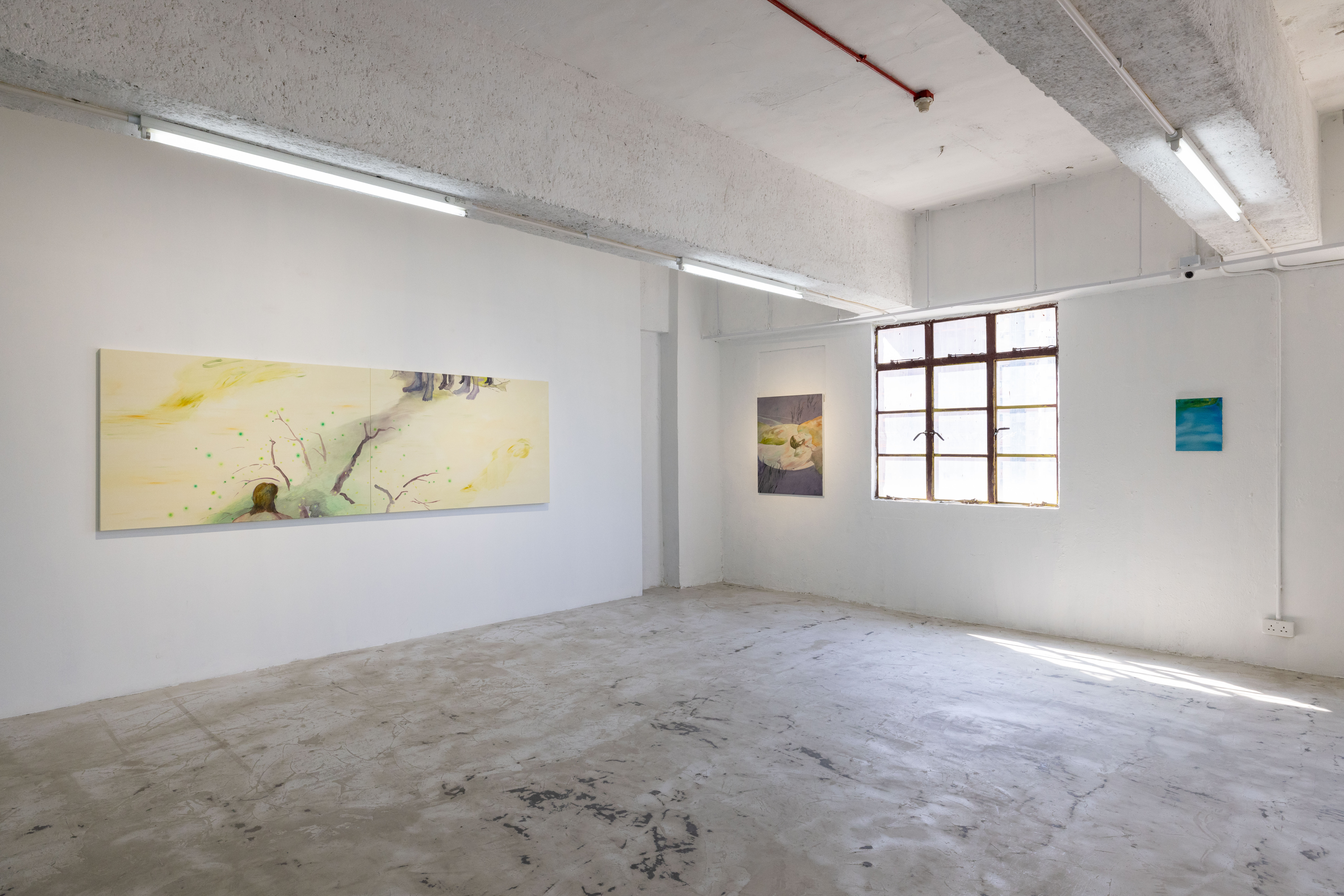
Installation view, ‘Field, Force, Surface’ at Kiang Malingue, Tin Wan, Hong Kong, 2022
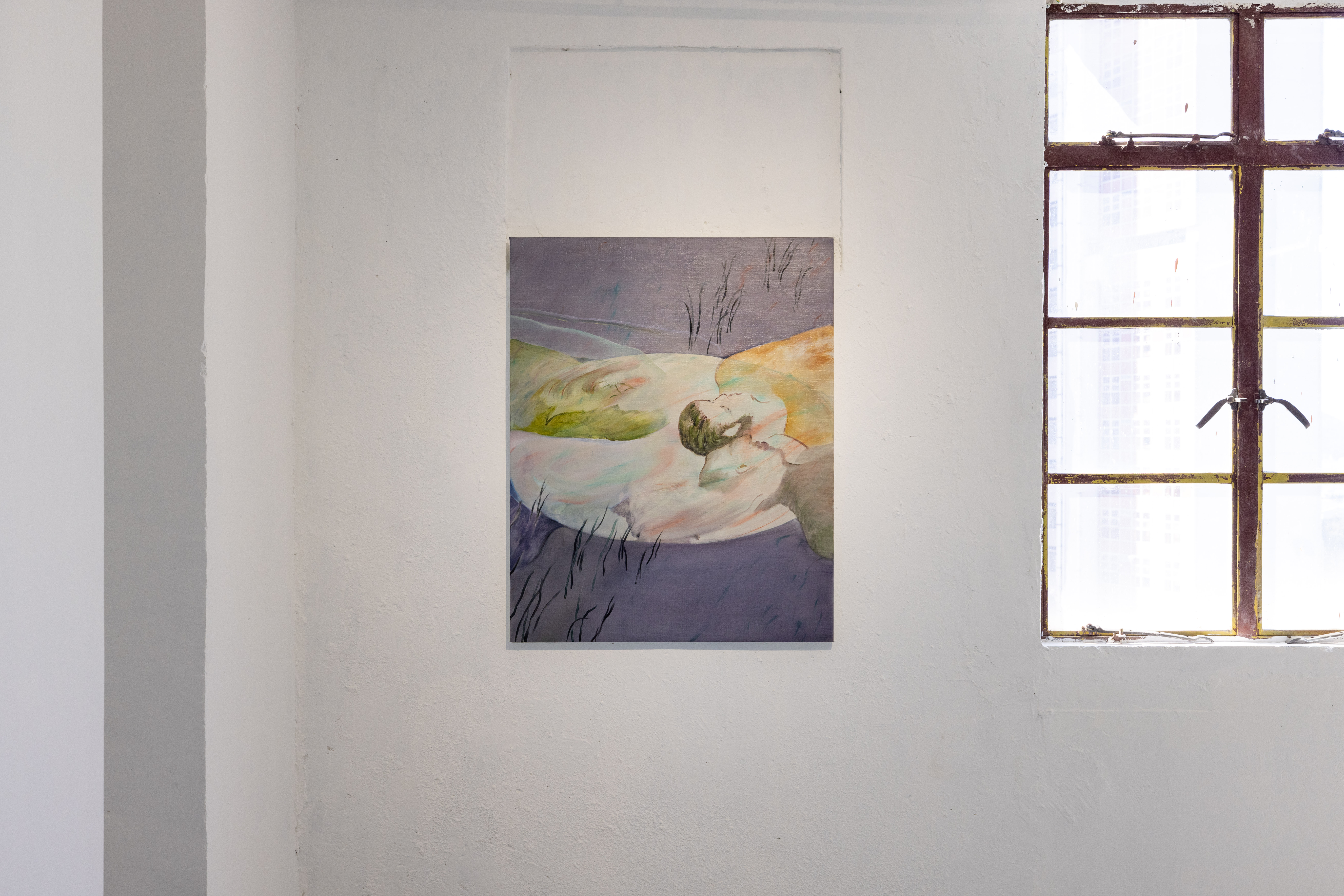
Oil on linen
91 x 72.7 cm

Installation view, ‘Field, Force, Surface’ at Kiang Malingue, Tin Wan, Hong Kong, 2022
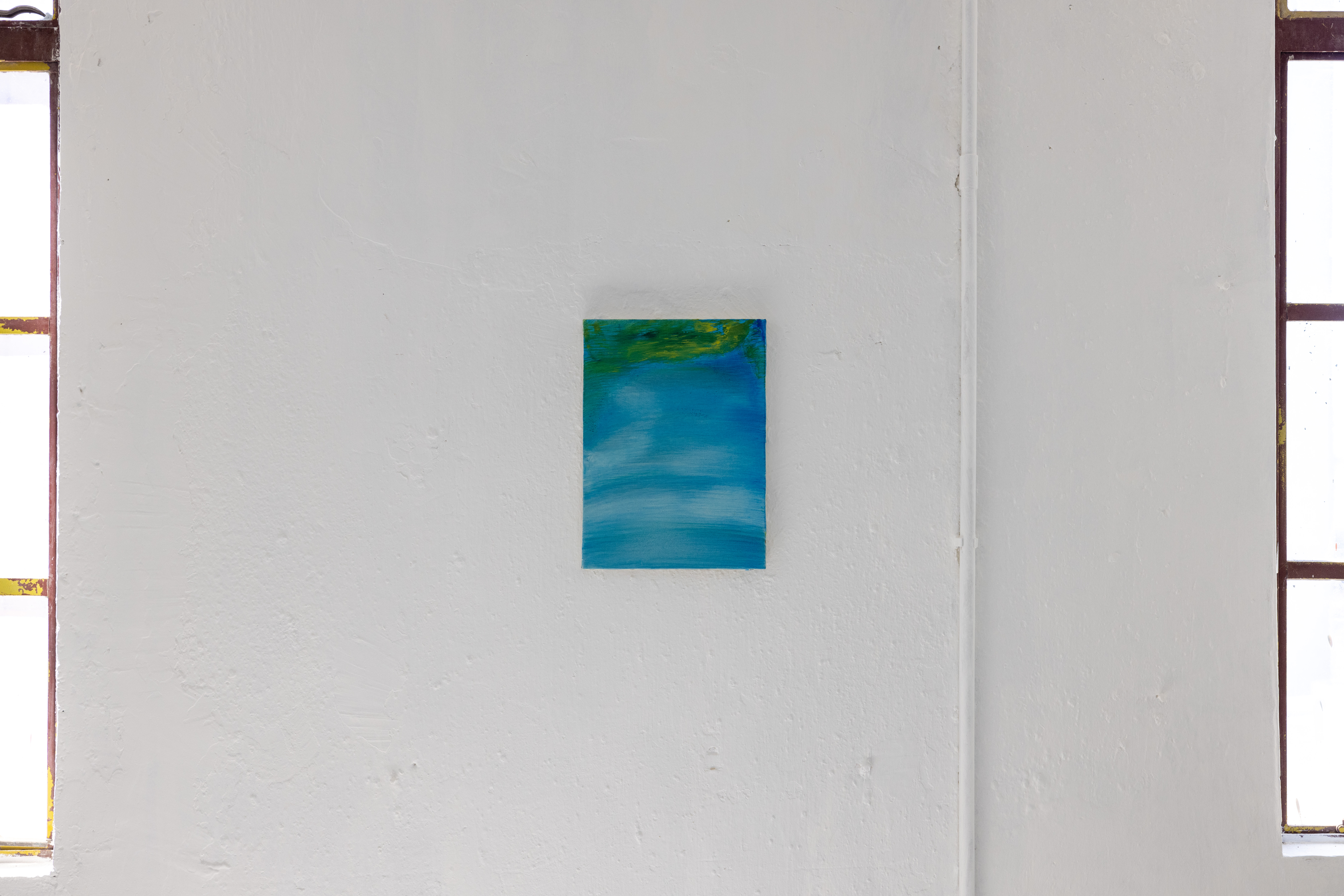
Oil on linen
33 x 24 cm
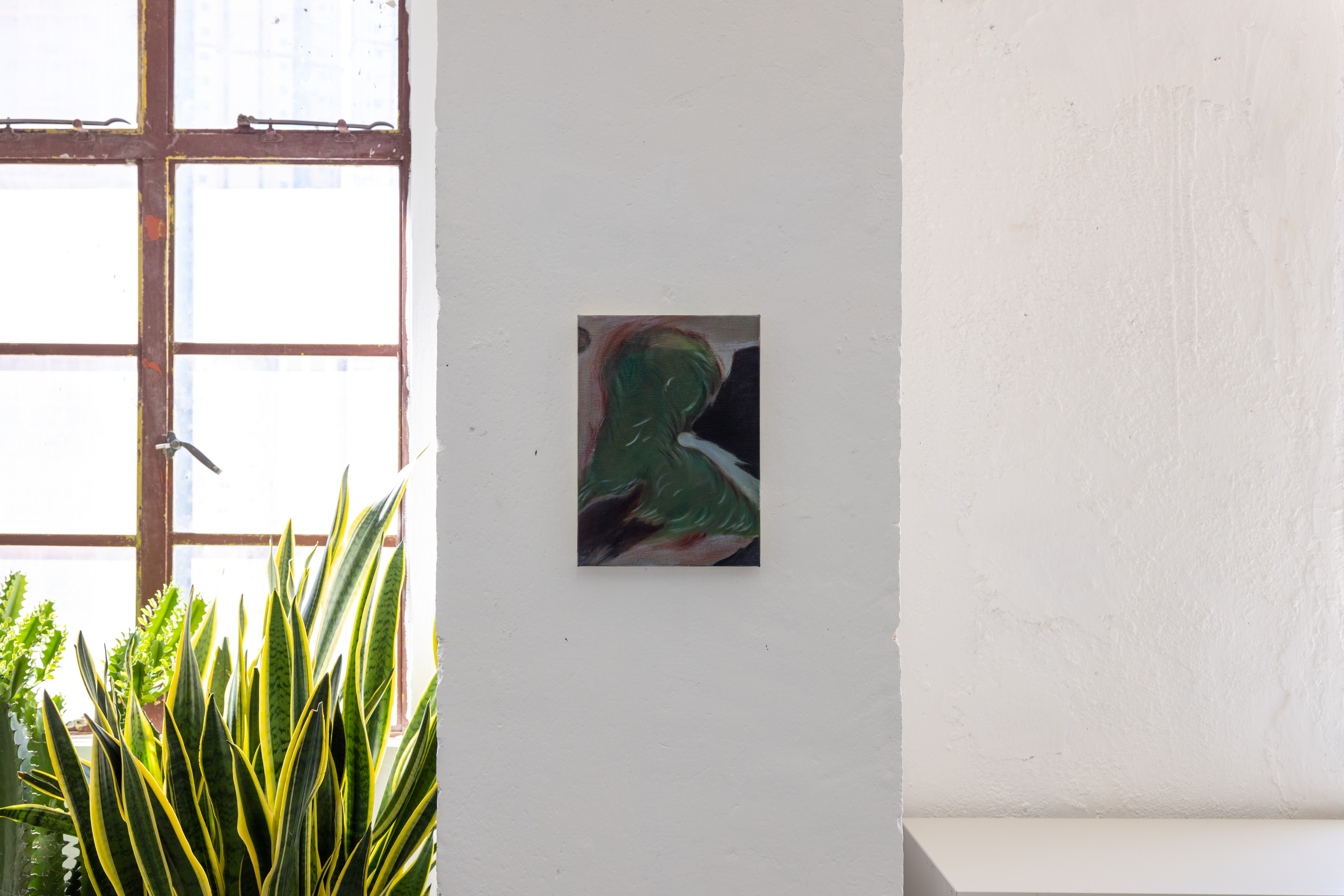
Oil on linen
33 x 24 cm

Oil on canvas
136 x 145 cm
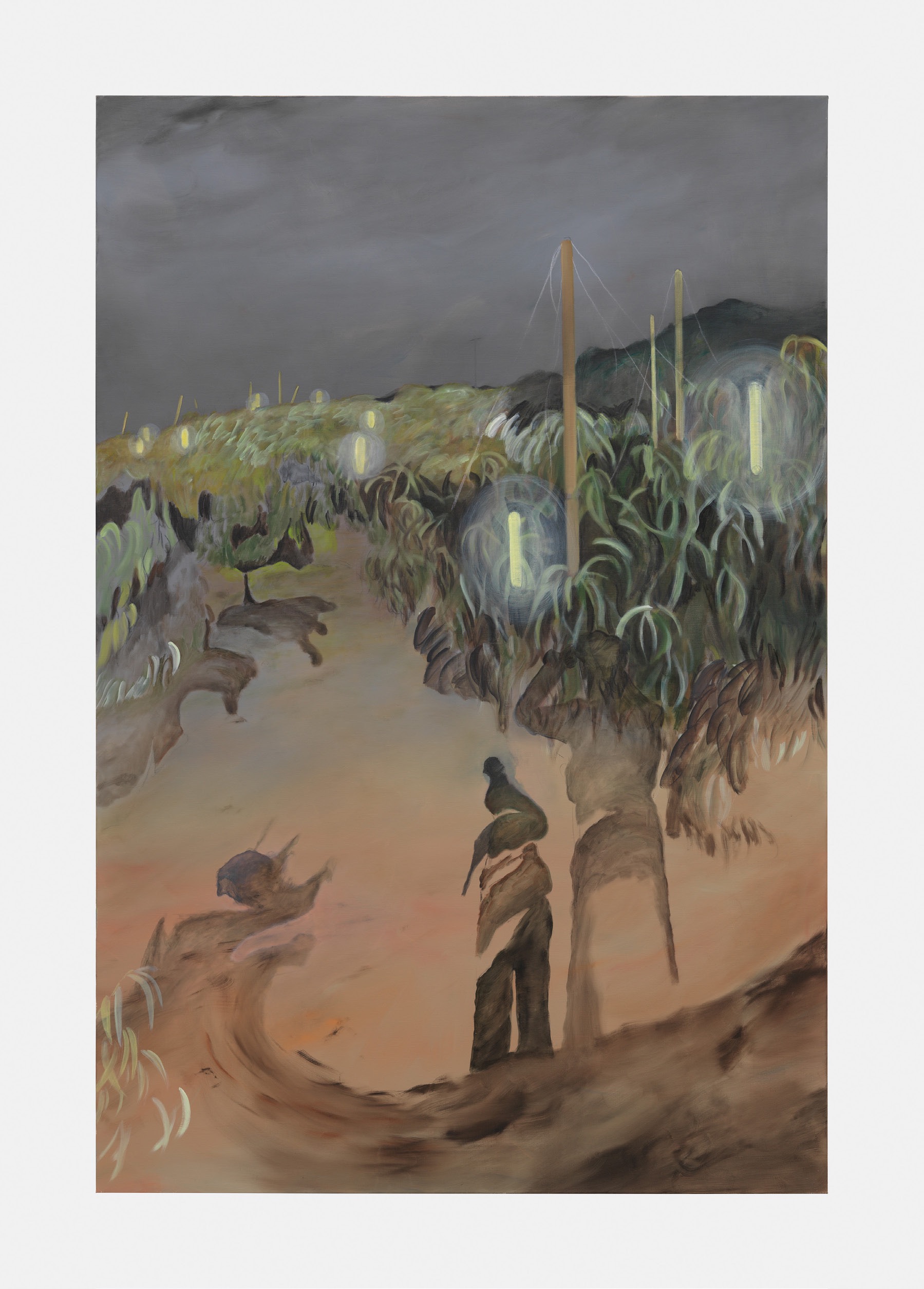
Oil on linen
194 × 130.5 cm
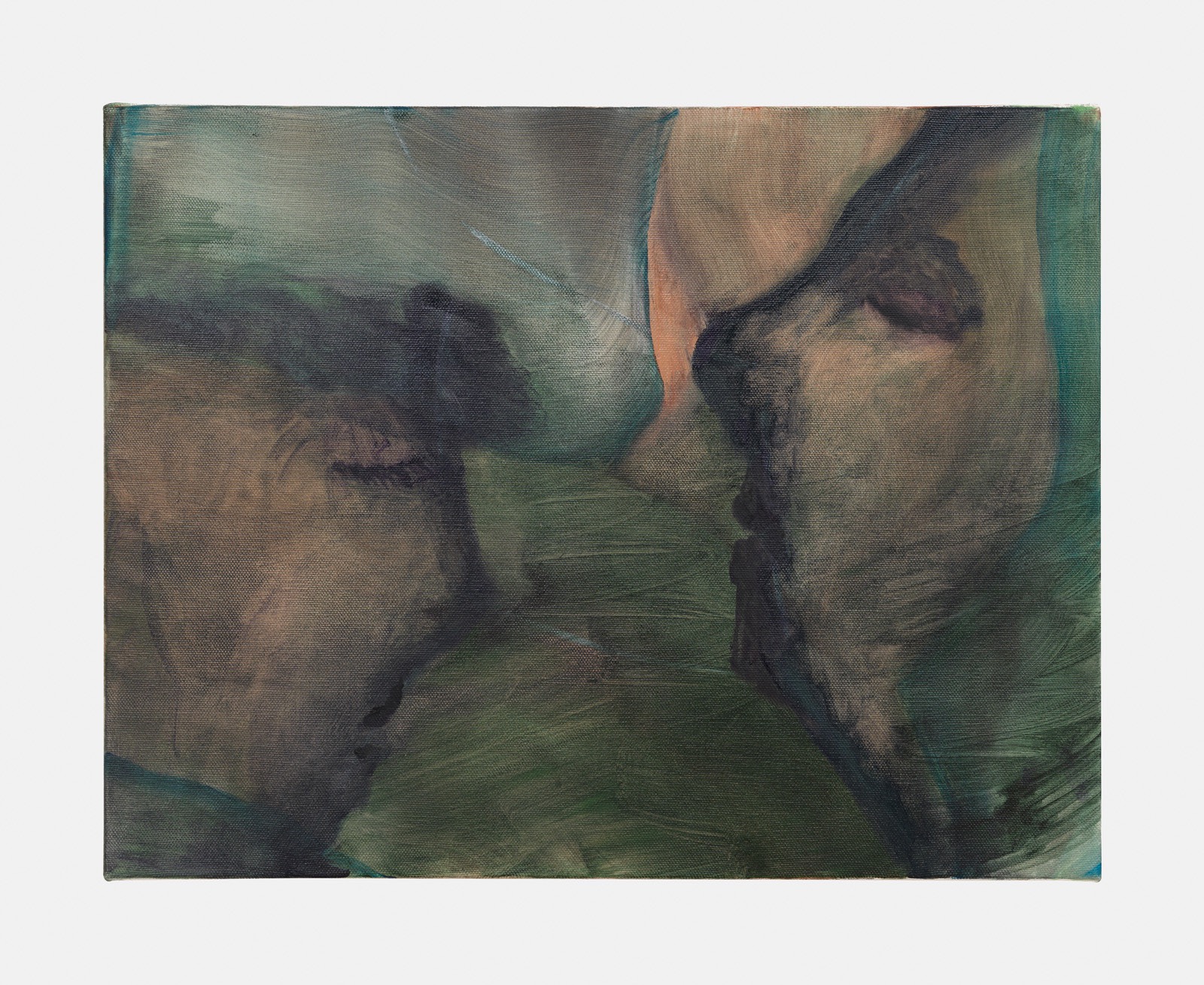
Oil on linen
32 × 41 cm
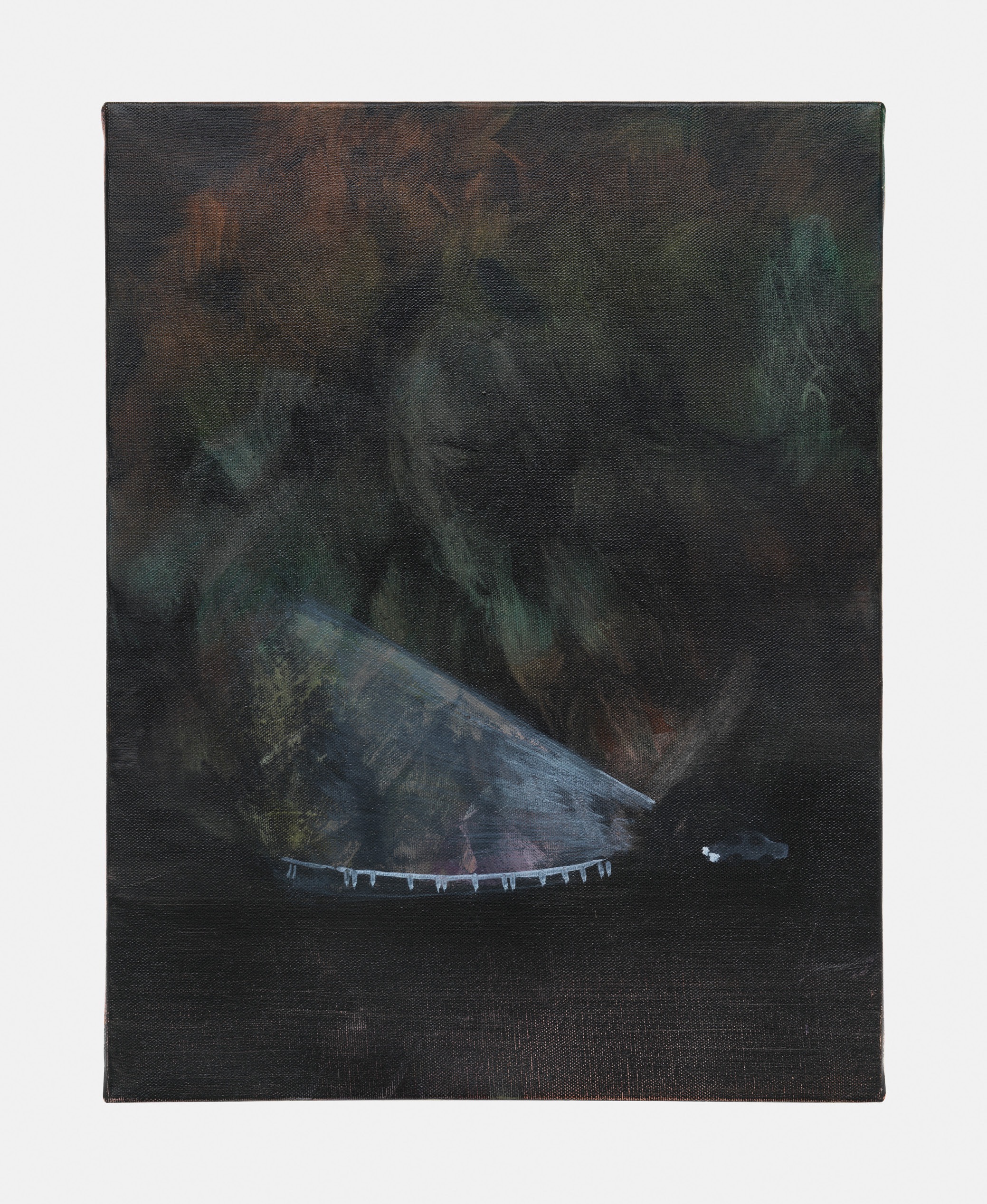
Oil on linen
41 × 32 cm

Oil on linen
45.5 × 33 cm
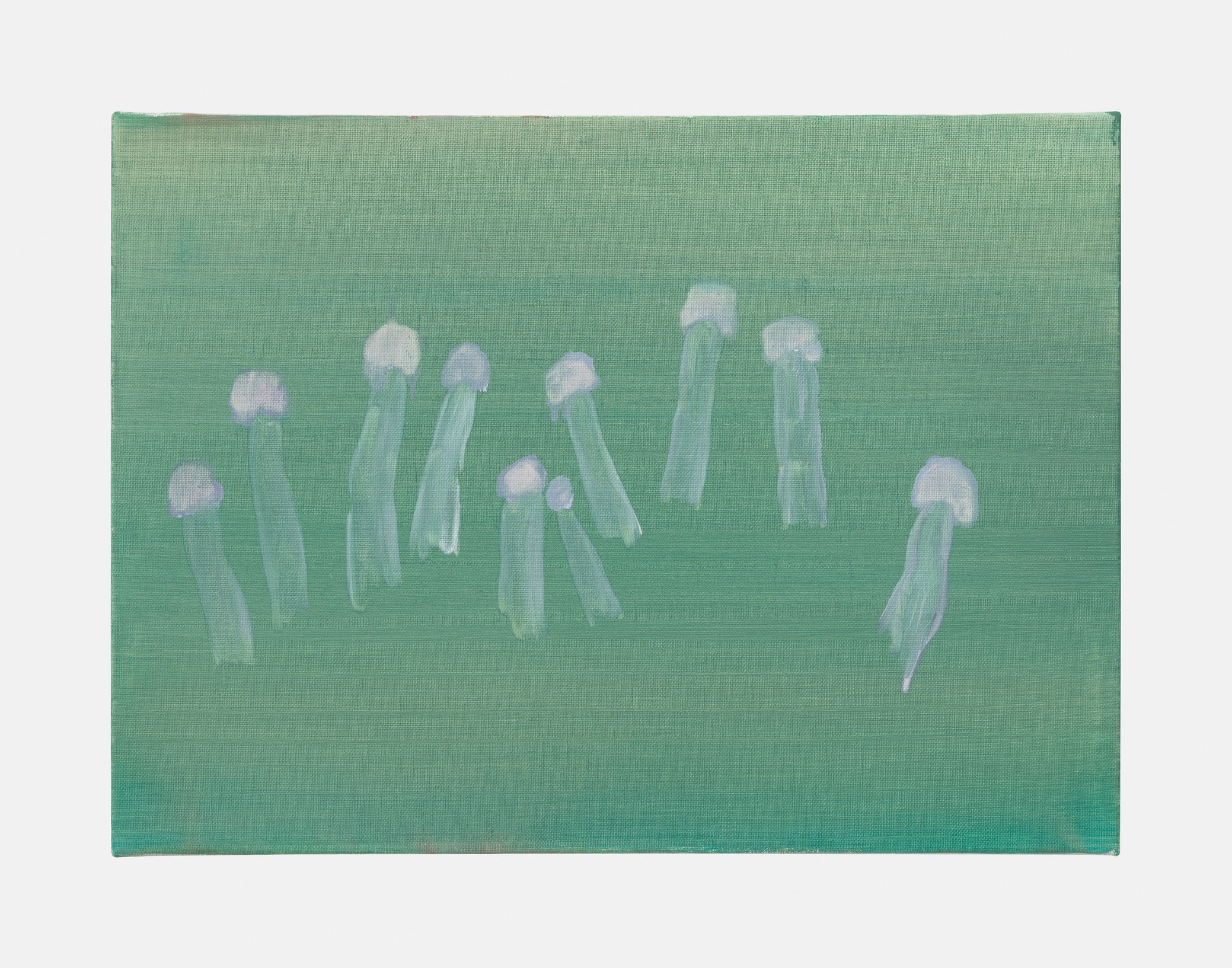
Oil on linen
33 × 45.5 cm
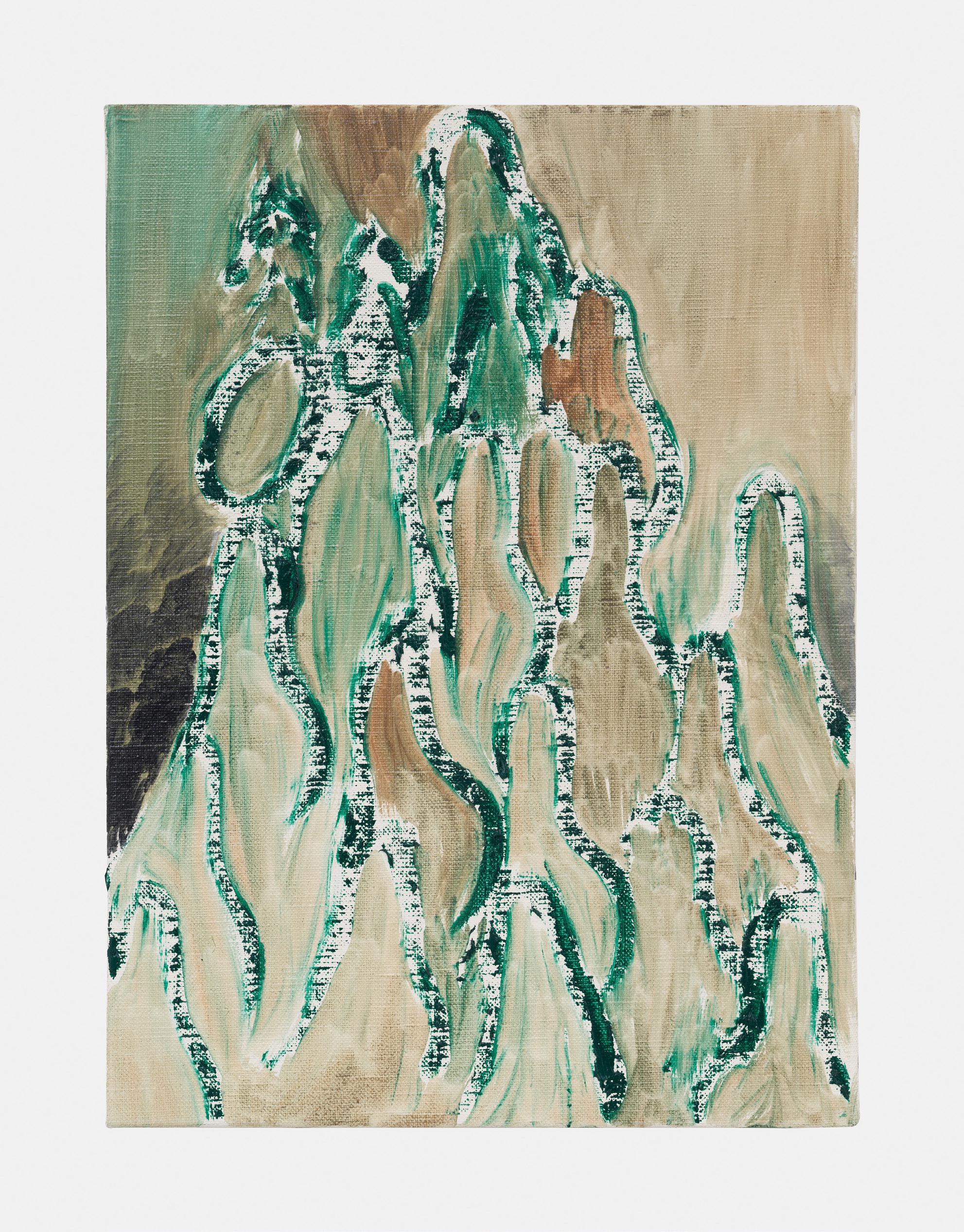
Oil on linen
33 × 24 cm
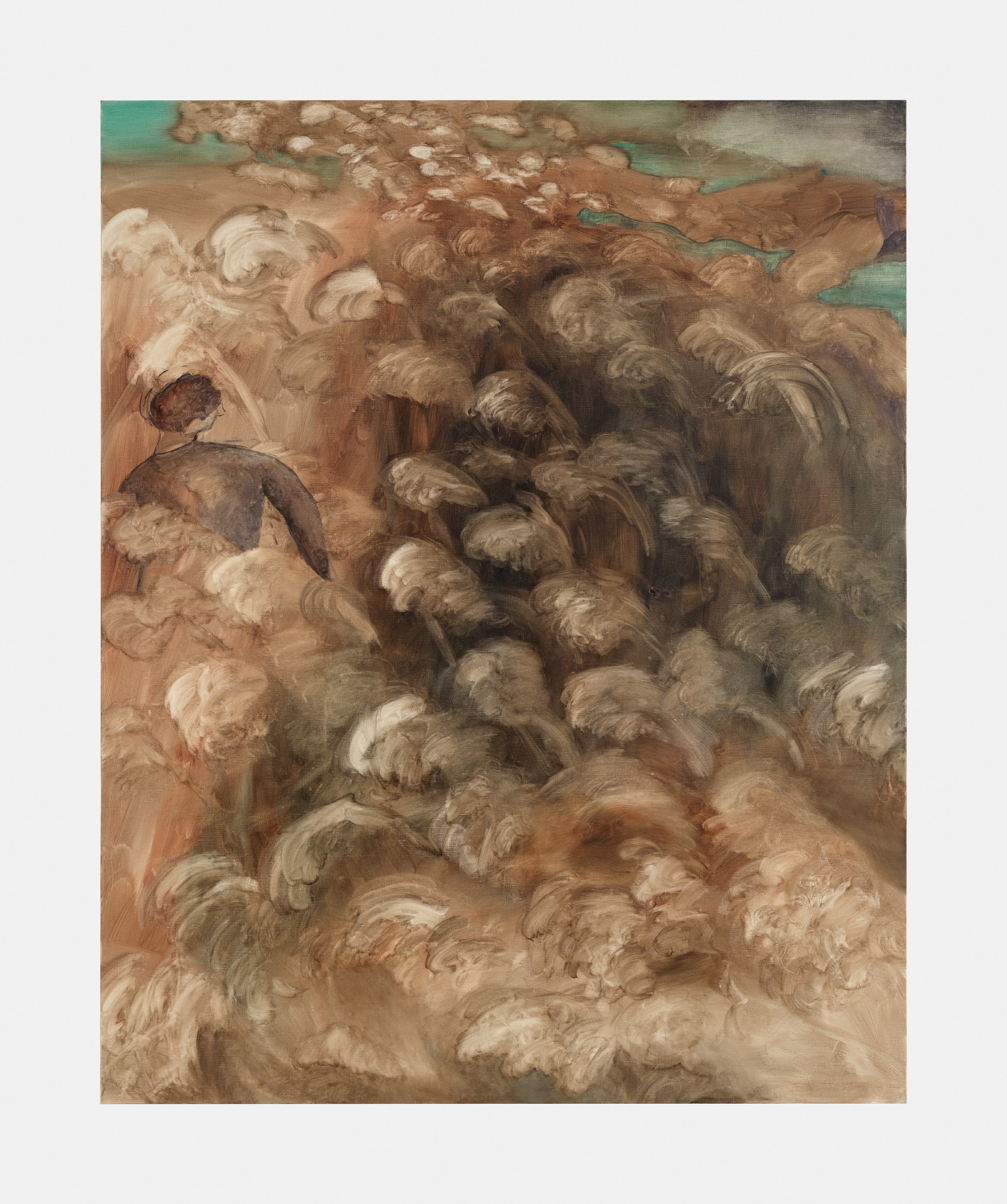
Oil on linen
136 × 145 cm
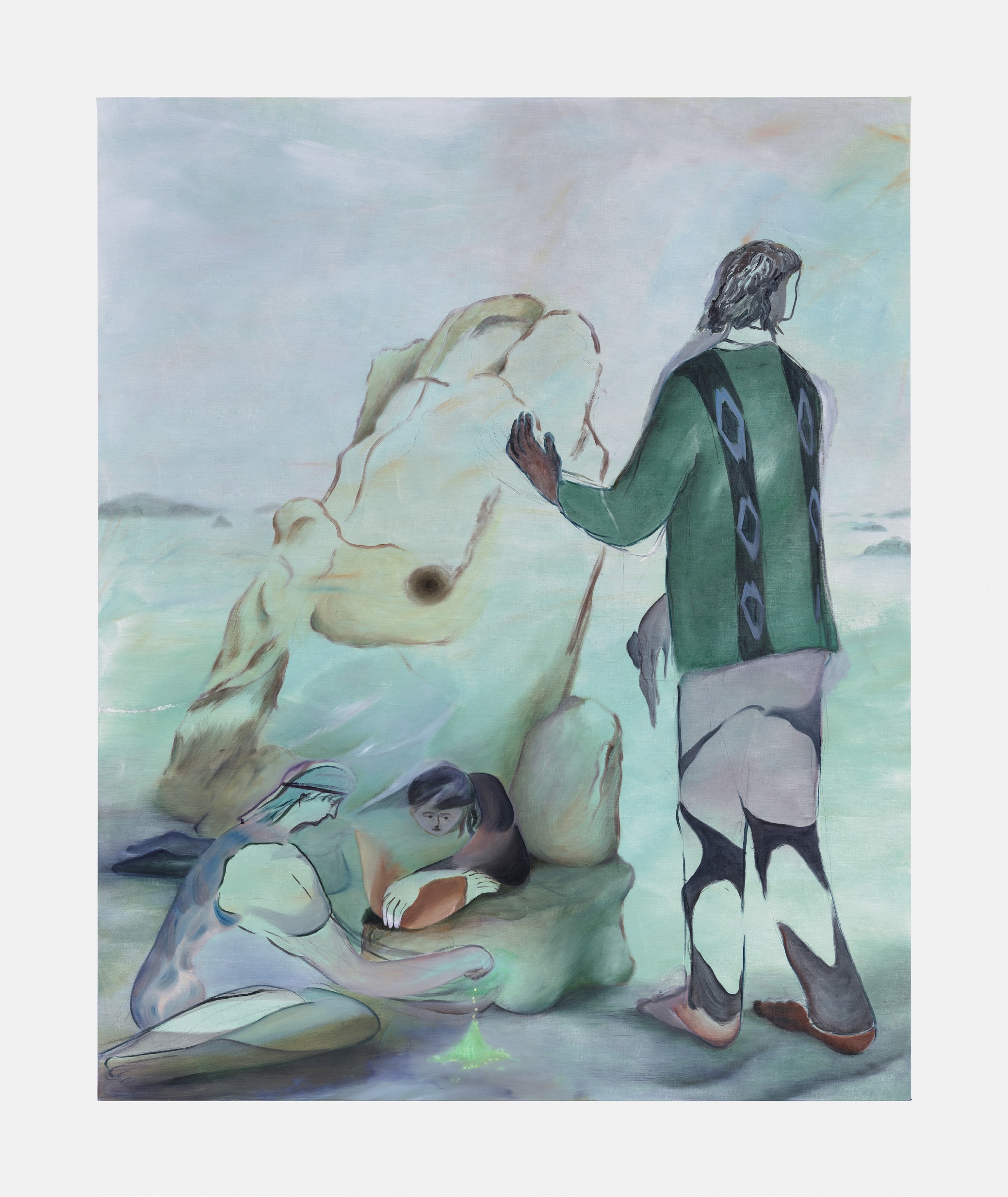
Oil on linen
162 × 130 cm
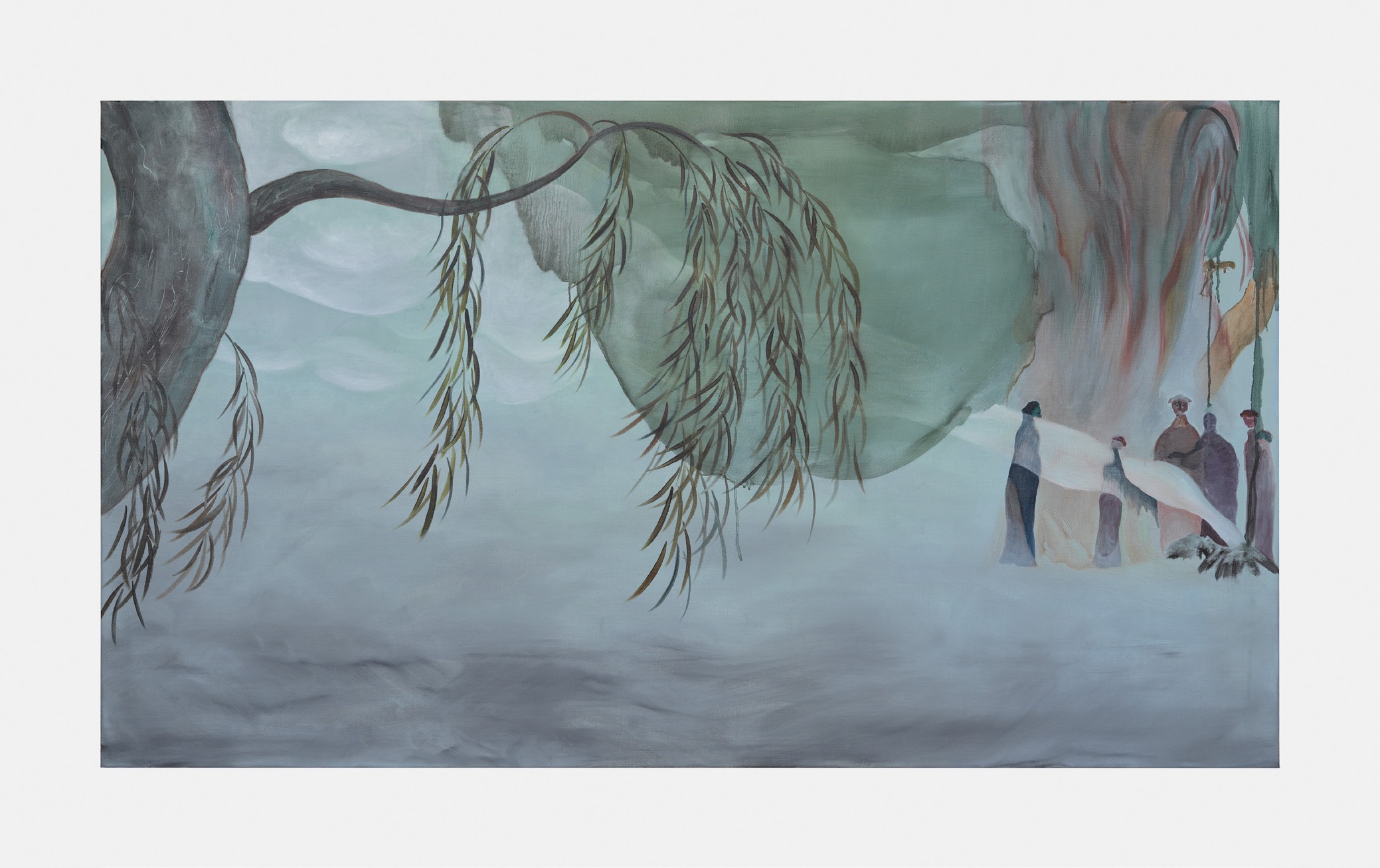
Oil on linen
112 × 194 cm
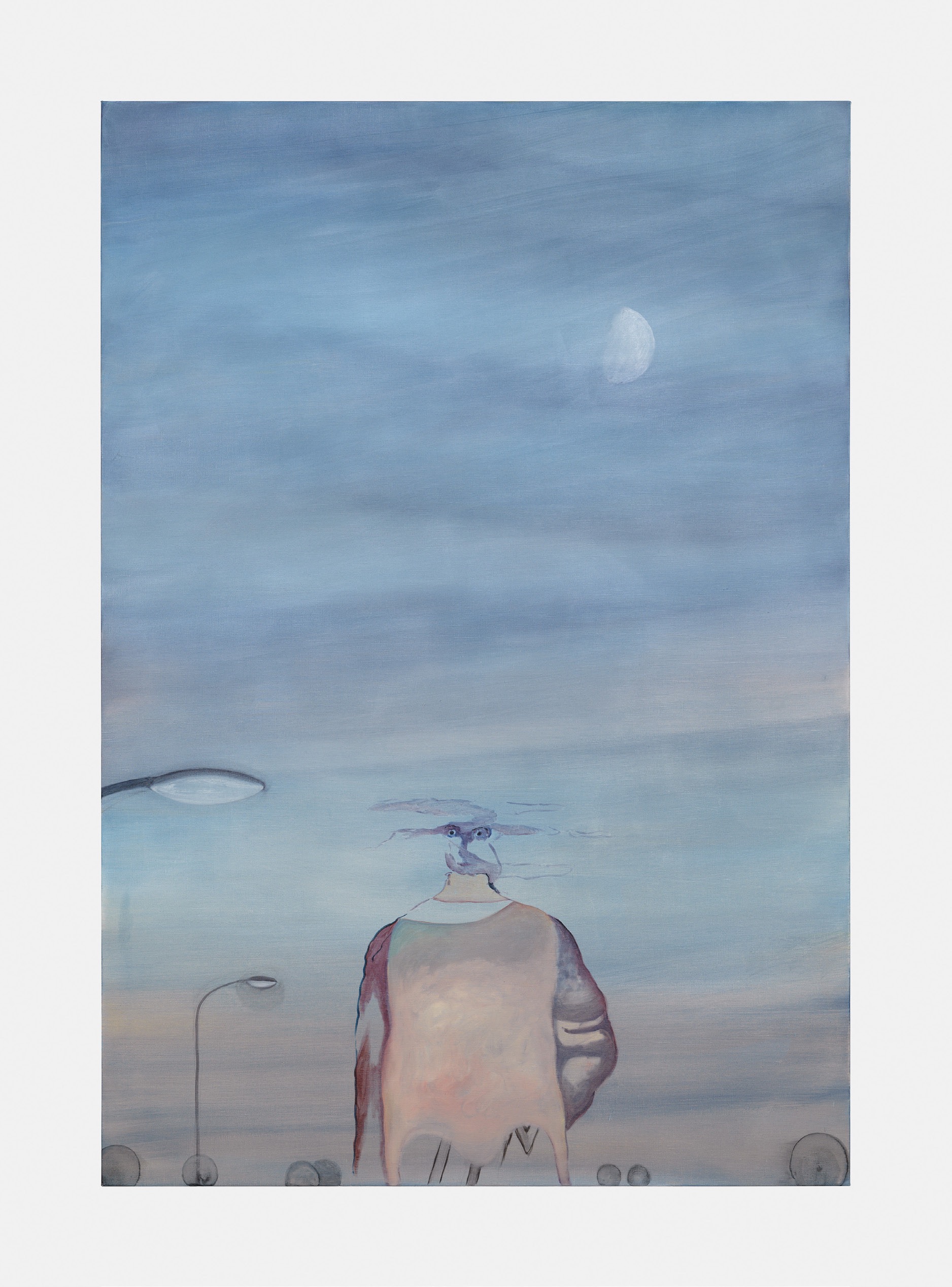
Oil on linen
162 × 112 cm

Oil on linen
130.5 × 130.5 cm
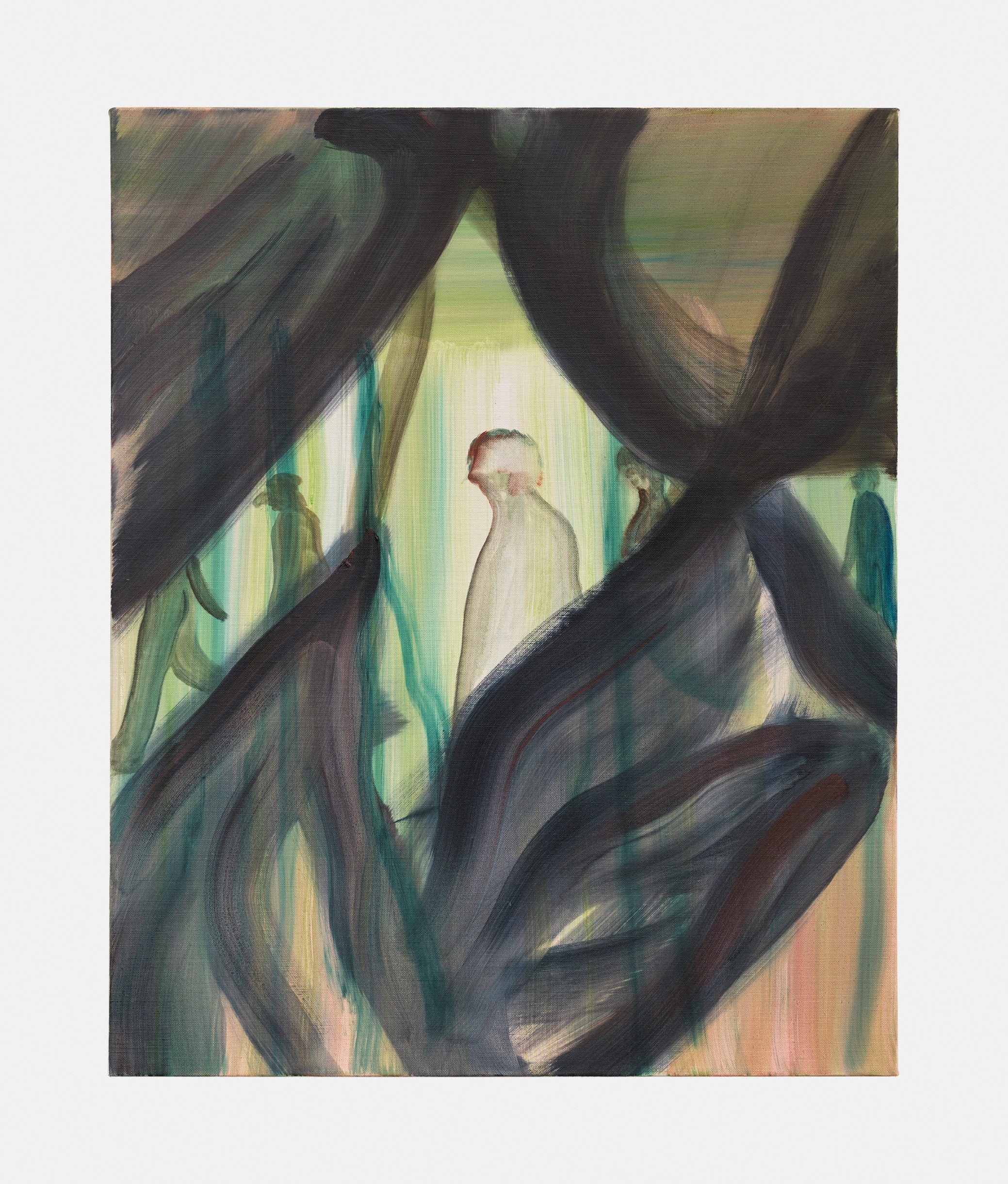
Oil on linen
65 × 52 cm
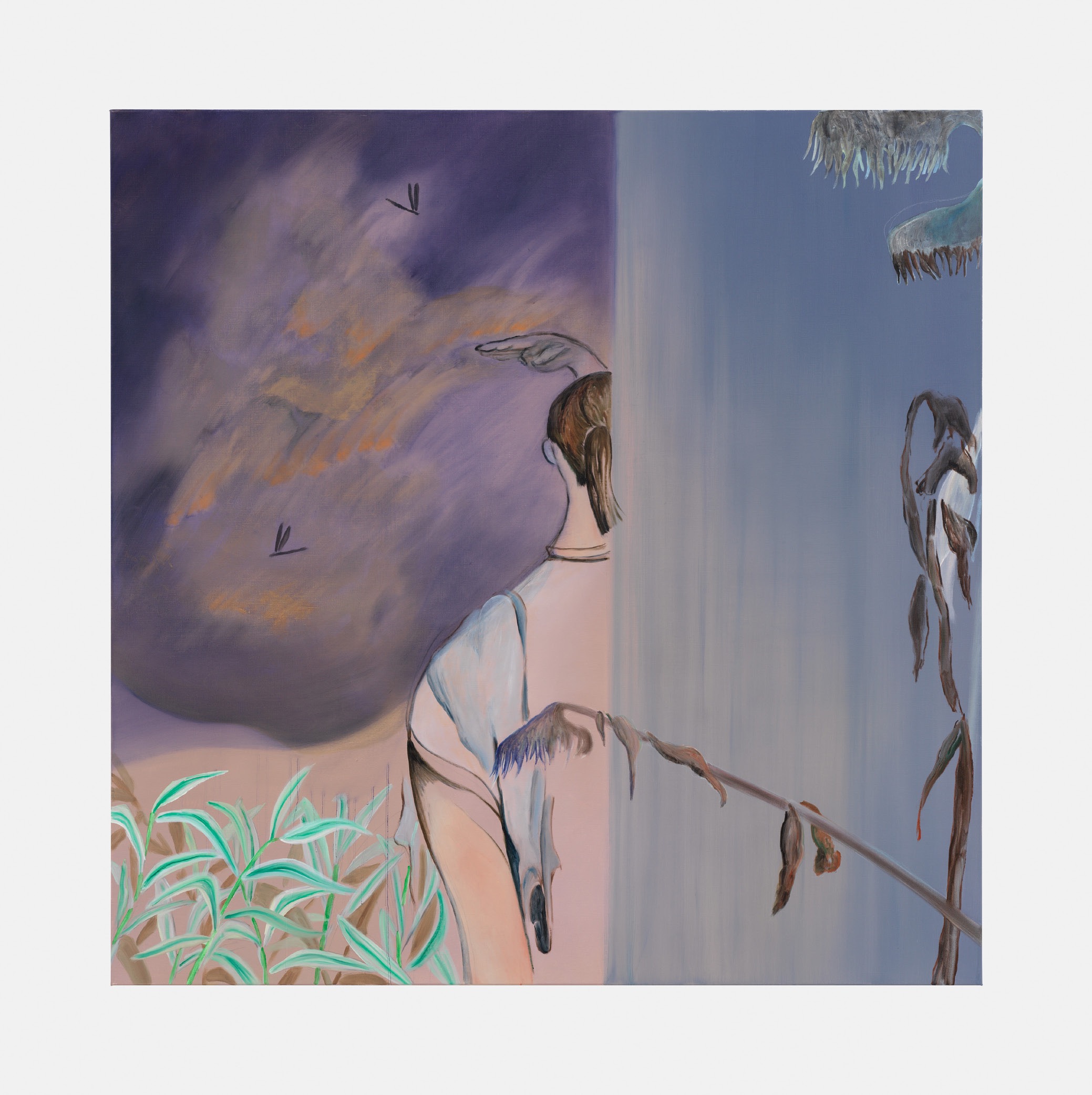
Oil on linen
130 x 130 cm
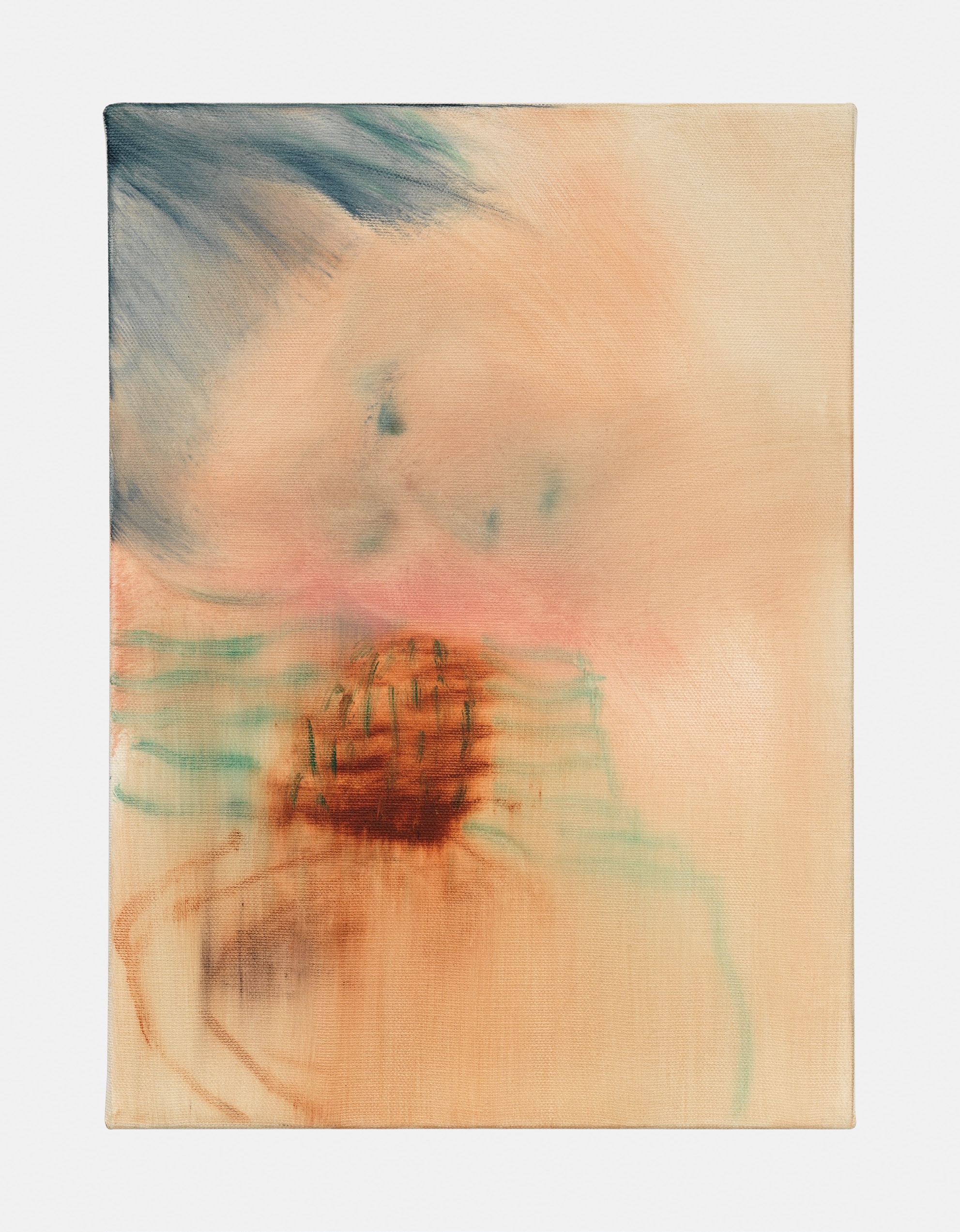
Oil on linen
33.5 × 24 cm
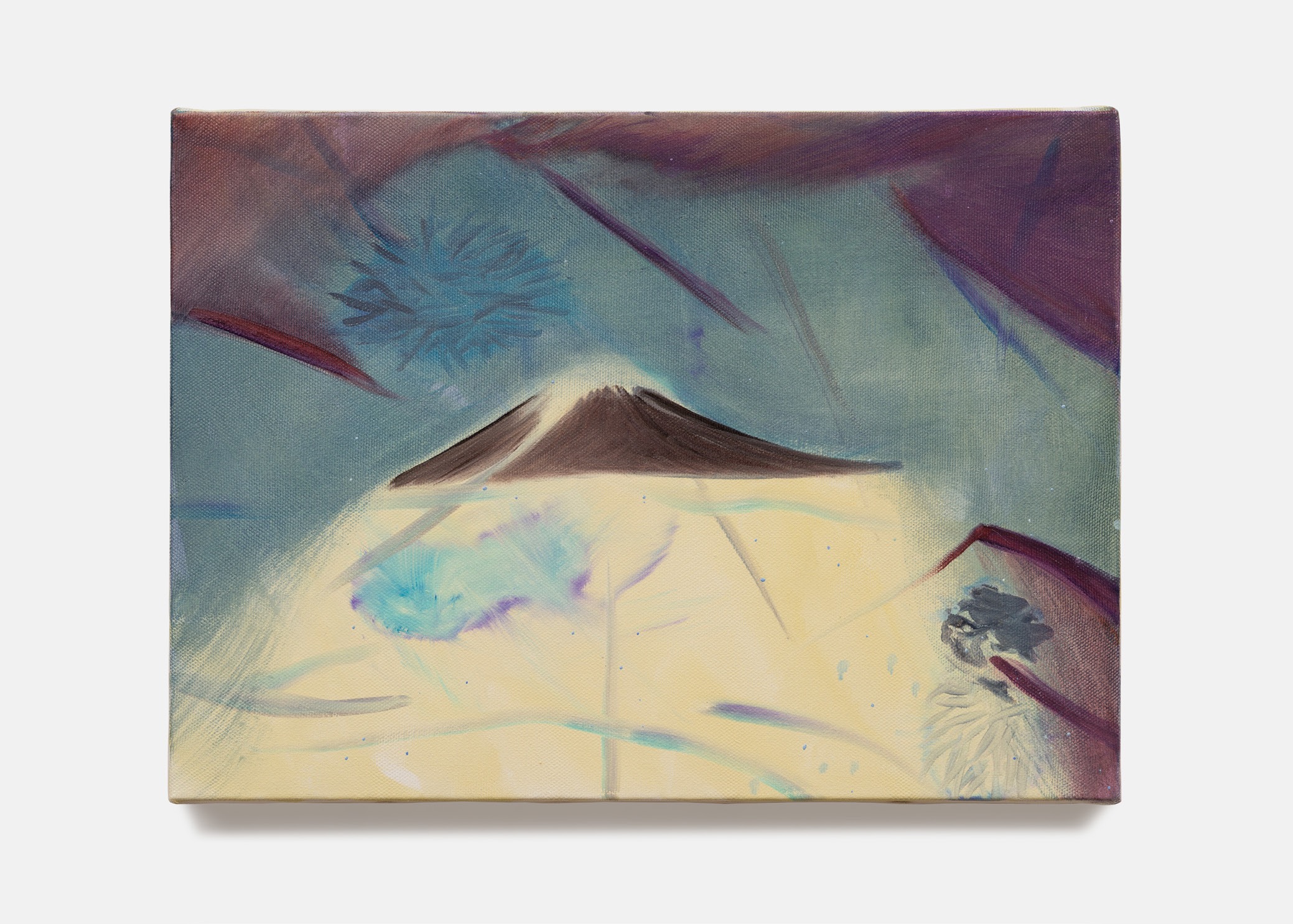
Oil on linen
24 × 33 cm
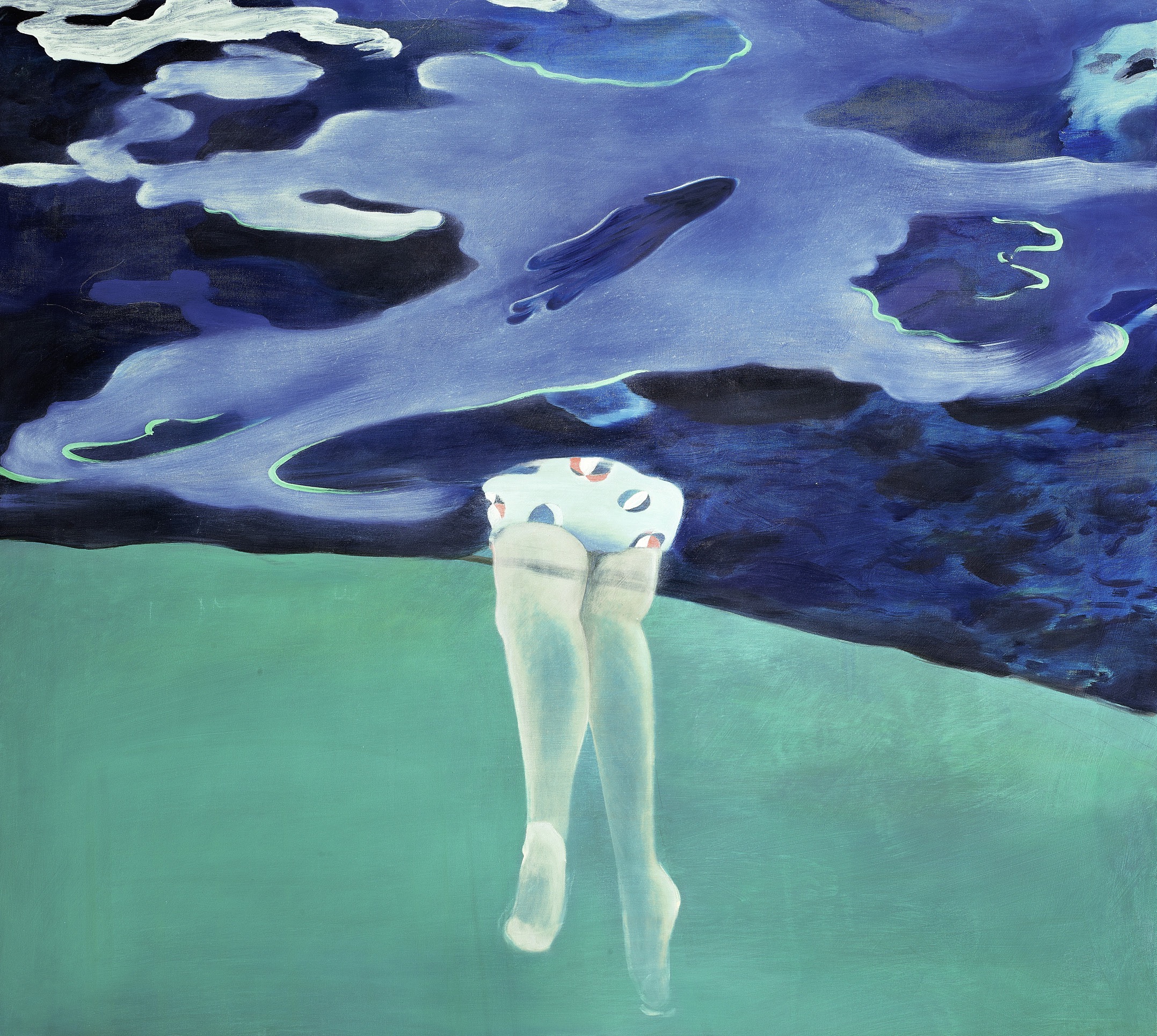
Oil on canvas
99 × 111 cm
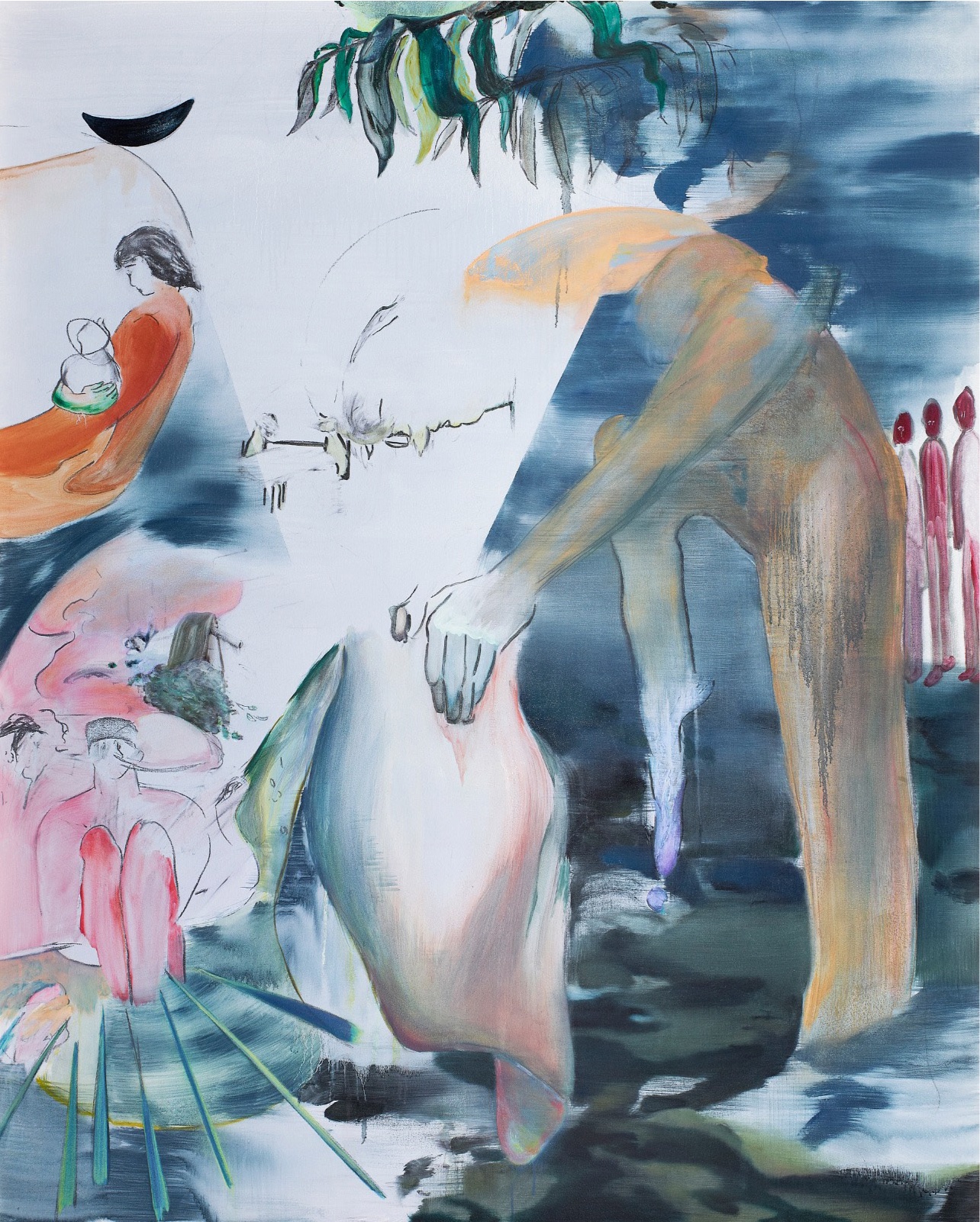
Oil on canvas
160 x 130 cm
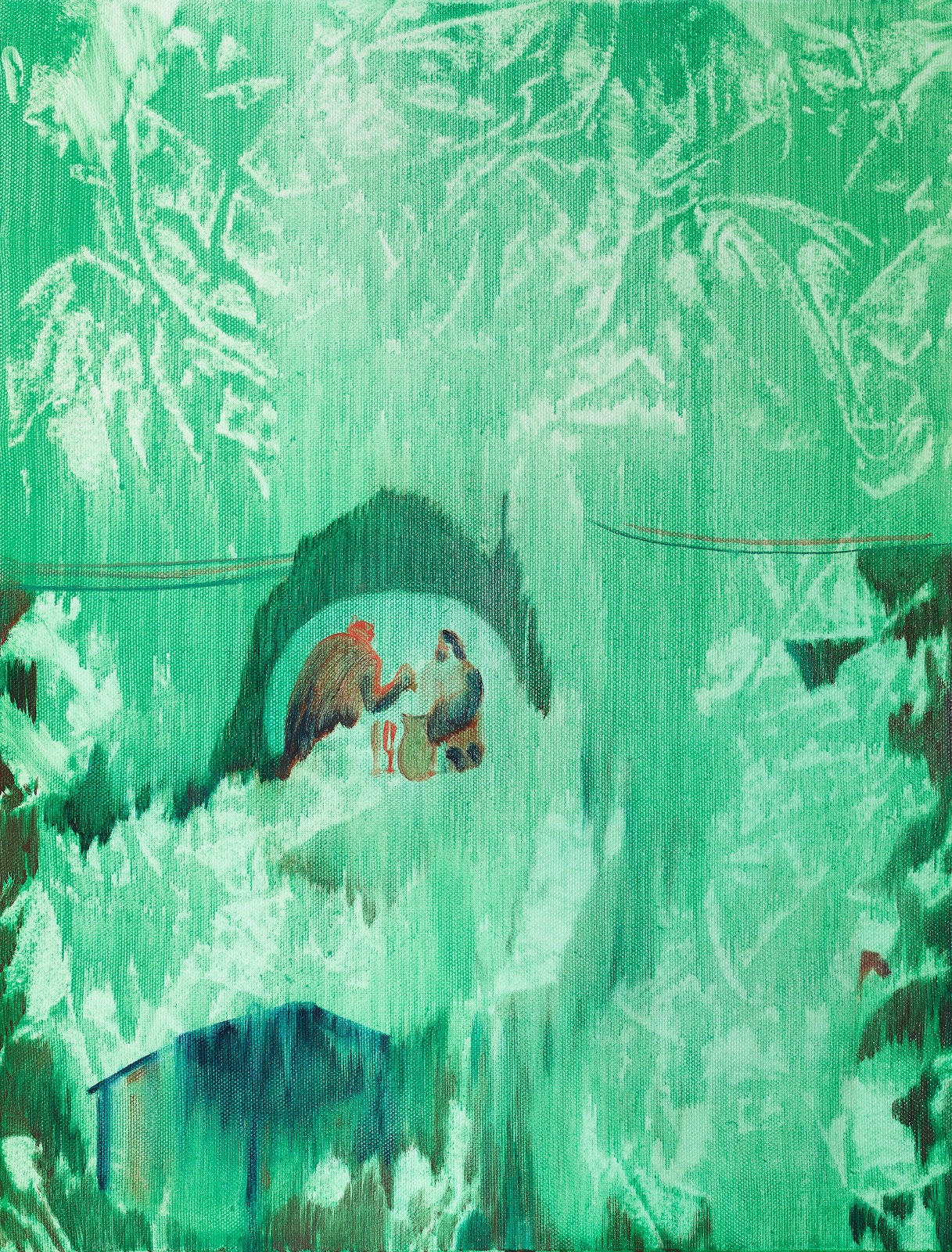
Oil on canvas
41 × 32 cm
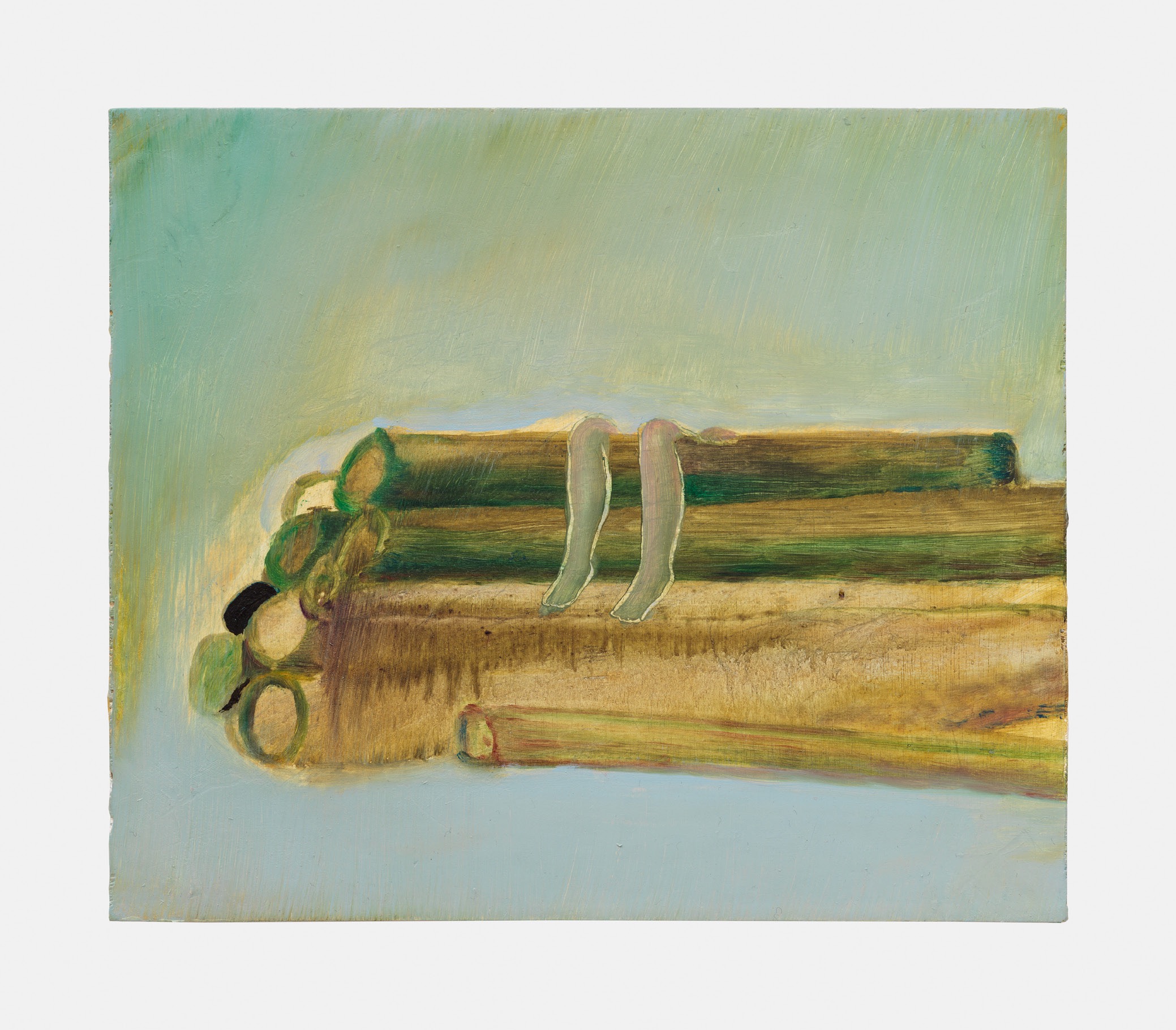
Oil on panel
22.5 × 26 cm
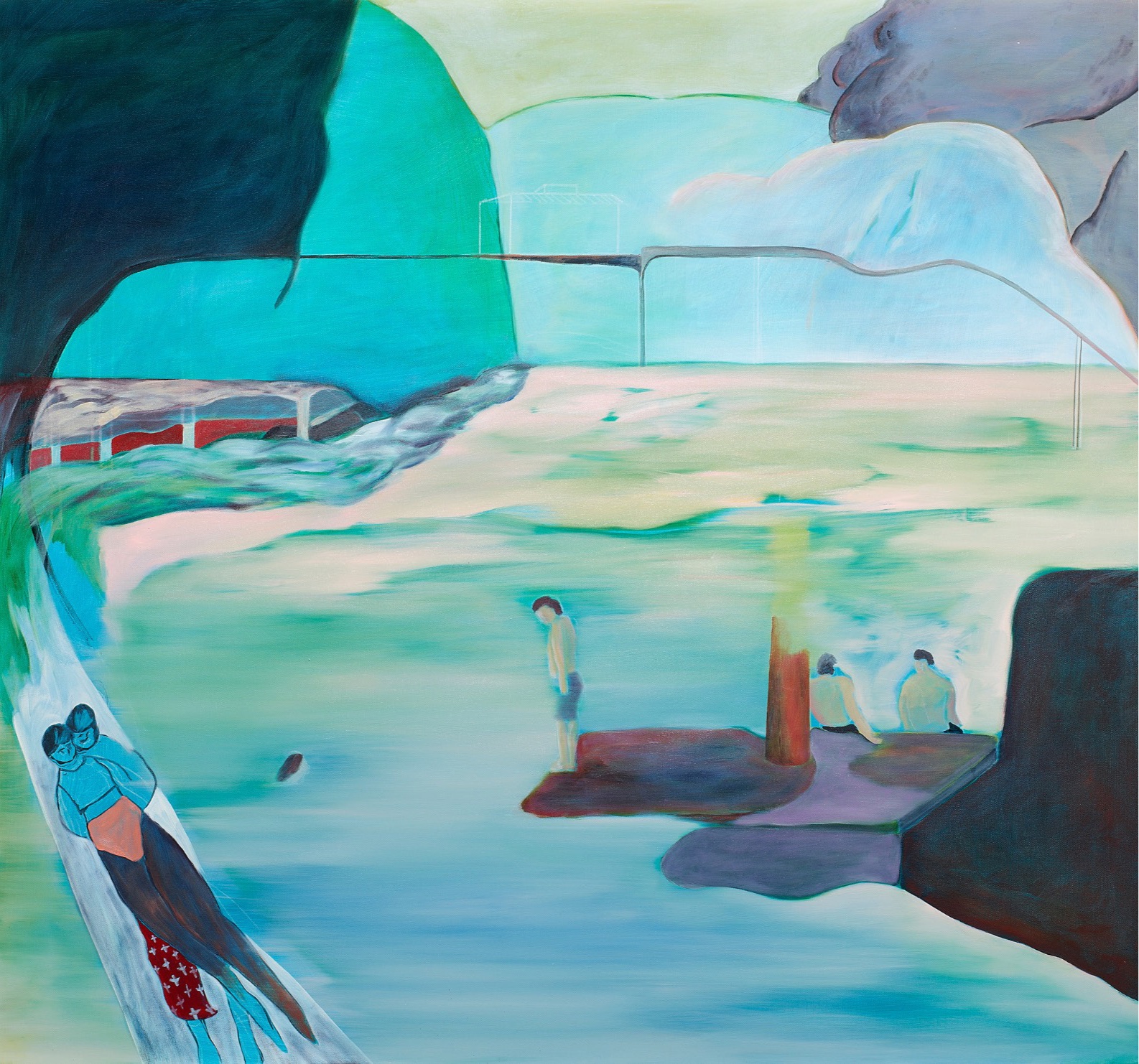
Oil on canvas
111 × 119 cm
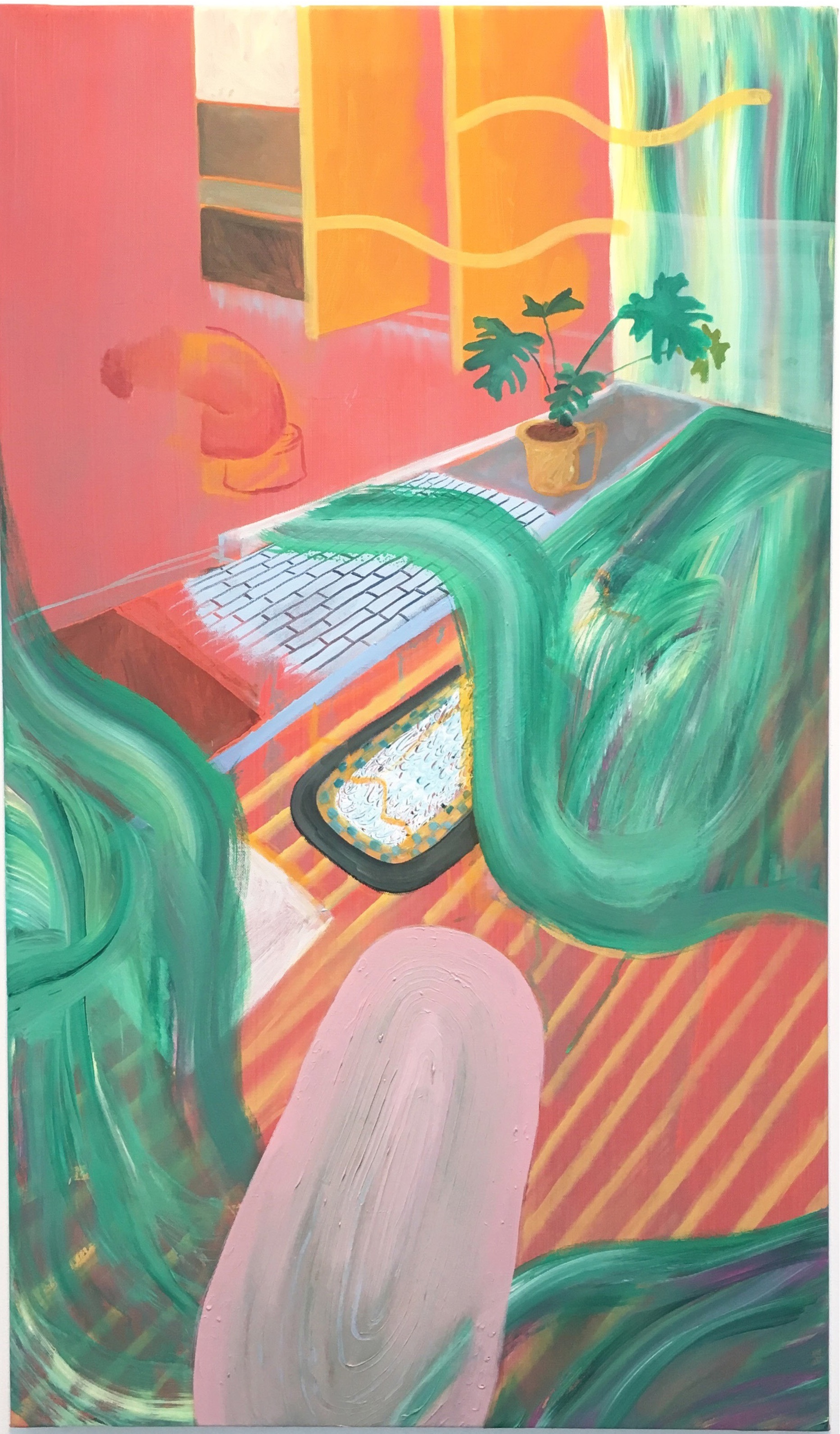
Acrylic and oil on canvas
91.5 × 54 cm
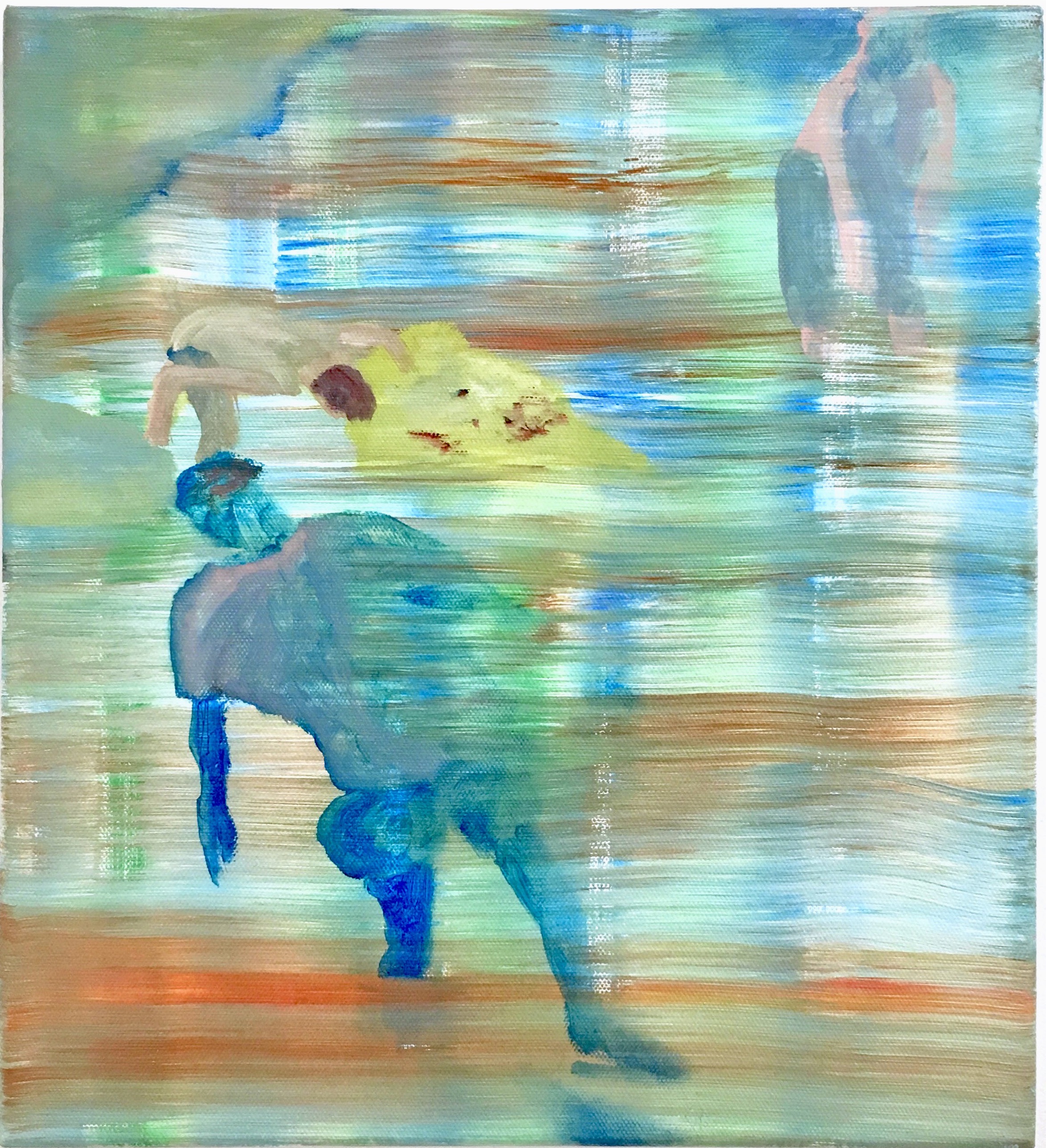
Acrylic and oil on canvas
31 × 28 cm
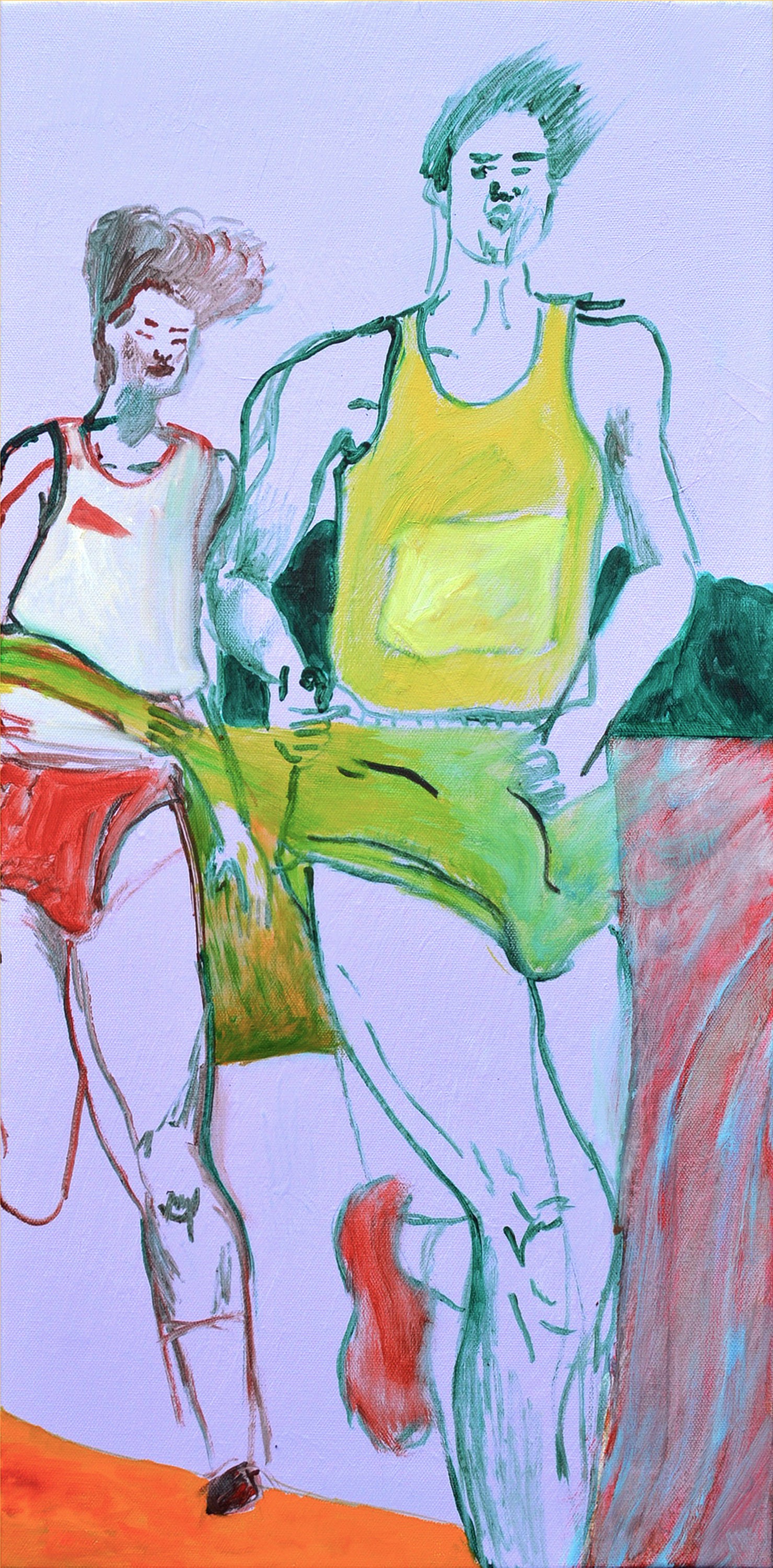
Acrylic and oil on canvas
57.5 × 28 cm